Digitalisation of product development and the advent of Industry 4.0 is transforming the way engineers and designers create a new generation of smart, connected products – with impacts seen across the entire product lifecycle: from product conception and detailed design through to sourcing and servicing.
LEAP Australia is the leading engineering software solutions provider in Australia and New Zealand, for over 20 years we have assisted thousands of companies with their design and engineering problems.
LEAP’s support team has unrivaled expertise with PTC software, covering Computer Aided Design (CAD), Product Lifecycle Management (PLM), Application Lifecycle Management (ALM), Service Lifecycle Management (SLM), Augmented Reality (AR) and Internet of Things (IoT). Our expertise enables process transformation and delivers closed-loop lifecycle management for smart, connected products and operations across your entire enterprise: from engineering to manufacturing, sales through to service.

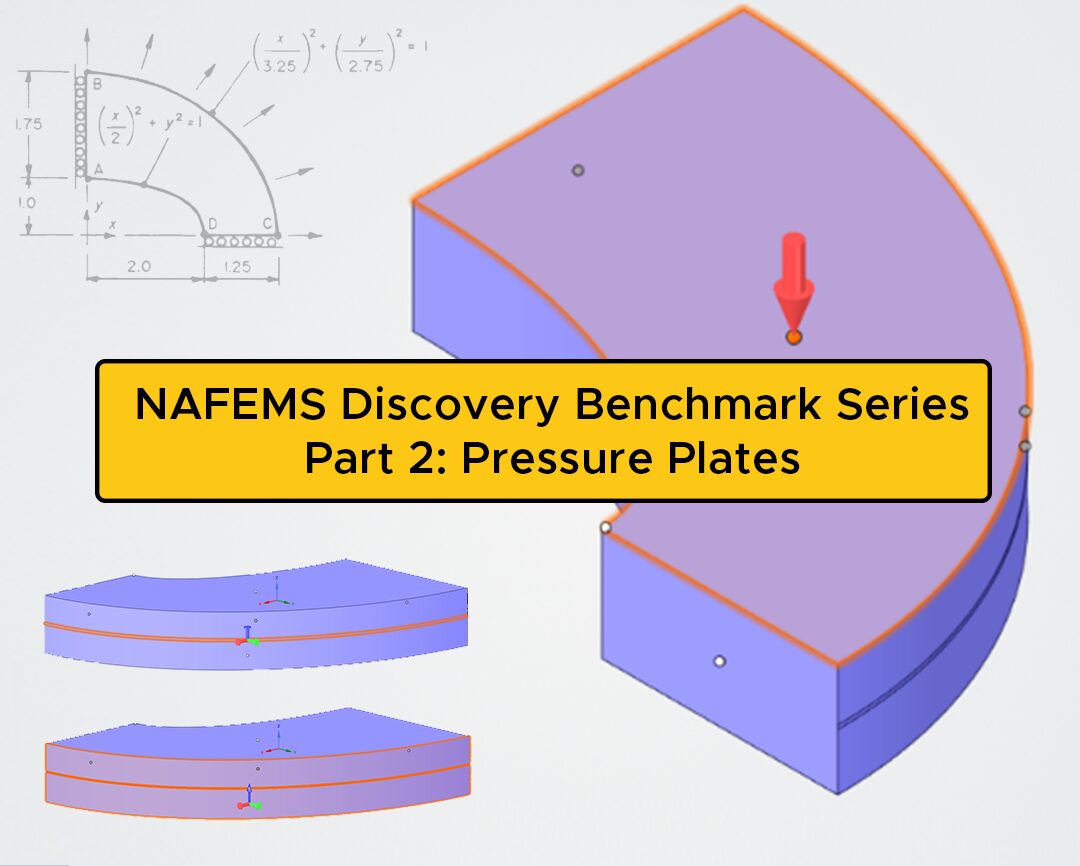
NAFEMS Discovery Benchmark Series – Part 2: Pressure Plates
Part two in our NAFEMS Discovery Benchmark Series tackles pressure plates. The NAFEMS linear elastic benchmarks feature two problems where a plate is subjected to a pressure load. LE1 involves a thin elliptic structure stretched outwards by a pressure force, while LE10 uses the same plate, but thickens it and applies a higher pressure. Read on to see how Discovery handled this benchmark test.
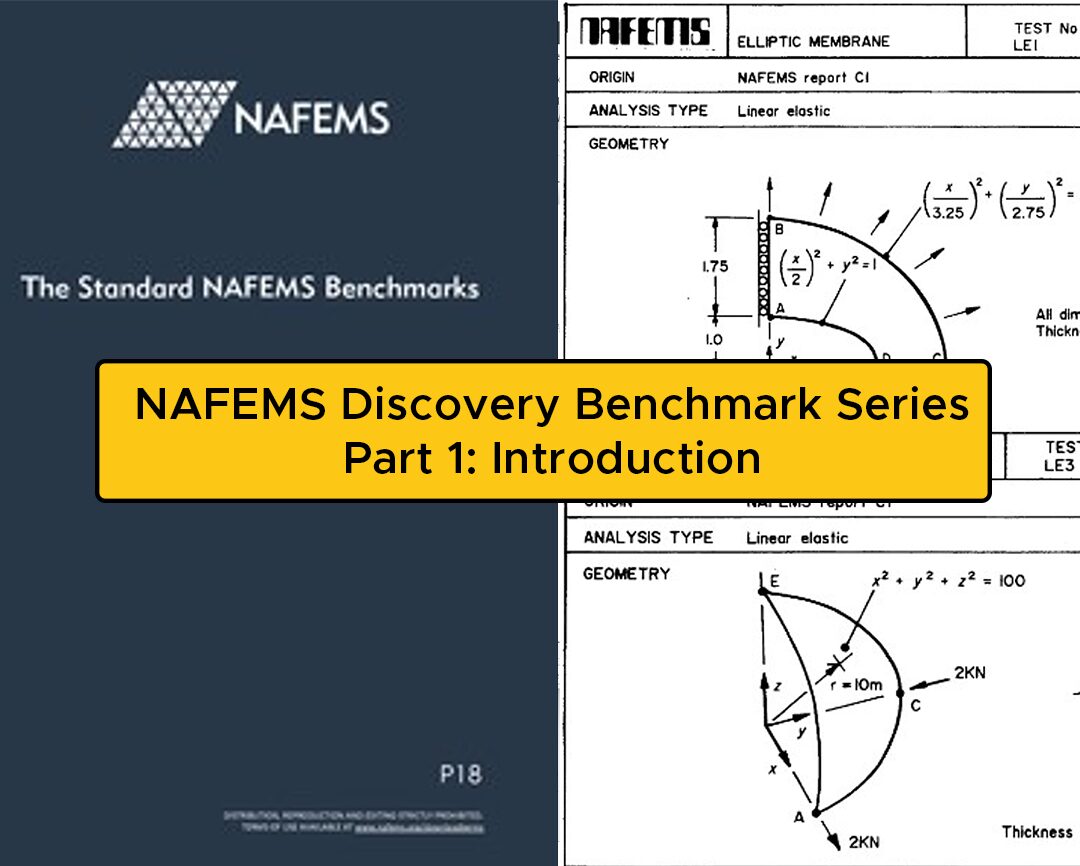
NAFEMS Discovery Benchmark Series – Part 1: Introduction
In 1986, NAFEMS first published a set of benchmarks for FEA codes with the aim to develop a set of standard tests that would more critically allow developers and users to interrogate the performance of FEA software. In this NAFEMS Discovery benchmark series we put Ansys Discovery to the test against challenging benchmarks to see just how well this tool can improve your design workflow.
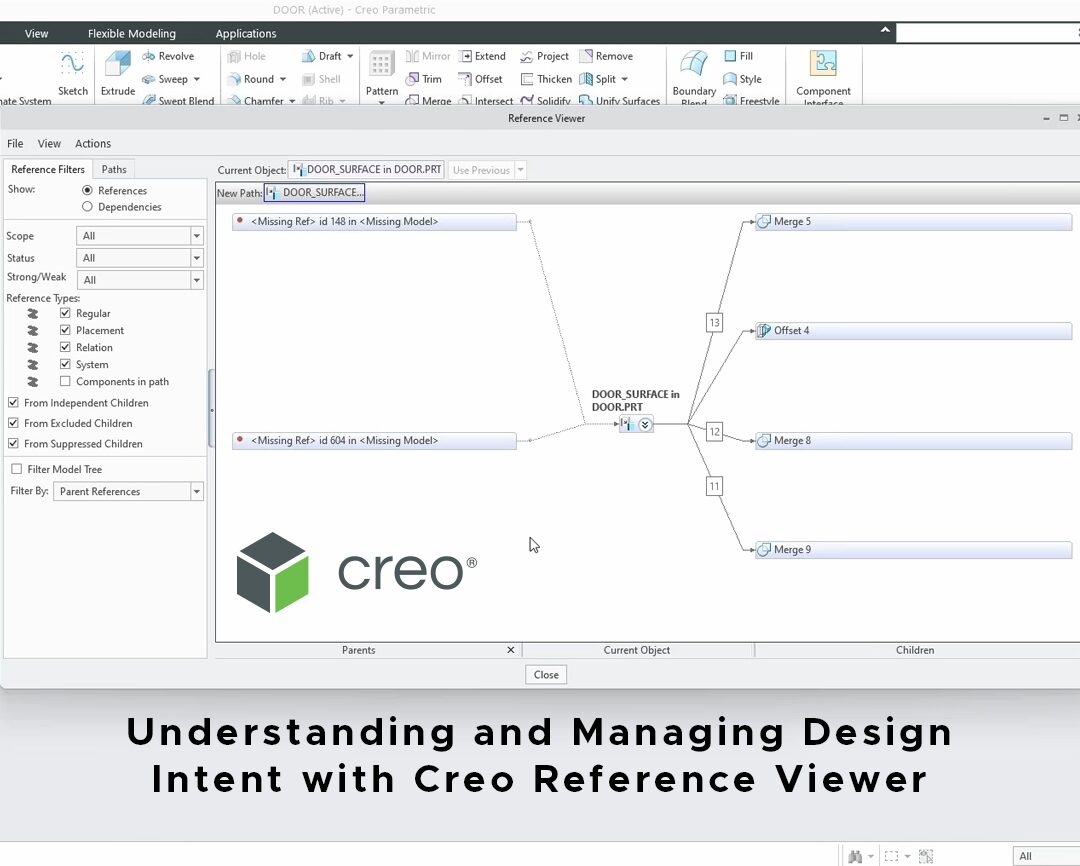
Understanding and Managing Design Intent with Creo Reference Viewer
The Creo Reference Viewer allows users to visualise and analyse the relationships and dependencies between different components in a Creo model or assembly. Users can see how different parts and assemblies are related to each other, which is vital for understanding complex designs and ensuring that changes made in one area do not negatively impact other areas. Here we have collated the highlights of our Creo Best Practices session to provide practical strategies to enhance efficiency and clarity in your CAD models.
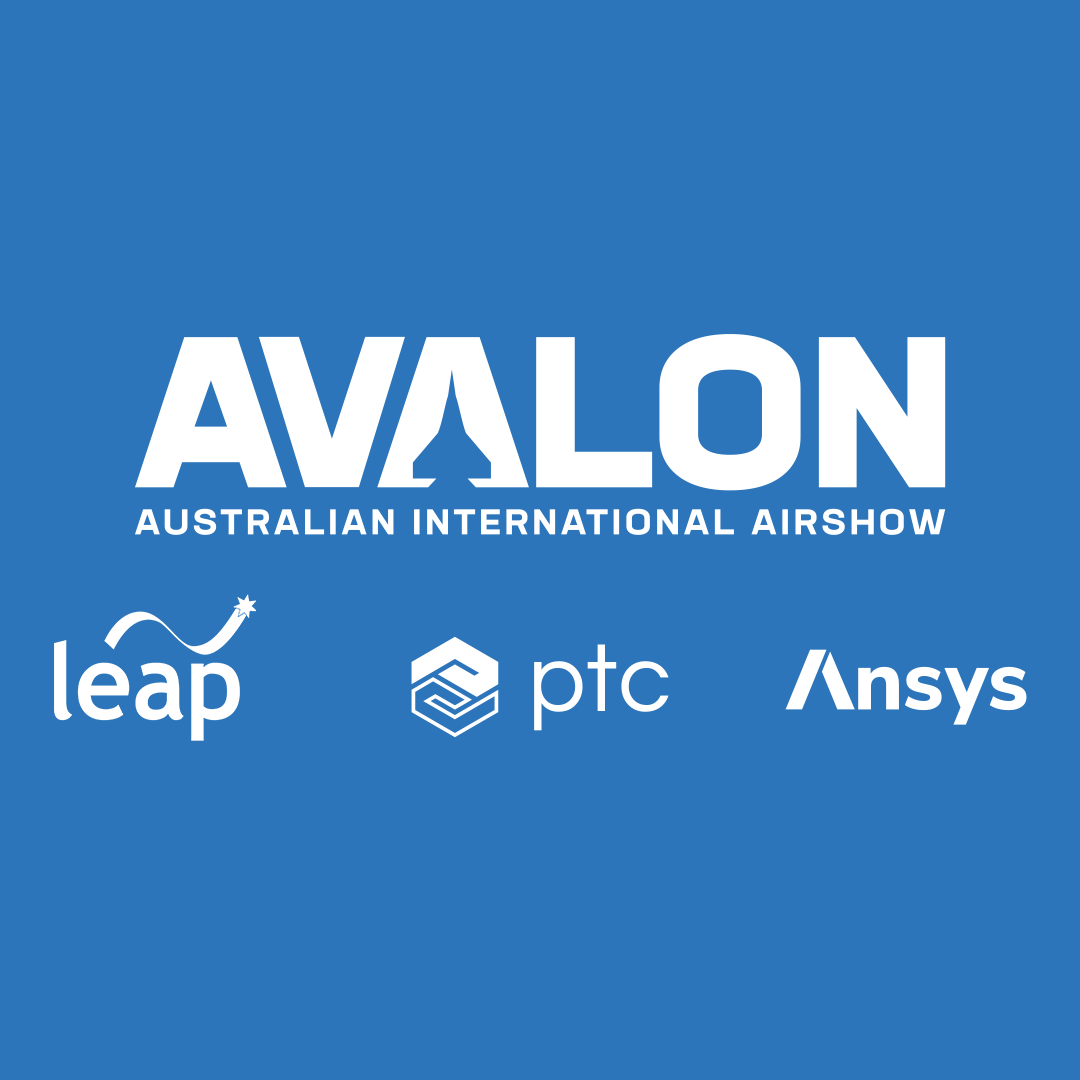
LEAP at the Avalon Australian International Airshow 2025
The LEAP team had a fantastic week at the 2025 Avalon Australian International Airshow representing our partners PTC and Ansys and showcasing impressive innovations alongside Integra Systems, Monash HPR and RMIT University. Read our recap and see some of the technology on display during the show.
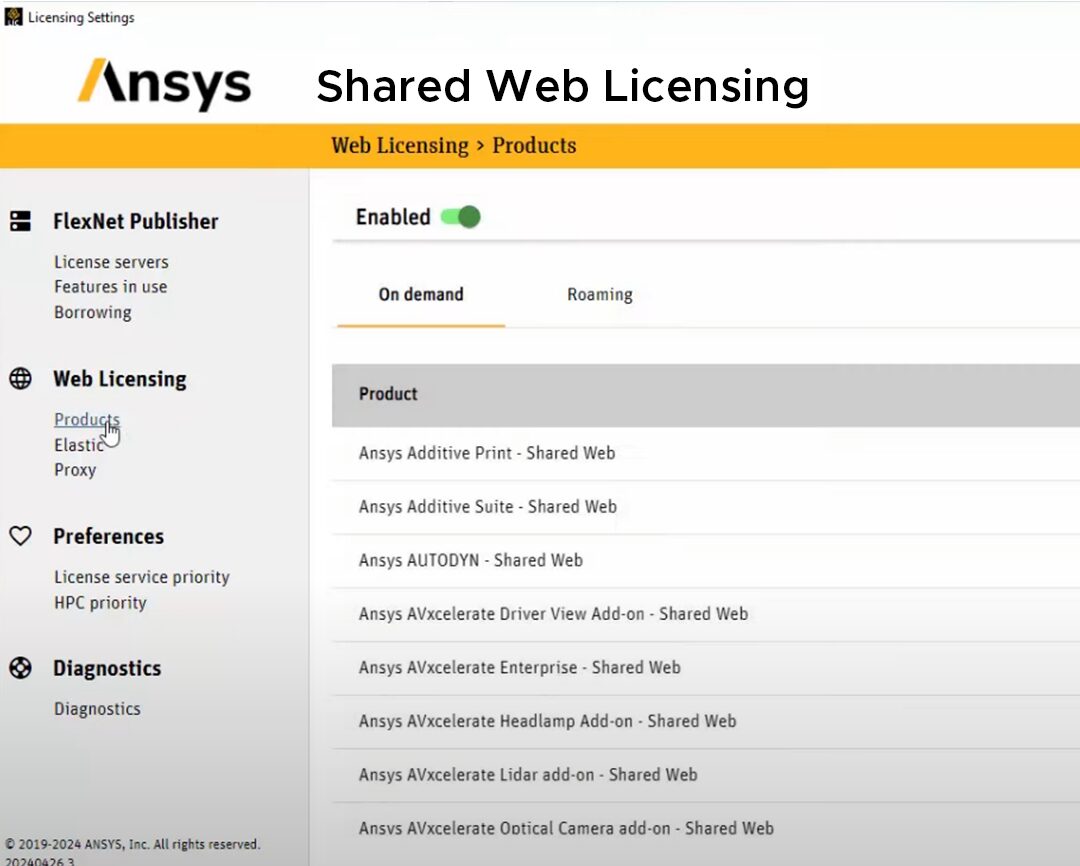
Ansys Shared Web Licensing
The Ansys Shared Web License allows users to work from anywhere, on any device with an internet connection. This is a clear difference from Flexnet License which requires both the user and license server device to be within the same network. This article explains the benefits and provides details on how you can get started with of Ansys Shared Web Licensing today.
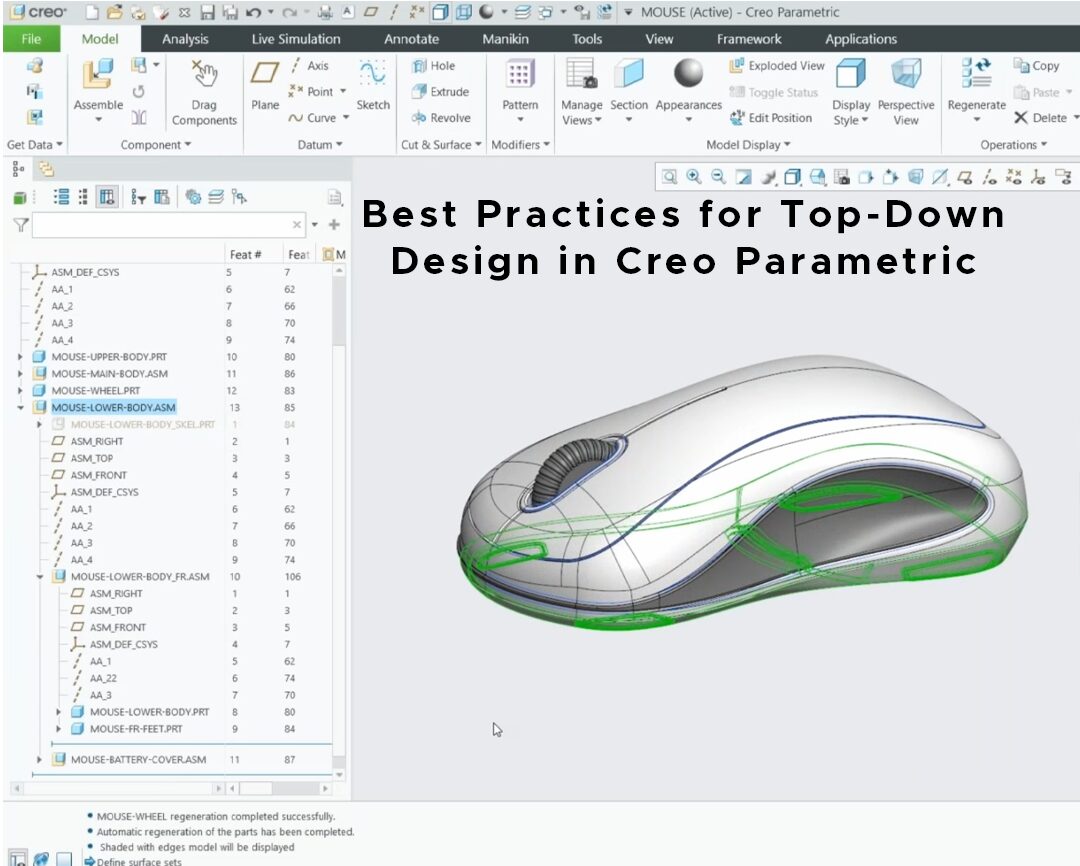
Best Practices for Top-Down Design in Creo Parametric
Adopting a top-down modelling approach to effectively plan your assemblies with proper structure, naming conventions, and modularity requirements, ensures a solid foundation for your designs right from the start. This post provides a deep dive into the top-down design approach, explaining what it is, the problems it help designers avoid and the benefits it provides.

Solving Circular References in Creo Parametric
Circular references in 3D CAD can be a thorn in the side of even the most experienced designers, leading to frustrating errors and significantly slowing down the design process. If you’re seeking to enhance your productivity and streamline your workflows by mastering circular references, read on for expert advice on how to identify, prevent and fix them when they occur.
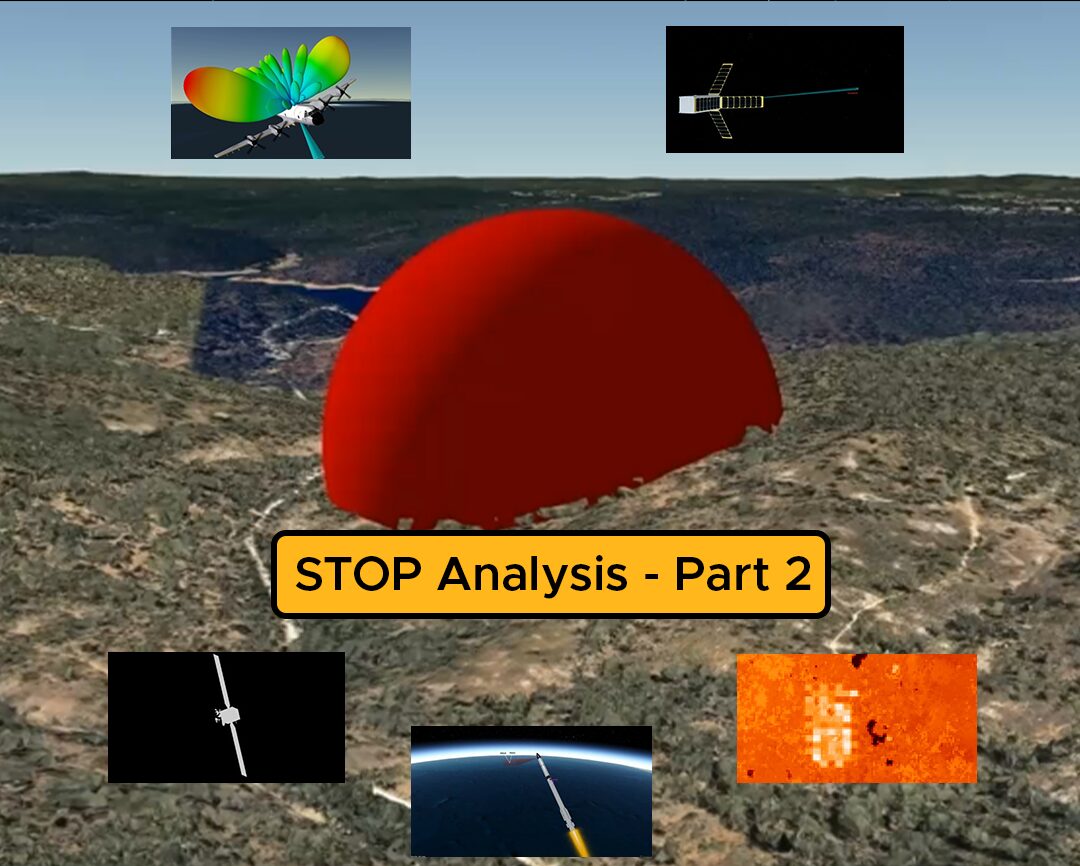
STOP Analysis Part 2: Exploring the unknown
The scenario in our previous article on STOP Analysis utilised existing ground texture maps, produced by real-world satellites as the only imaging target. In this instalment, we’ll expand on this simulation, adding new hypothetical elements to the scene with the goal of assessing the ability of the payload to reliably detect these new elements.
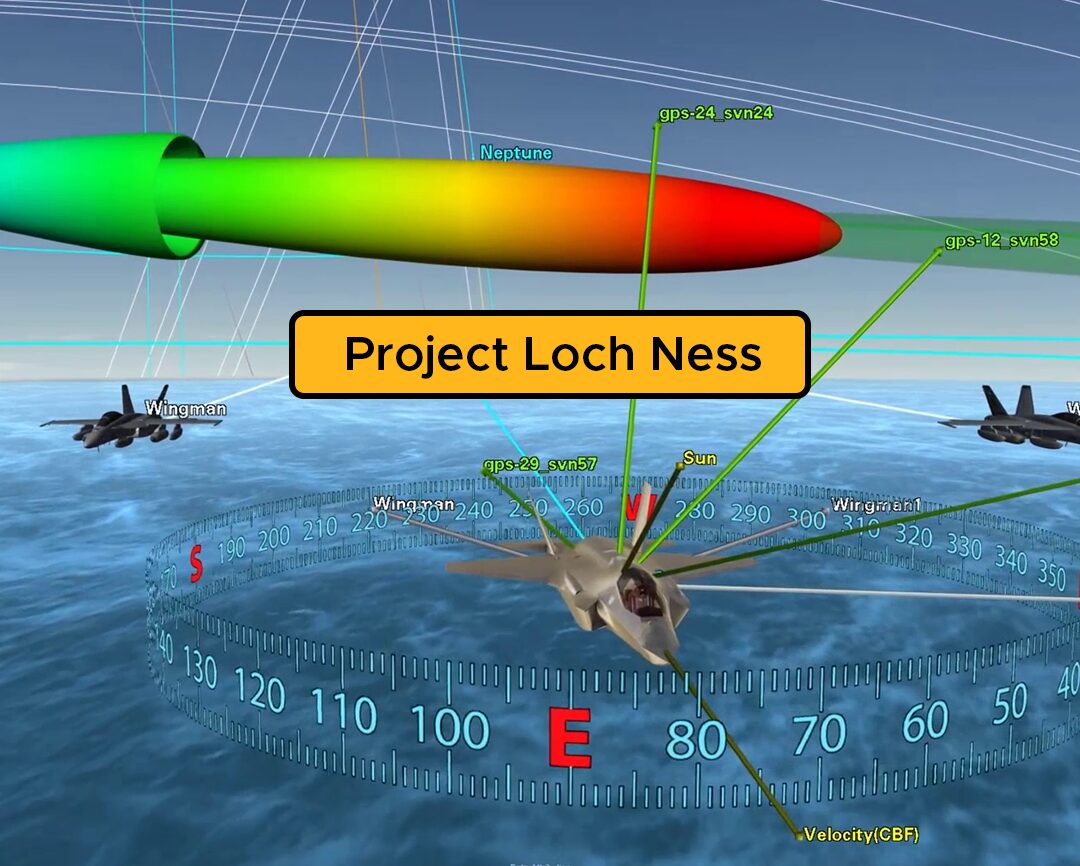
Project Loch Ness – Comprehensive Synthetic Radar Data for AI/ML Training and Validation
Project Loch Ness is a free initiative by Ansys seeking to provide users with a detailed library (or data lake) of synthetic aperture radar (SAR) training data. This dataset has been developed to enable the training and validation of user’s AI/ML models for ground-based target detection scenarios. This article provides an overview of Project Loch Ness and explains how you can get involved.
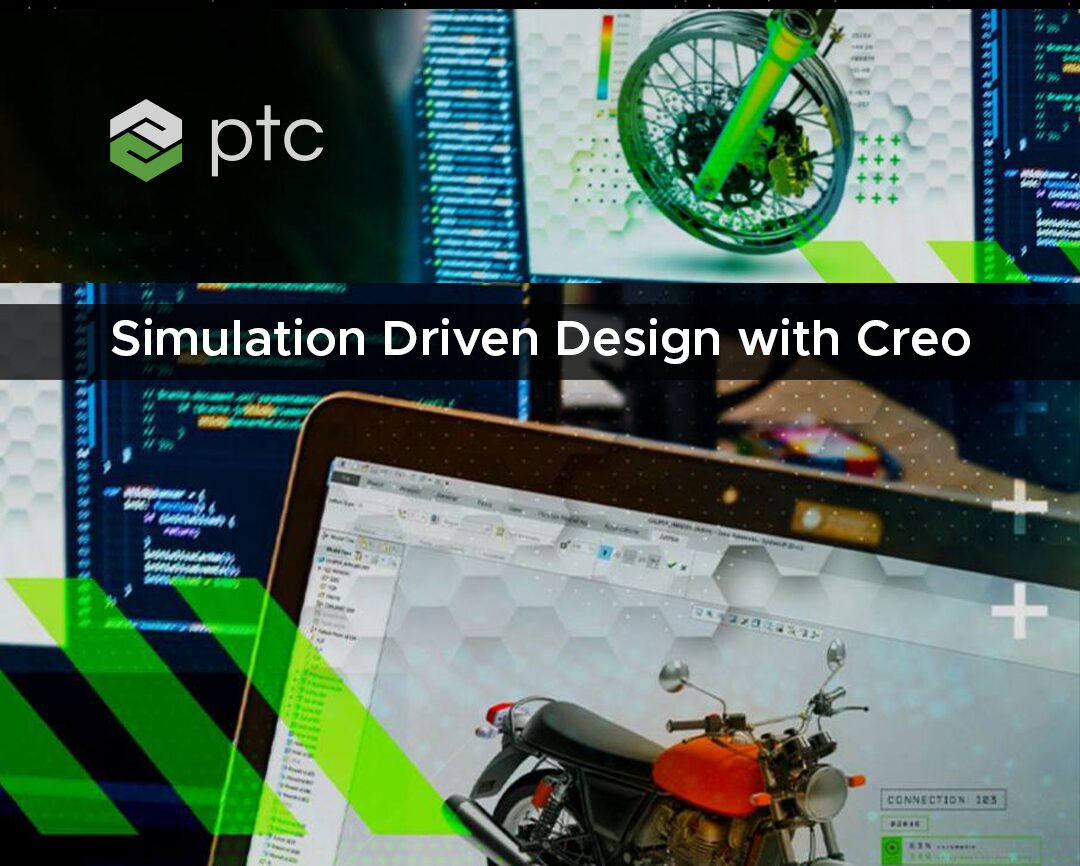
Simulation Driven Design with Creo
LEAP’s PTC team recently presented a webinar that explained how adding real-time simulation tools to the beginning of your development workflow gives engineers instant feedback on their design changes, as they work, and provides valuable insights on which design directions to explore next. This article summarises the presentation and provides the highlights of the recording including a live demonstration of Creo’s simulation capabilities.
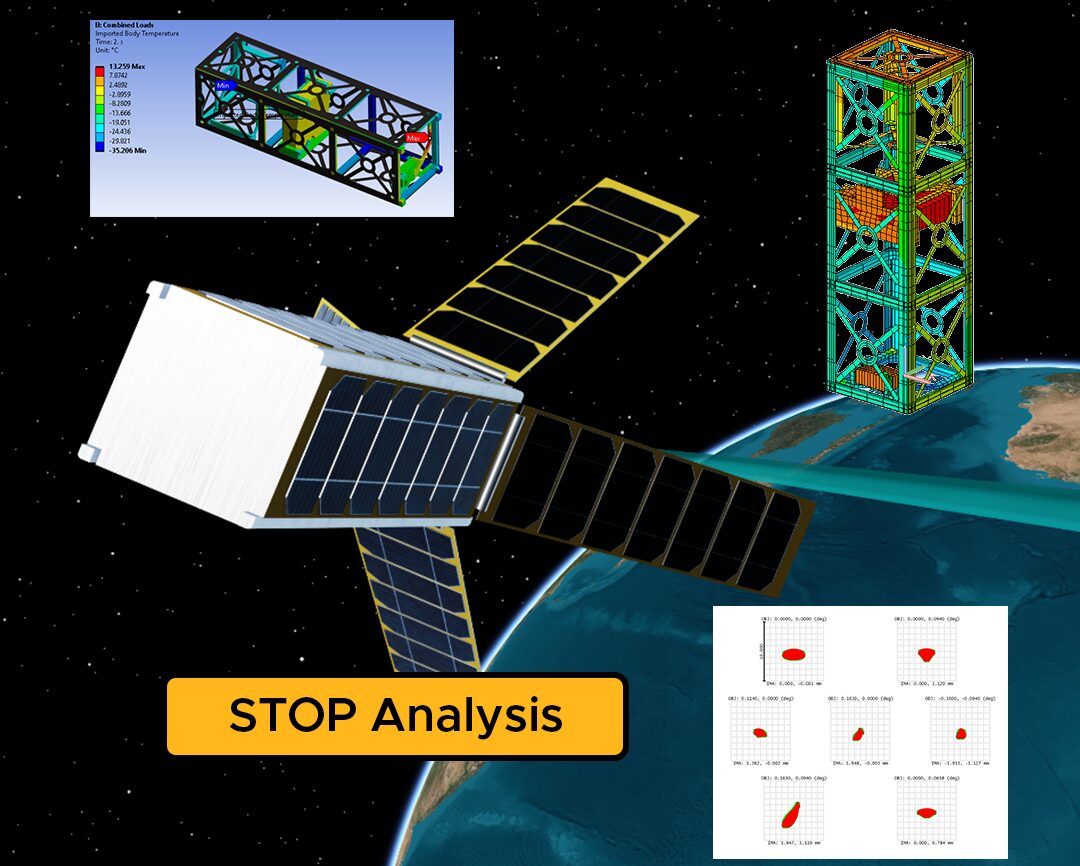
STOP Analysis – Structural Thermal Optical Performance Analysis
We introduce the basics of Structural Thermal Optical Performance (STOP) Analysis and work through a real-world example for optical payloads on a LEO Satellite. STOP analysis is a critical design assessment for optical payloads, particularly those being deployed on systems requiring high-performance or operating in harsh environments.
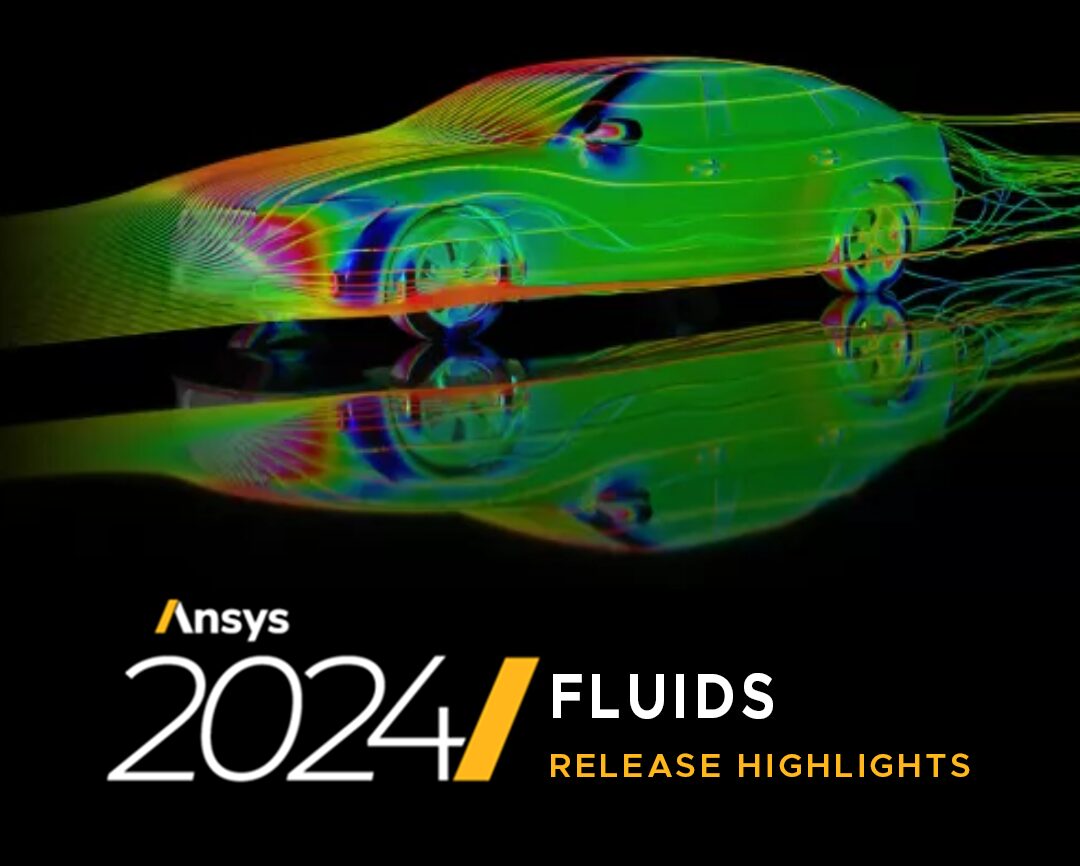
Ansys 2024 Release Highlights – Fluids
Recently LEAP ran an Ansys user group meeting in Perth where local Ansys users showcased their work and the LEAP Technical Team presented their highlights of the latest updates in Ansys Structures and Ansys Fluids.
If you were unable to make it in-person to the event or join the live stream, we’ve got the next best thing for you: a live recording of the Fluids update session presented Dr. Lewis Clark. Lewis is LEAP’s Fluids Technical Manager, and in the following videos he presents the highlights from the Ansys 2024 Fluids R1 and R2 releases.
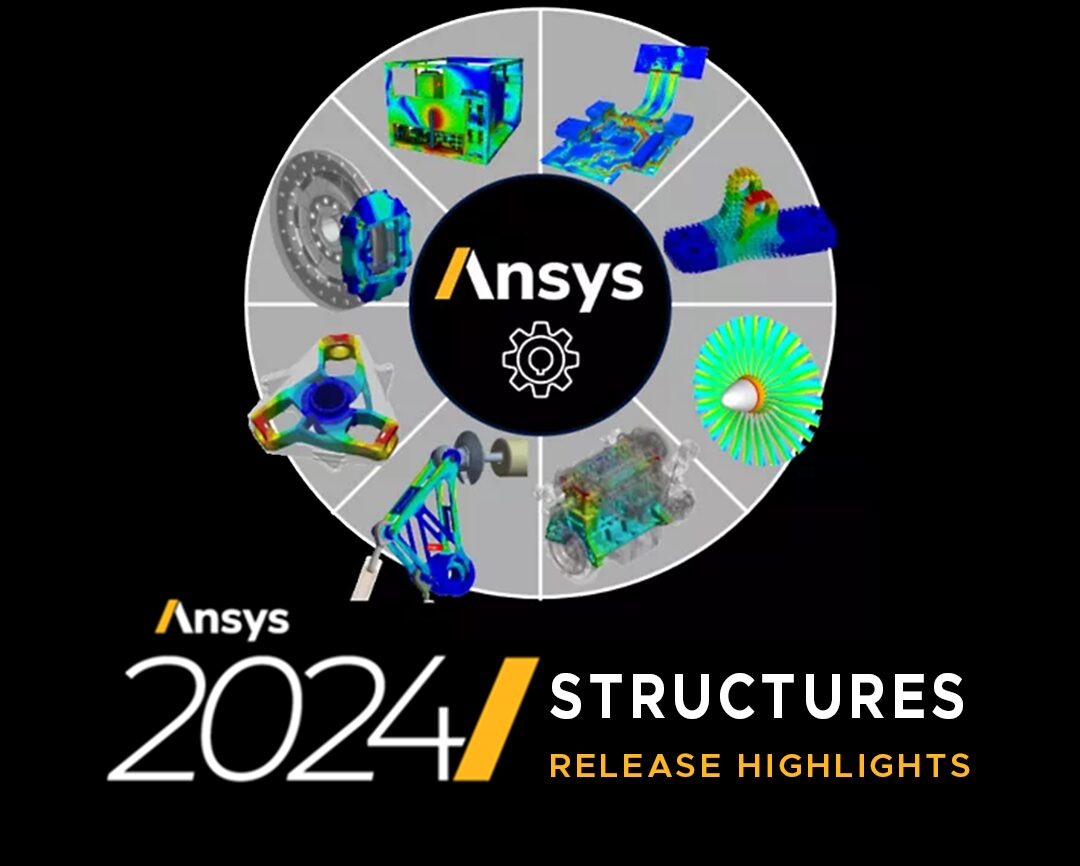
Ansys 2024 Release Highlights – Structures
Recently LEAP ran an Ansys user group meeting in Perth where local Ansys users showcased their work and the LEAP Technical Team presented their highlights of the latest updates in Ansys Structures and Ansys Fluids.
If you were unable to make it in-person to the event or join the live stream, we’ve got the next best thing for you: a live recording of the Structures update session presented by Dr. Luke Mosse. Luke is a Senior Application Engineer at LEAP Australia, and in the following videos he presents the highlights from the Ansys 2024 Structures & Explicit Dynamics R1 and R2 releases.

How do the Advanced Material Data libraries in Ansys Granta Selector benefit university student teams?
The Advanced Material Data libraries in Ansys Granta Selector offer significant benefits to university student teams by providing access to specialised material data that is tailored to their unique needs. This article explains how these libraries empower students to make informed decisions in their engineering projects, whether they are working with metals, polymers, composites, or electromagnetic materials. By leveraging these resources, university teams can enhance the precision and effectiveness of their material selection process.
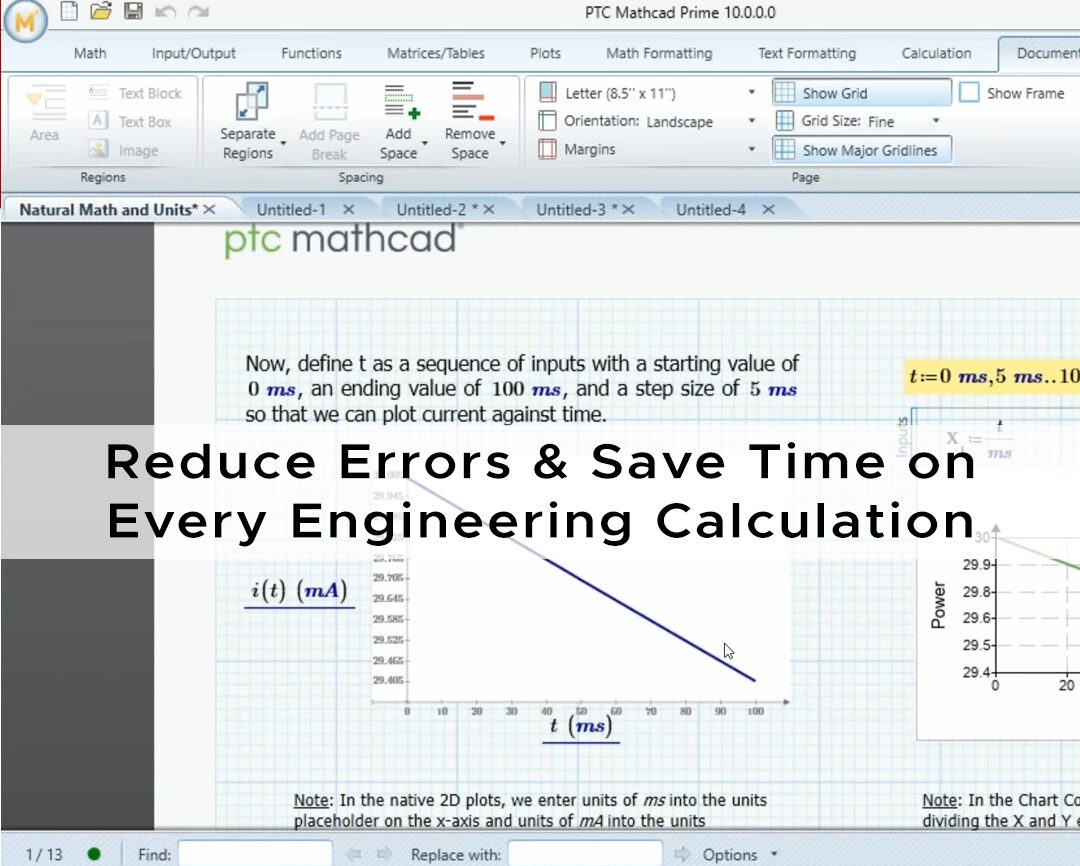
Reduce Errors & Save Time on Every Engineering Calculation
In today’s complex engineering landscape, even small calculation errors can lead to significant setbacks. This article summarises our recent webinar that explained how you can streamline your engineering calculations and boost accuracy across projects by minimising errors, ultimately reducing costs and saving valuable time.
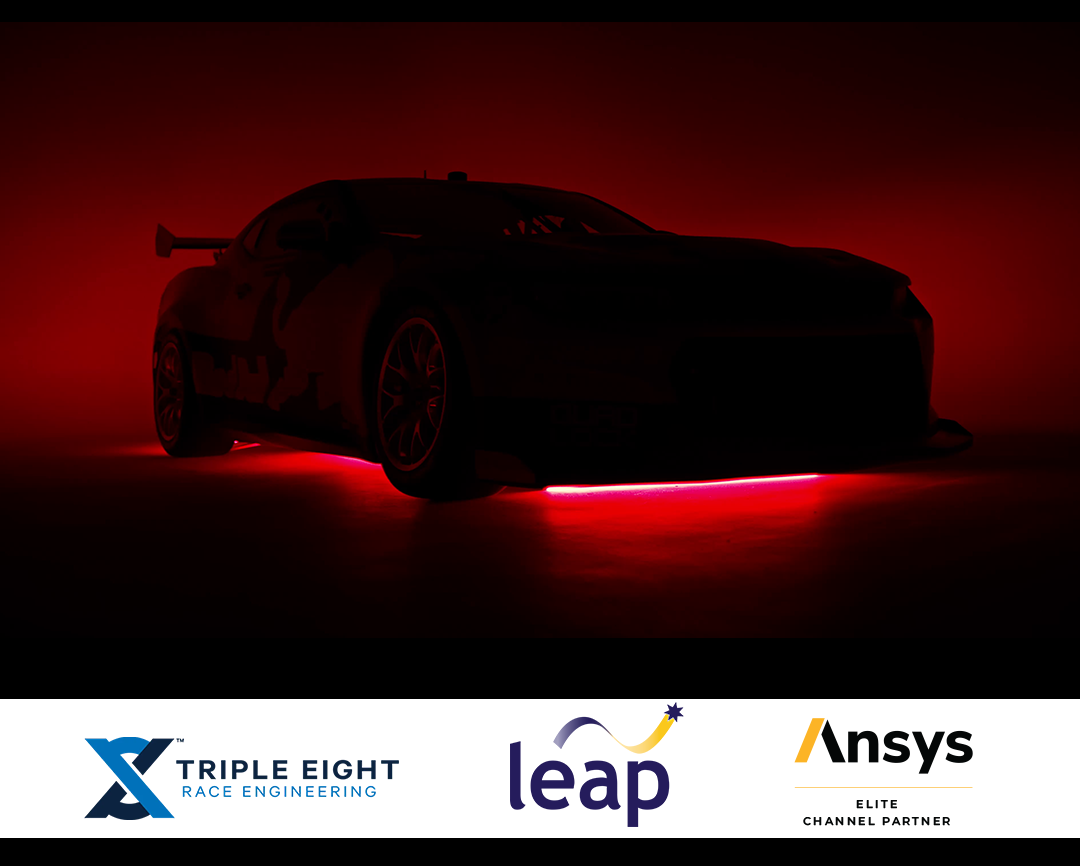
How Simulation technology gives Triple Eight Race Engineering an edge in the hyper-competitive world of V8 Supercars
Fresh from an extraordinary victory in the final race at the Adelaide 500, and capping off another successful Supercars Championship season in 2024 for Red Bull Ampol Racing, this article takes you behind-the-scenes into the workshop of Triple Eight Race Engineering to find out what makes their engineering team arguably *the* best in the business.
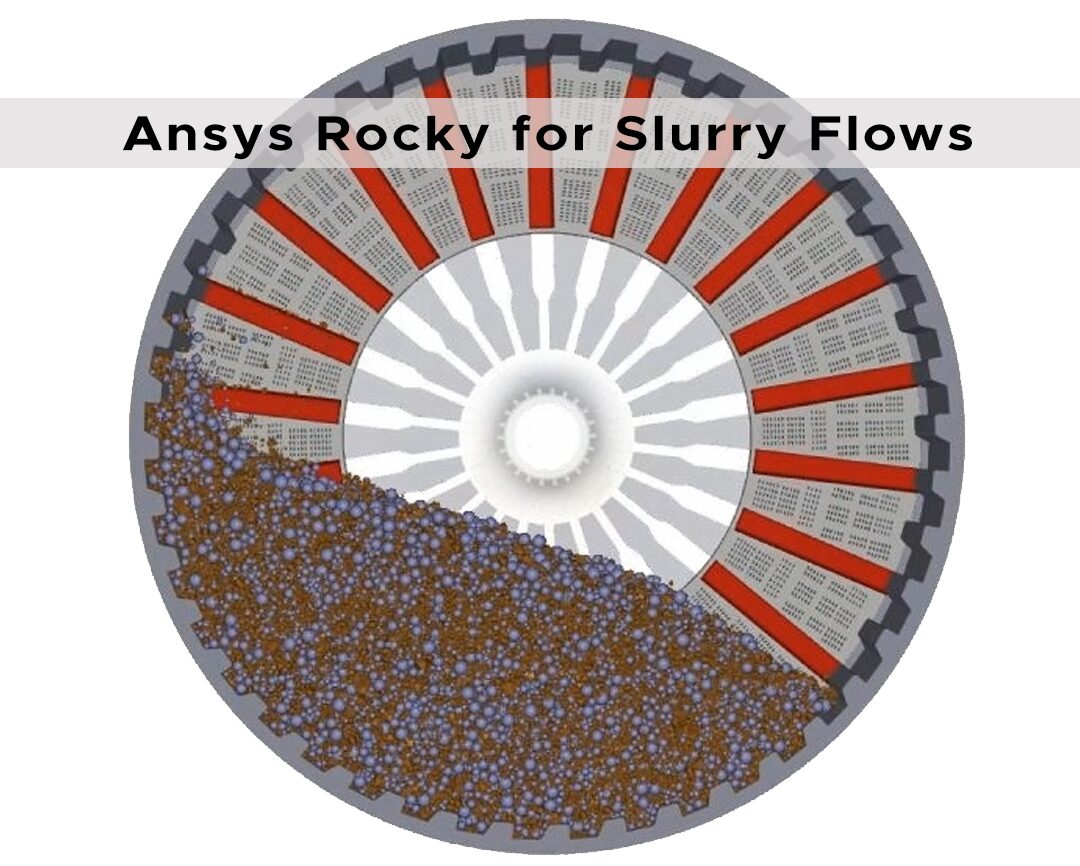
Ansys Rocky for Slurry Flows
Understanding slurry flows is crucial for applications such as mining and mineral processing, chemical manufacturing, wastewater treatment, agriculture and many more. Ansys Rocky DEM can help to accurately predict the behavious of a slurry by simulating the size and shape of the solid particles, the types of solids present, the viscosity of the liquid and the concentration of the solids in the liquid.
This article explains how Rocky DEM empowers you to model slurry flows – from mills to open channels – and gain a clear understanding of particle-fluid interactions with remarkable accuracy.
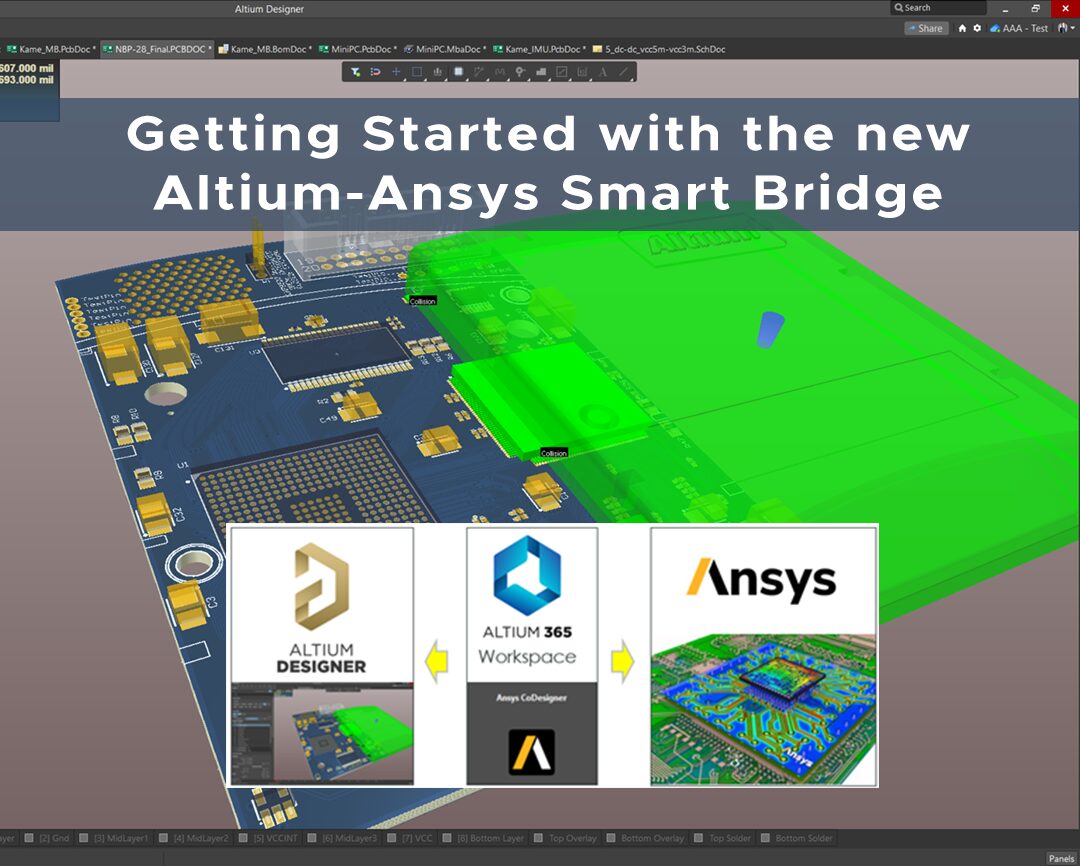
Getting Started with the new Altium-Ansys Smart Bridge
We at Leap Australia have been supporting Altium Users for years when it comes to pre-compliance putting the PCB Designs under test. This can be a basic voltage drop analysis, a more advanced DDR5 analysis up to EMC investigations or the reliability of the board under MIL-STD-810G.
This new
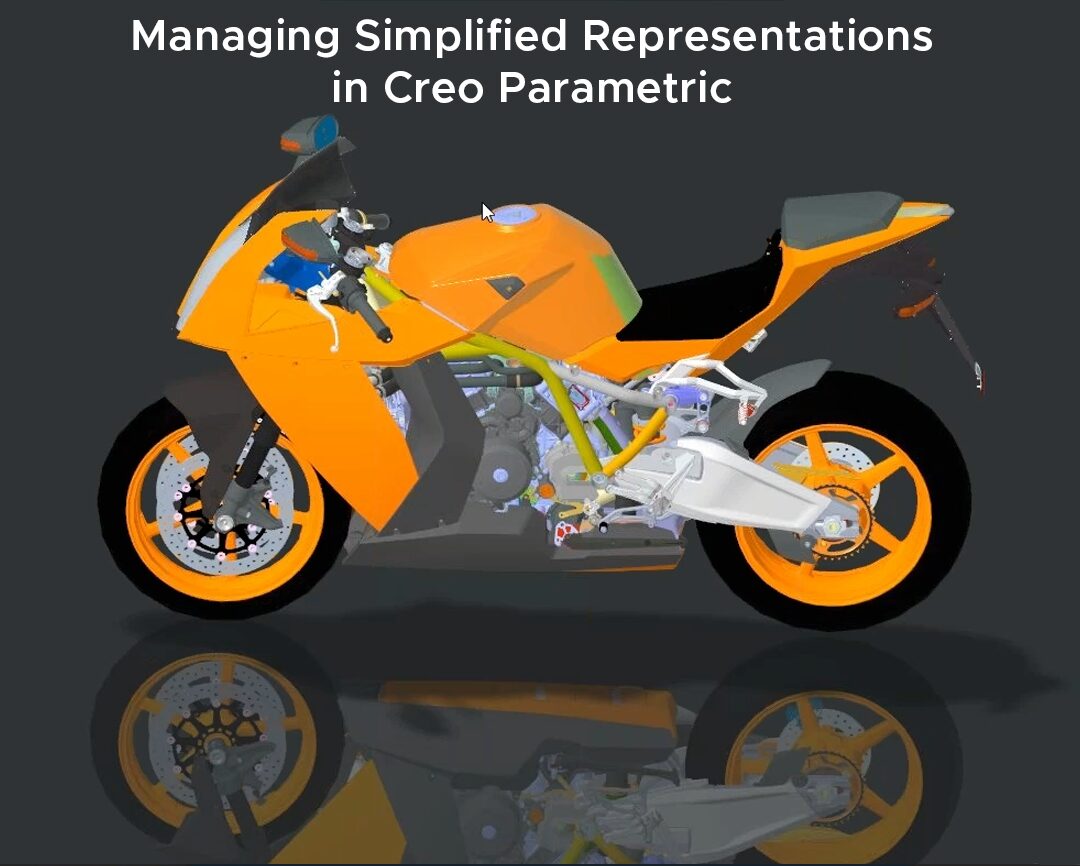
Managing Simplified Representations in Creo Parametric
Managing large assemblies in CAD can be challenging, often affecting system performance and hindering your design process. The LEAP Creo team recently ran a webinar that explored the power of Simplified Representations in Creo Parametric, demonstrating how to transform how you work with large assemblies. In this article we have summarised the webinar and provided highlights of the recording – read on to learn more about efficient assembly retrieval, simplified representation tools and how to boost system performance in Creo Parametric.

Orbit Determination: An Introduction with ODTK
Orbit determination serves as a foundational cornerstone to almost all modern telecommunications systems. It allows us to accurately discern not only the current, but the future position of satellites in orbit, a vital component to being able to transmit and receive data from these satellites, avoid collisions up in space and plan future space exploration missions. This post explains how orbital determination works and how the Ansys Orbit Determination Tool Kit (ODTK) helps to simplify what can be an incredibly difficult undertaking.

Getting Started with Vuforia Studio to author Augmented Reality experiences
This article will help you to learn the ropes of using Vuforia Studio, the powerful and easy-to-use augmented reality (AR) authoring tool developed by PTC and supported by LEAP Australia.
There’s never been a better time to dive into making your own AR experiences, whether to showcase new products, improve employee training & efficiency, or to impress potential customers with amazing, interactive AR content.
Tutorials cover everything from the Vuforia workflow and getting started, to tracking using ThingMarks, spatial targets, images, models and more!
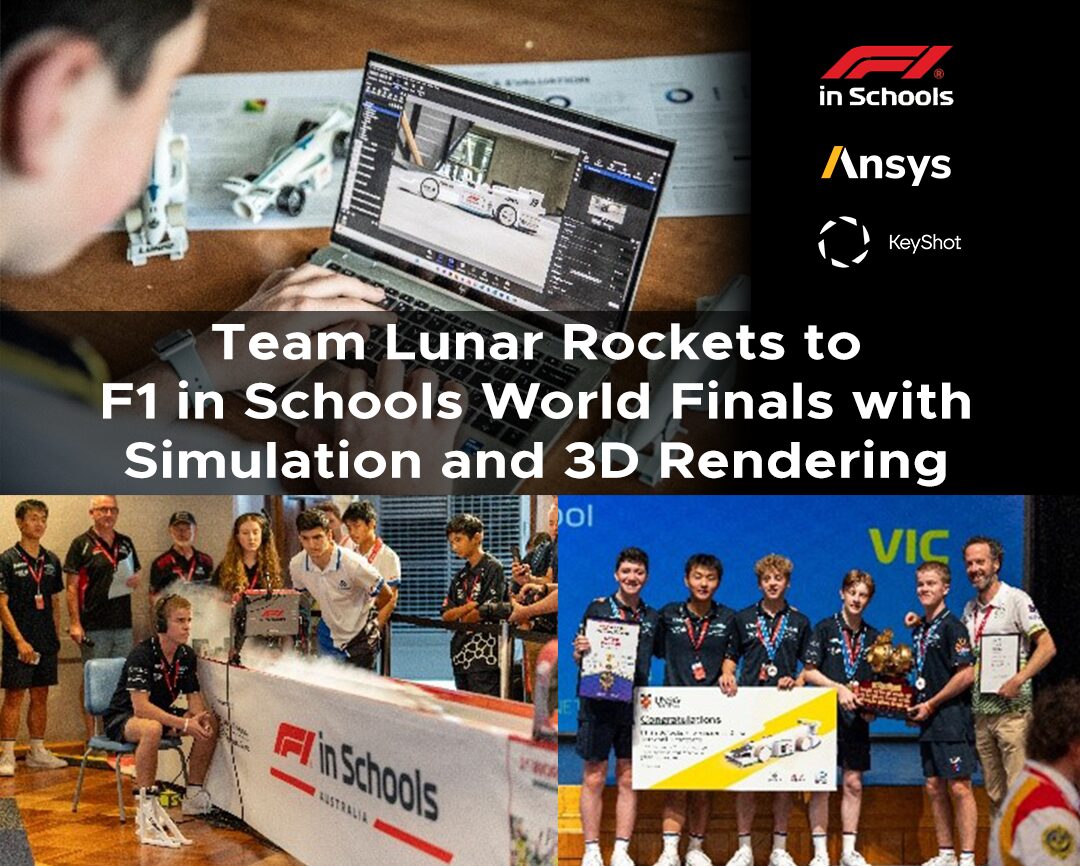
Guest Blog: Team Lunar Rockets to F1 in Schools World Finals with Simulation and 3D Rendering
This guest blog from Team Lunar, a Melbourne-based team made up of 6 Brighton Grammar School students participating the F1 in Schools competition explains how their usage of Ansys simulation and Keyshot 3D rendering has helped them get ahead of the pack.
With a track record of success dating back to 2022, Lunar has amassed over 30 category awards combined, establishing themselves as decorated, formidable competitors at both State and National competitions, now representing Australia at the World Finals later this year.
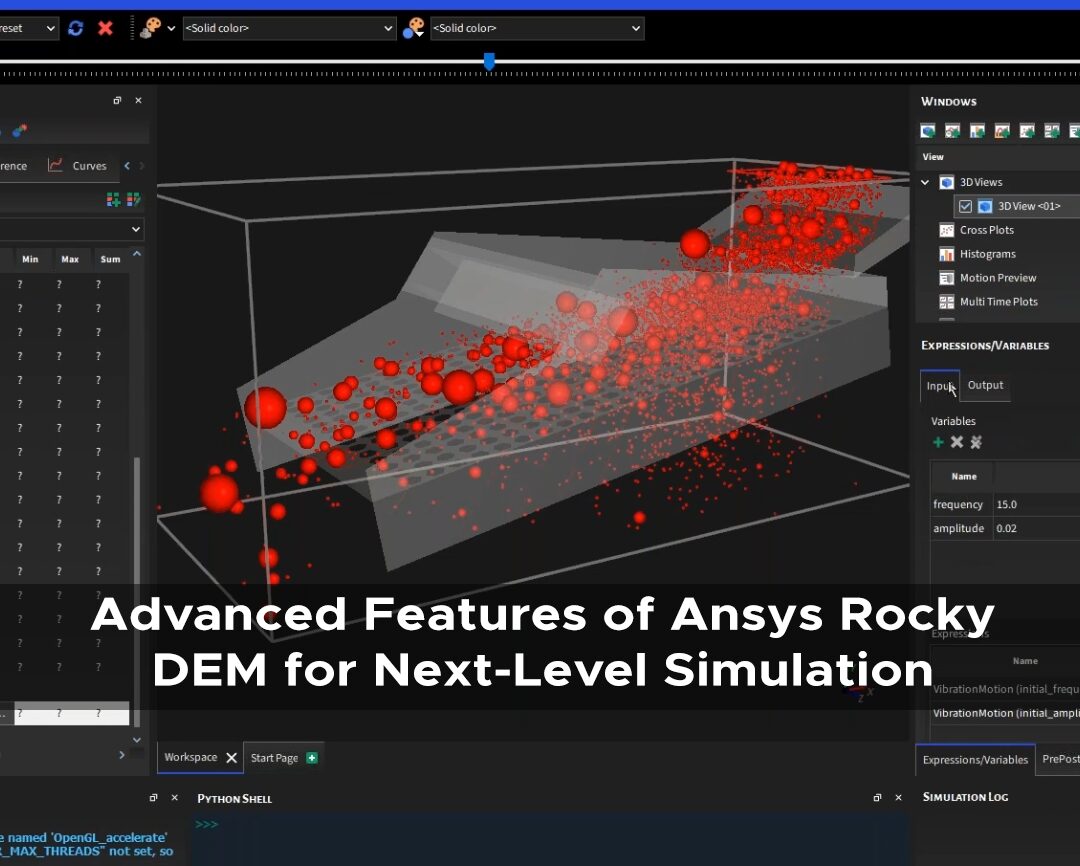
Advanced Features of Ansys Rocky DEM for Next-Level Simulation
This article provides a dive deep into the cutting-edge capabilities of Ansys Rocky DEM, showcasing how advanced features like OptiSLang integration, robust API capabilities, and Multi-GPU acceleration can transform your simulation experience.
Whether you’re tackling complex particle interactions or optimising your designs, the aim of this article is to equip you with the tools to elevate your projects and drive innovation.
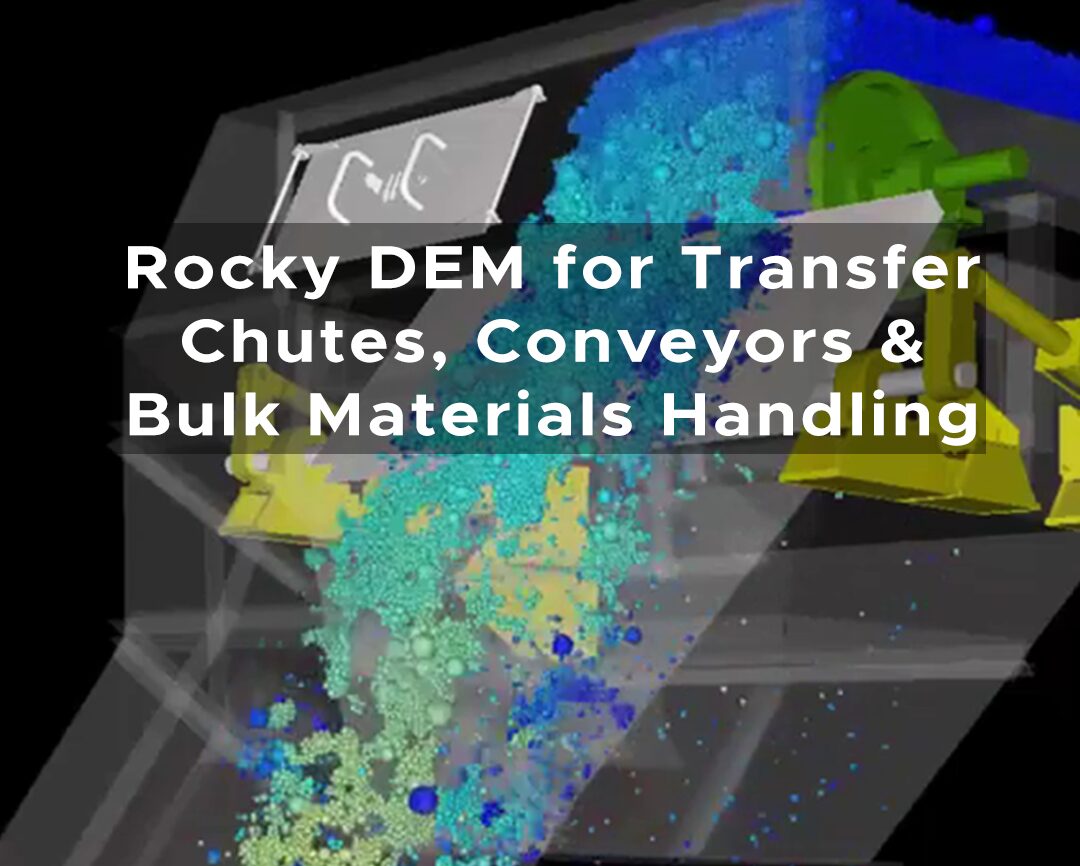
Rocky DEM for Transfer Chutes, Conveyors and Bulk Materials Handling
LEAP recently ran a webinar that explored how Rocky DEM is helping engineers and equipment designers around Australia to easily troubleshoot existing issues and optimise their designs to avoid chute blockages due to wet/cohesive materials, improve longevity of wear liners and better configure chute flow to reduce belt misalignment and tracking issues.
This article summarises this presentation and includes video highlights including demonstrations of how Rocky DEM simulations help designers assess the overall performance of bulk materials handling systems.
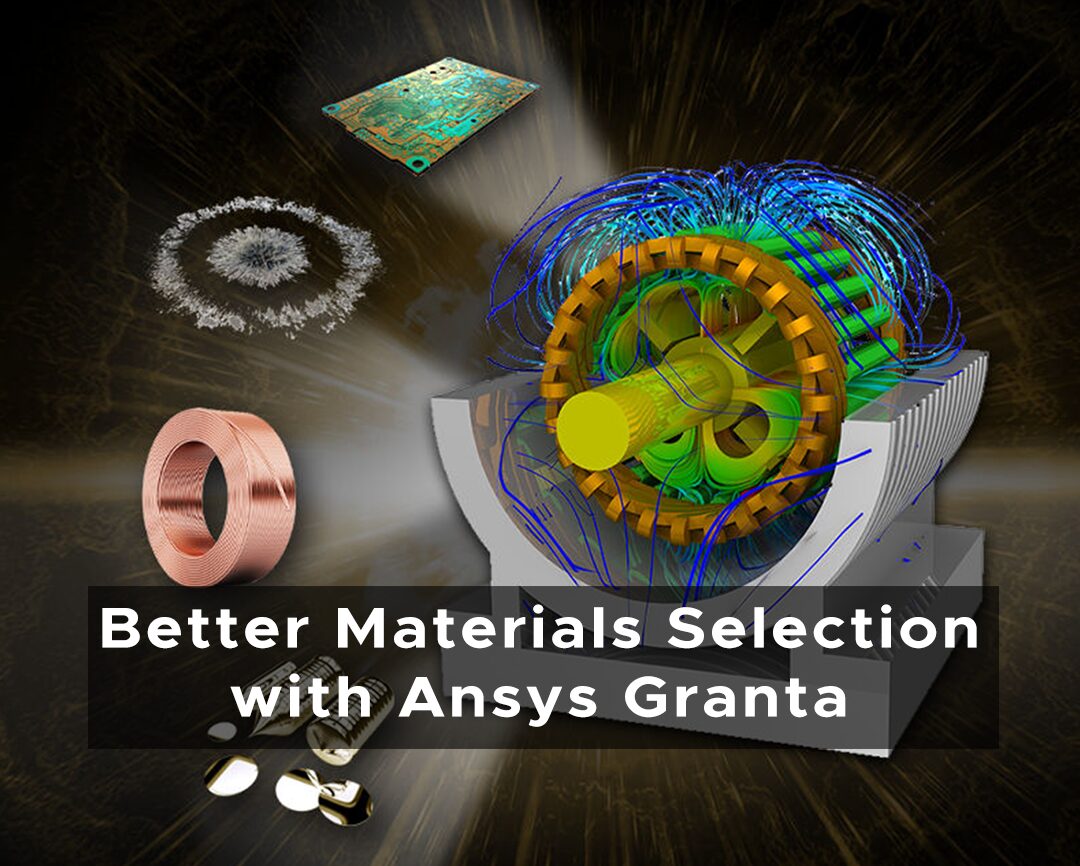
How can University student teams benefit from better materials selection tools using Granta Selector?
University teams can greatly benefit from the versatile capabilities of Ansys Granta Selector. Here are some potential uses that can enhance your projects: Design and
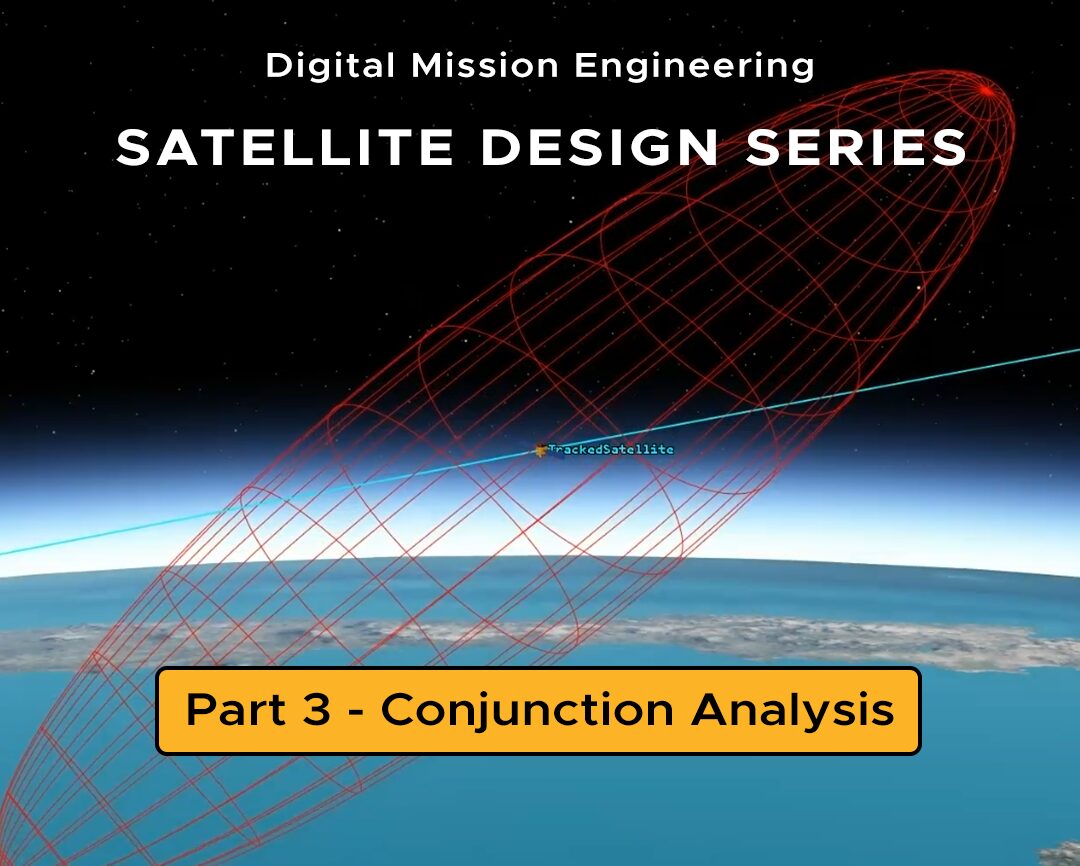
Satellite Design with Digital Mission Engineering: Part 3 – Conjunction Analysis
Having discerned a suitable satellite constellation for coverage over specific user-defined regions of interest in part two, part three will see us compute a conjunction analysis for the proposed LEO constellation.
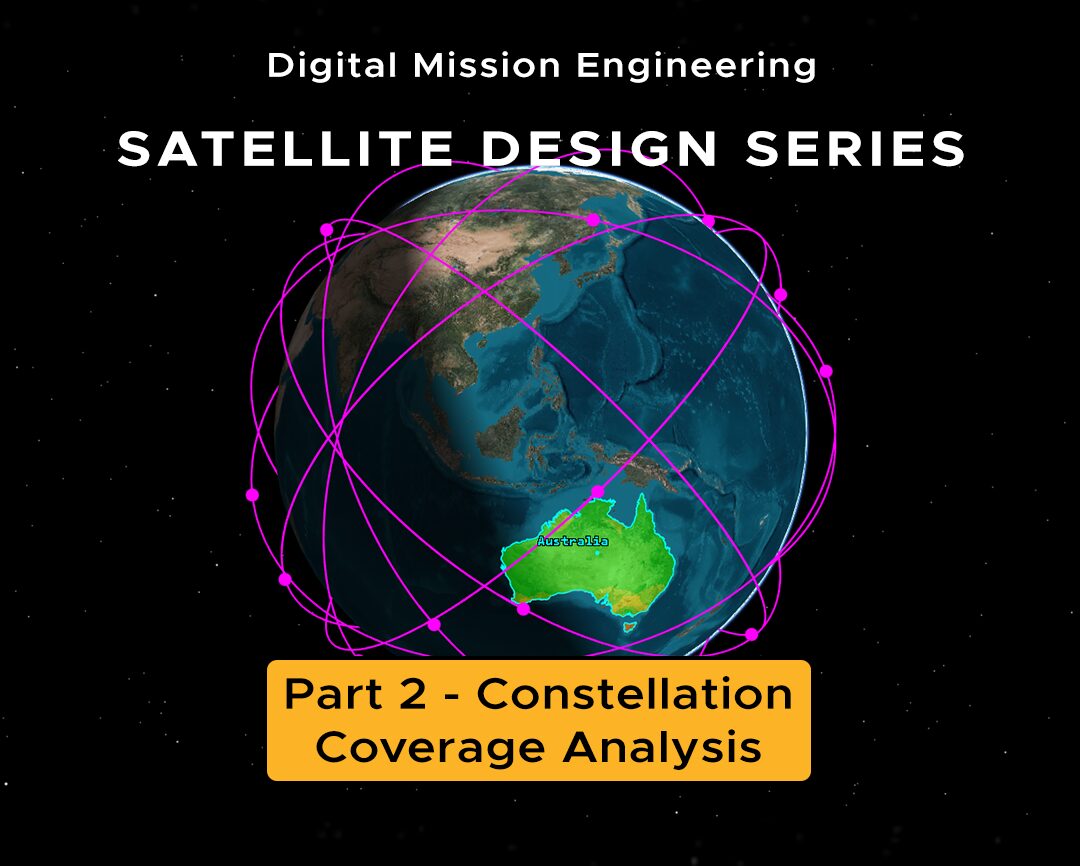
Satellite Design with Digital Mission Engineering: Part 2 – Constellation Coverage Analysis
In part one of this satellite design series, we explored the modelling of a physics accurate RF Comms link between ground facility and LEO satellite. However, rarely do modern LEO satellites work in isolation. Instead, they work as part of a larger constellation, continuously exchanging data to fulfil their intended mission. Part two of this series explores the design of a larger LEO constellation and how Ansys STK allows for the qualitative and quantitative analysis of user-specified regions of interest to discern how effective a given constellation will be.
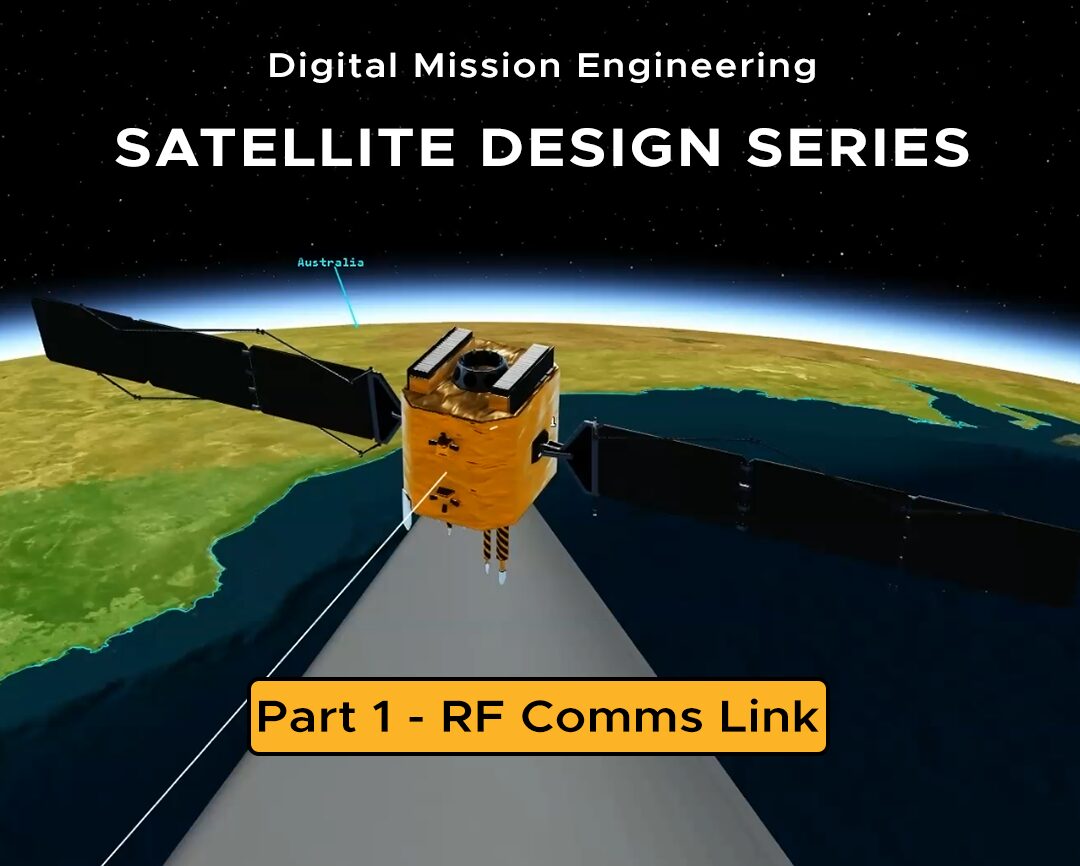
Satellite Design with Digital Mission Engineering: Part 1 – RF Comms Link
This is the first instalment in our 3-part DME Series that will explore the design of a LEO satellite constellation, exploring the implementation of Ansys STK to tackle common design challenges, including the design of a reliable RF communication link, the evaluation of LEO constellations for specific coverage metrics, and the conjunction analysis of the proposed constellation to ensure satellite survivability.

GUEST BLOG – Navigating the Future: LEO-PNT Systems Improve Satellite Orbits
In the world of satellites, there’s a new game-changer: Low Earth Orbit (LEO) constellations joining hands with Global Navigation Satellite Systems (GNSS). What does this mean for us? In this guest blog, Dr. Amir Allahvirdizadeh, Research Fellow at Curtin University explains how LEO-PNT systems help solve numerous challenges when operating in critical environments, ensuring greater reliability and precision than ever before.

Rocky DEM for Heavy Equipment Design
For engineers working in heavy equipment design, the ability to analyse and predict the behaviours and responses of structures in varying operating conditions is critical to ensure both safety and optimal equipment performance. At LEAP, our decades of experience with DEM has put us in the perfect position to help our customers to implement Ansys Rocky DEM, coupled with Multi-Body Dynamics (MBD) and Finite Element Analysis (FEA) solvers. This article explores the various ways that Ansys Rocky can be combined with other tools within the Ansys product portfolio, to deliver higher fidelity simulations – with a focus on the heavy equipment industry.
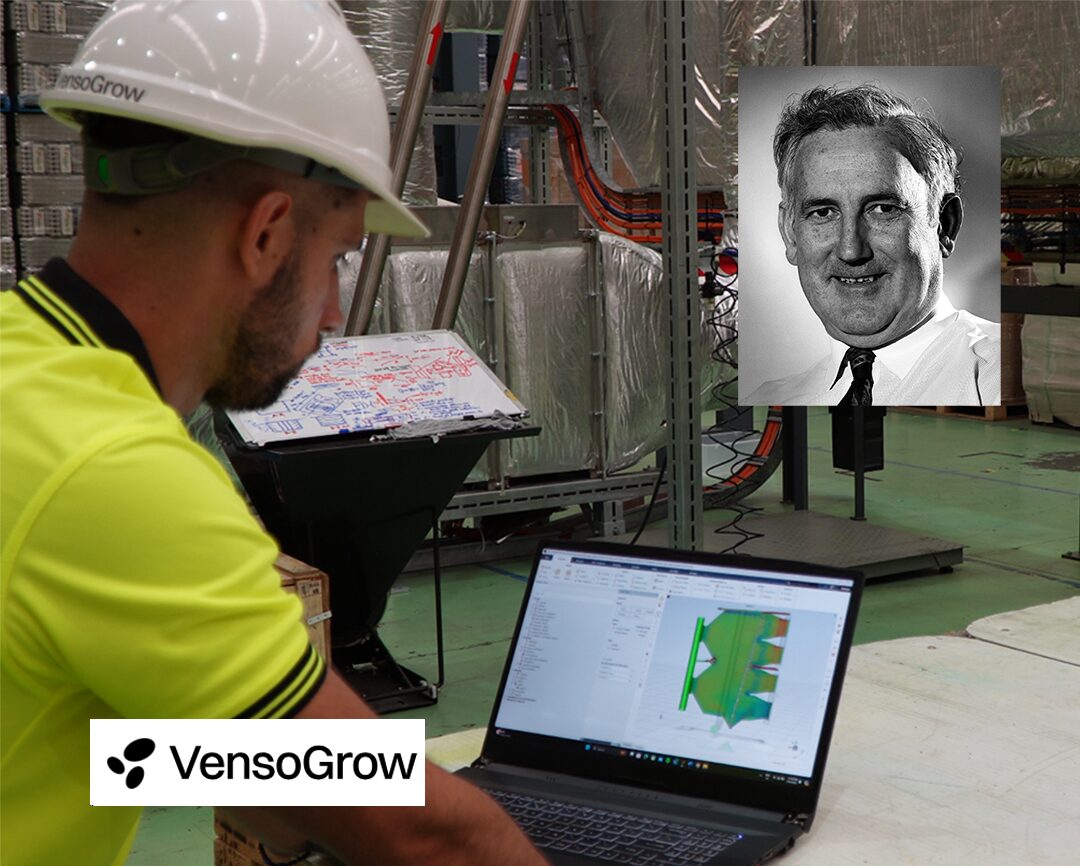
Honouring the legacy of pioneering Chemical Engineering researcher, Emeritus Prof. Owen Potter with the help of simulation
Invented by Emeritus Professor Owen Potter AM, a globally renowned chemical engineer, the Venso Flow fluidisation process has significant potential to improve the efficiency and sustainability of many industrial processes. Driven by honouring her father’s legacy, learn how Caecilia Potter and her VensoGrow team are using insights from simulation and IoT control systems to help further improve the process and apply it to seed coating applications.
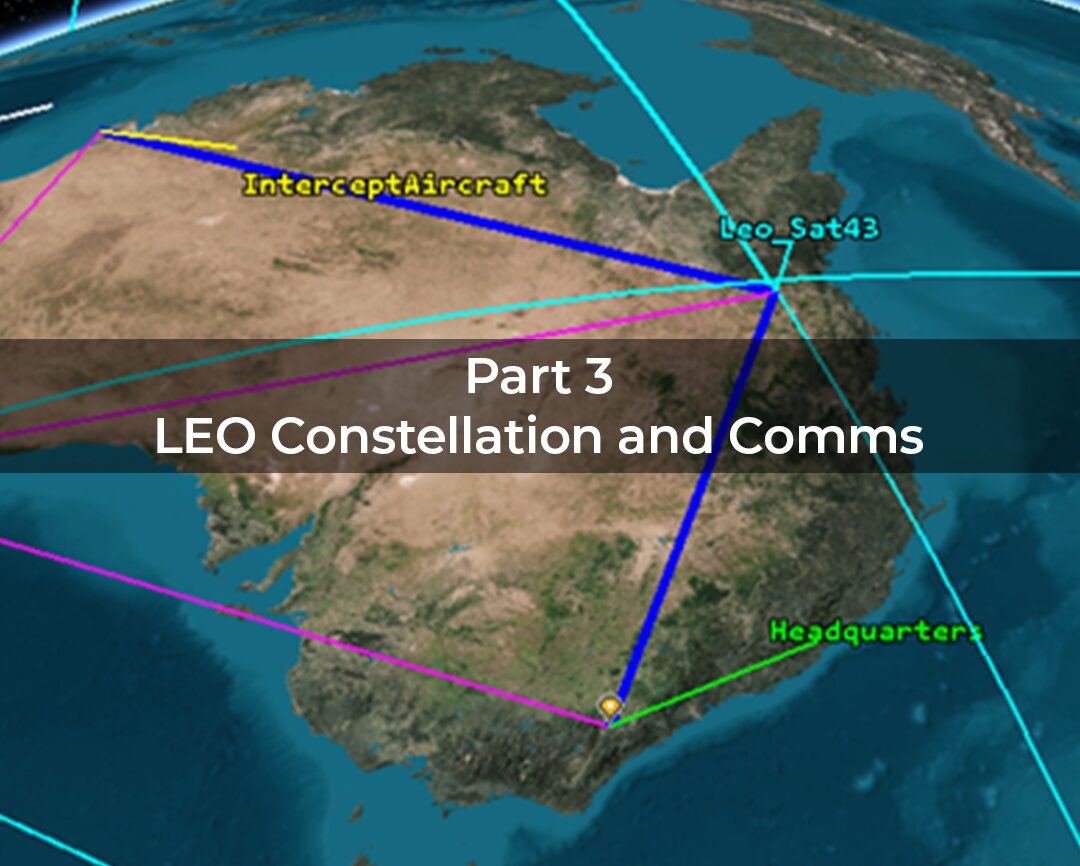
Digital Mission Engineering for Aviation-Based Systems: Part 3 – LEO Constellation and Comms
In this final instalment of our 3-part series the DRM is expanded to incorporate a communications relay from the intercept aircraft to a ground facility. This link is facilitated via a phased array mounted on top of the aircraft and a LEO constellation which serves as a relay between the aircraft transmitter and ground facility receiver. The goal here is to evaluate the access intervals between assets and ensure that the aircraft can maintain a satisfactory communication link to the ground facility.
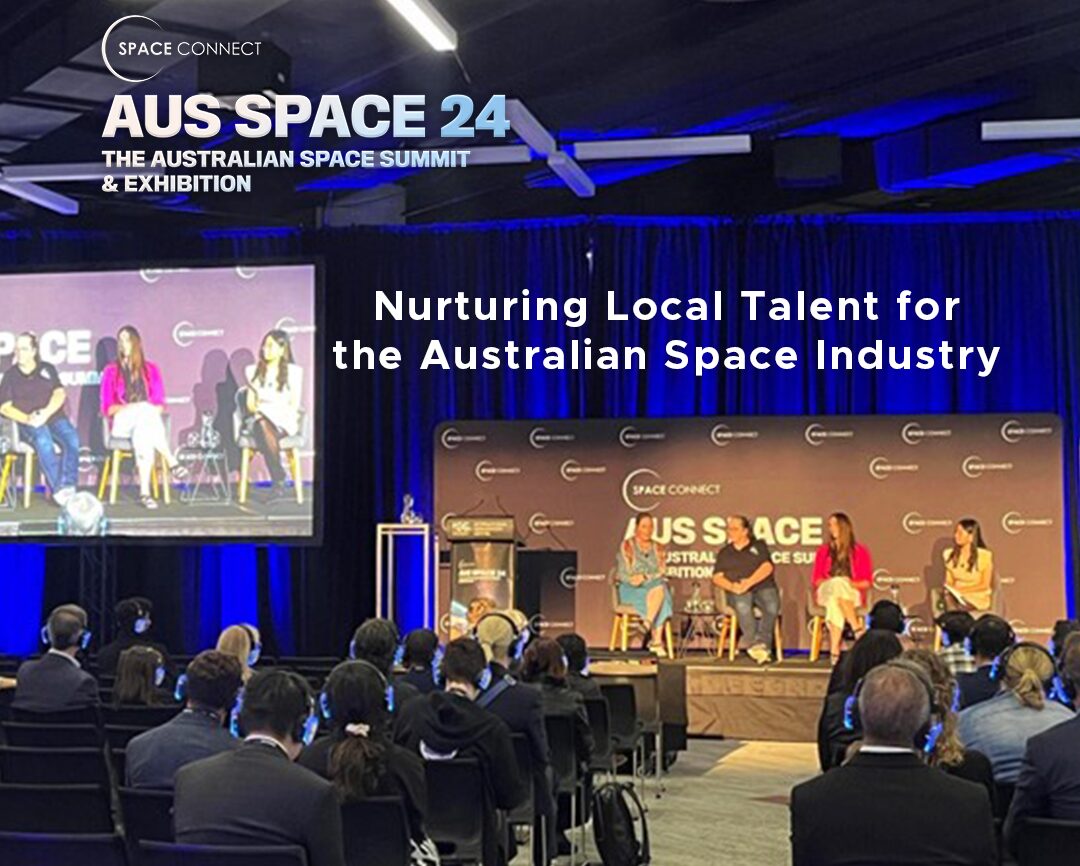
AusSpace24: Nurturing Local Talent for the Australian Space Industry
Australia finds itself at the threshold of a new era in space exploration, with local employment in the space sector growing from 5,000 to over 17,000 by the end of 2023. At the AusSpace24 Australian Space Summit in Sydney this week, Kaylee Li, University Student Team Partnership Coordinator from LEAP joined an illuminating panel discussion on this very topic.
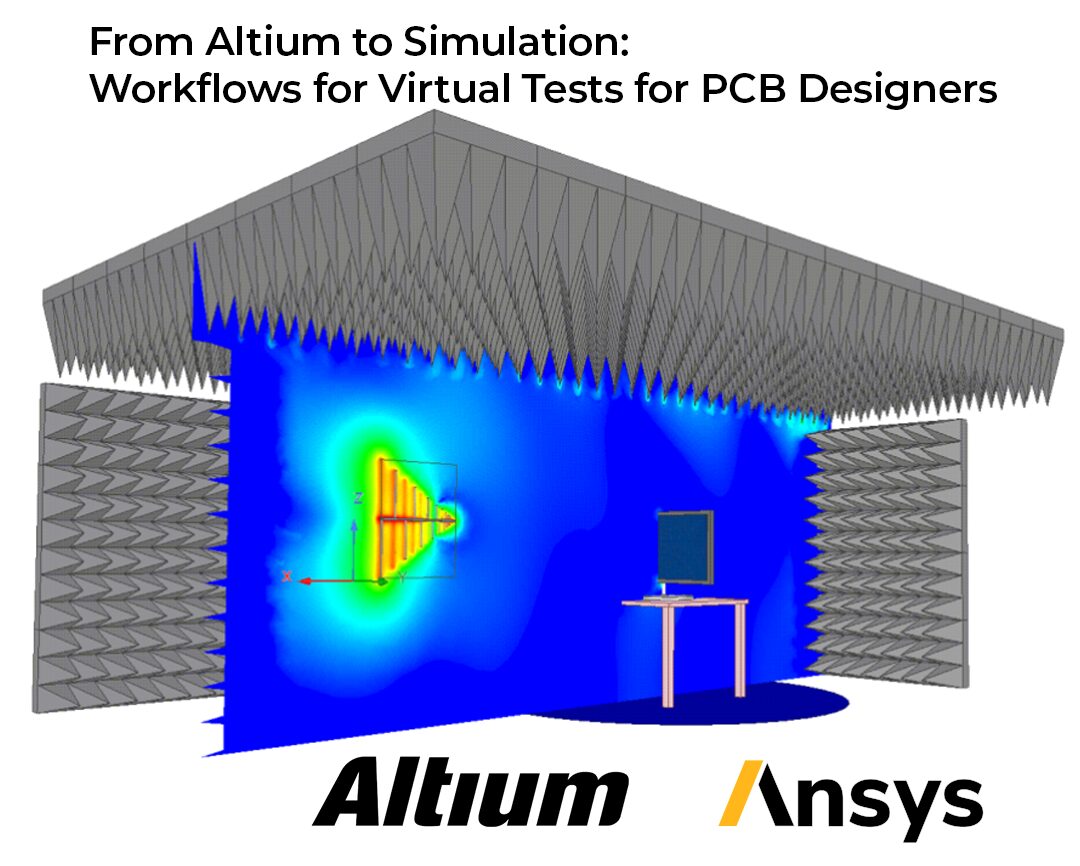
From Altium to Simulation: Workflows for Virtual Tests for PCB Designers
Thomas Benke from LEAP’s Electronics Team was invited to speak at Altium Designer 24 launch event in Sydney. This post offers a series of highlights from that presentation, covering industry trends, the recently announced Altium-Ansys Smart Bridge (including a live demonstration), followed by a discussion of typical simulation examples including PCB analysis.
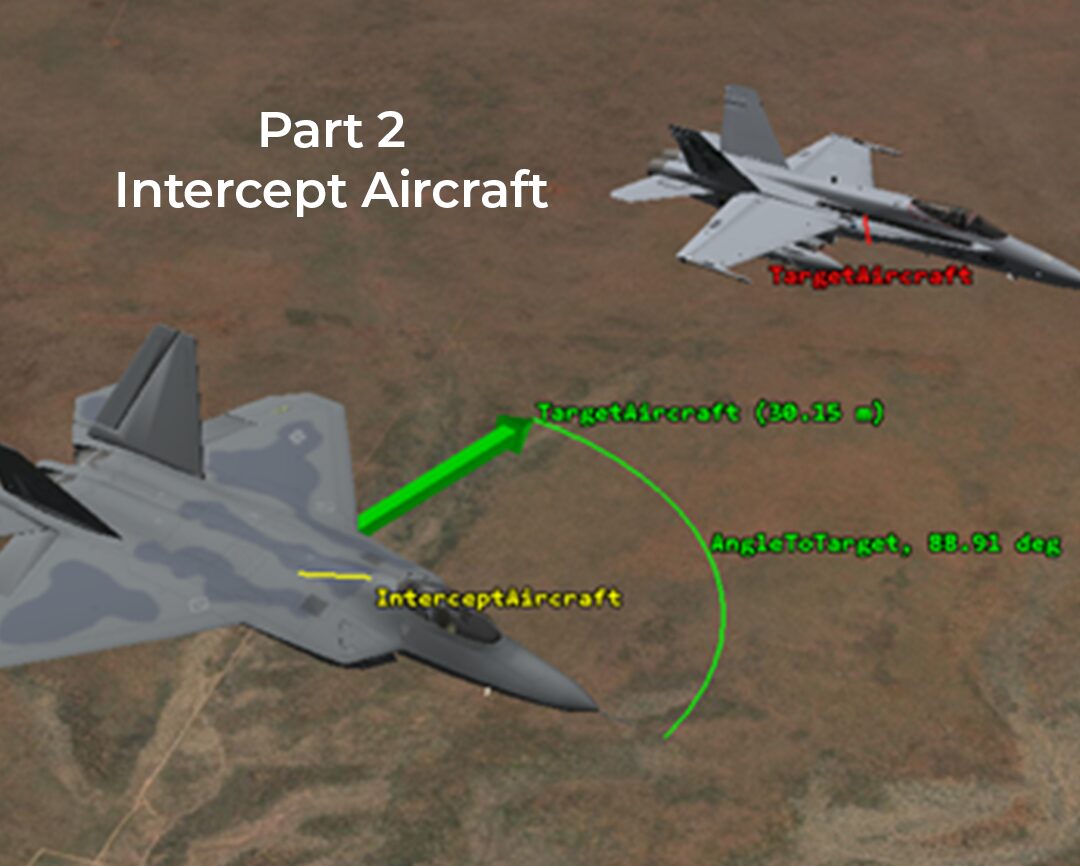
Digital Mission Engineering for Aviation-Based Systems: Part 2 – Intercept Aircraft
In this second article in our 3-part series, the DRM is expanded to include an intercept aircraft, to be launched if/when the radar’s PDet (Probability of Detection) exceeds a certain user defined threshold. At this point in time, the interceptor shall execute a rendezvous with the target aircraft, before returning to the airstrip a short time later.
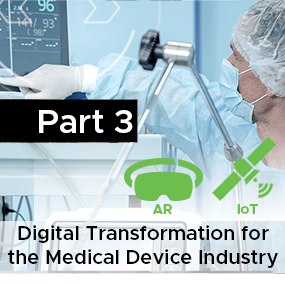
Digital Transformation for the Medical Device Industry (Part 3)
In this final instalment of our three-part series focusing on Digital Transformation for the Medical Device Industry, we take an in-depth look at how PTC’s Industrial IoT and AR platforms are helping MedTech companies to harness their existing data to improve processes and connect workers with critical information across the enterprise.
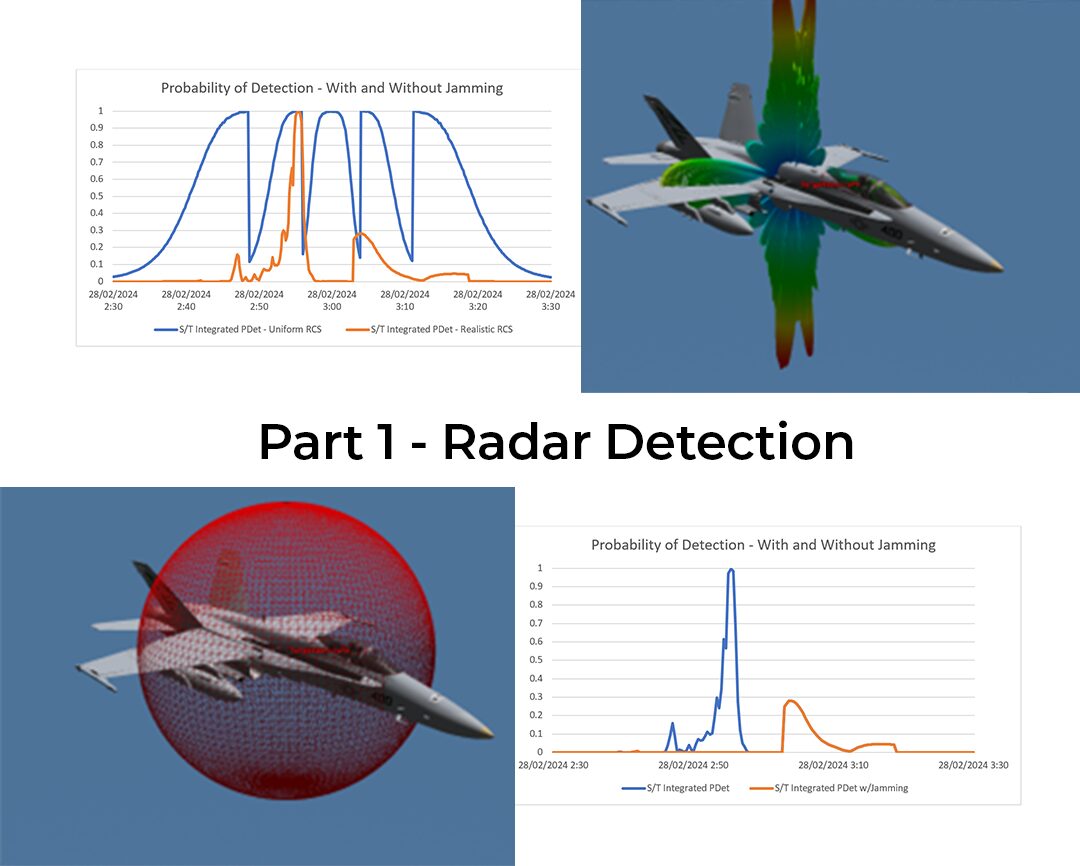
Digital Mission Engineering for Aviation-Based Systems: Part 1 – Radar Detection
This 3-part series will explore how DME can be applied to the radar detection of an aircraft, which in turn will trigger the dynamic intercept of that aircraft. This post explains how to set up radar detection and interpret the results as well as how to factor in radar jamming technology and the impact it may have on the resulting data. Throughout this mission, our system will be assessed on its ability to maintain crucial communication links between its multiple assets.
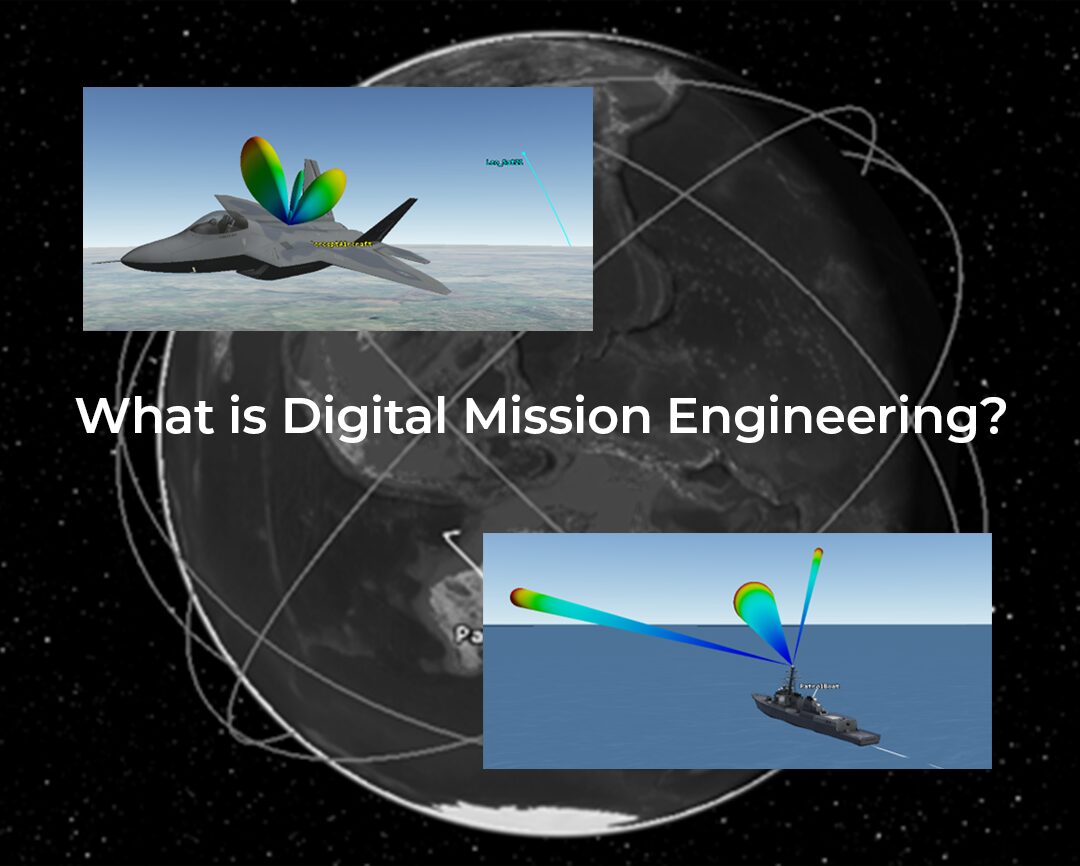
What is Digital Mission Engineering?
Traditionally, engineering processes tend to be segmented, operating in isolation from one another. This typically leads to drawn out project timelines, doubling up on work, and miscommunication between team members. Digital Mission Engineering seeks to bring the entire engineering process into one continuous process through the use of digital modelling, simulation and analysis to incorporate the operational environment and evaluate mission outcomes at every phase of the lifecycle.
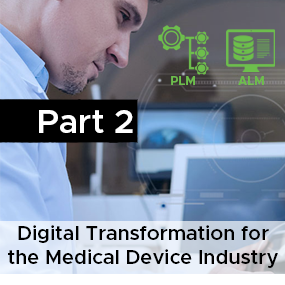
Digital Transformation for the Medical Device Industry (Part 2)
This article is the second of a three-part series focusing on Digital Transformation for the Medical Device Industry. In this instalment we take an in-depth look at how PTC’s Product Lifecycle Management (PLM) and Application Lifecycle Management (ALM) solutions are helping MedTech companies to improve their product development processes organisation-wide.
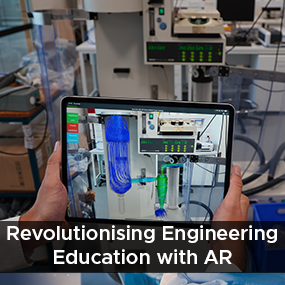
Guest Blog: Revolutionising Engineering Education with Augmented Reality at University of Sydney
Read this guest blog by Dr. Jacky Zhou on how AR is being used at the University of Sydney to provide useful benefits to students doing lab work involving complex processes and phenomena. AR offers a high degree of visualisation and interaction which has been of great help in the chemical engineering labs at this renowned academic institution.
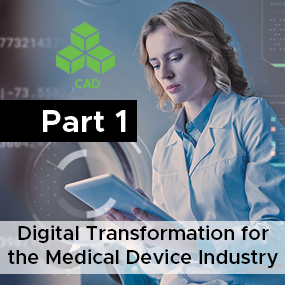
Digital Transformation for the Medical Device Industry (Part 1)
This article is the first of a three-part series summarising LEAP’s recent webinar, Digital Transformation for the Medical Device Industry which took an in-depth look at how PTC solutions are helping medical device and life sciences companies to improve efficiency, reduce costs and accelerate time to market.
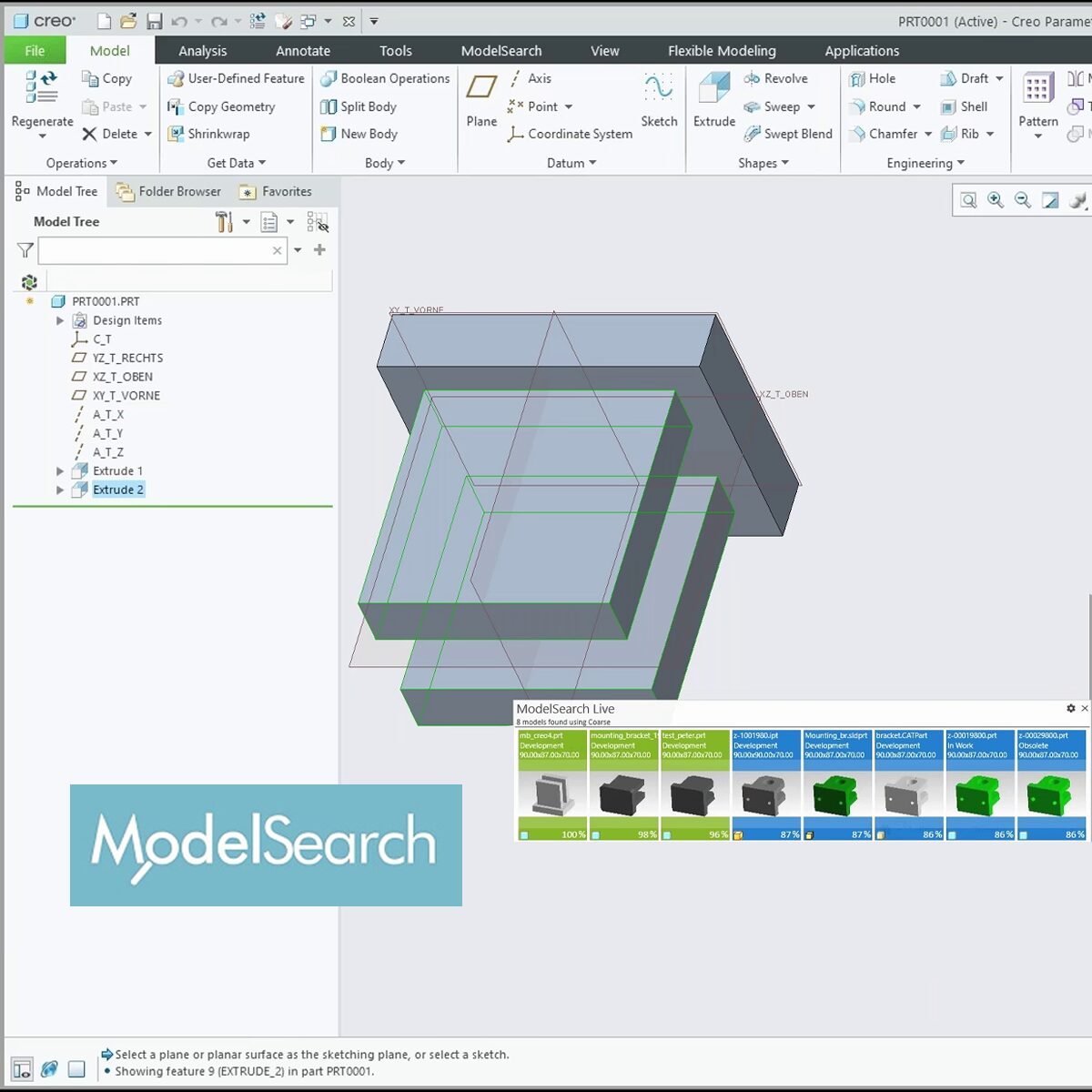
Green by Design: Impacting Sustainability Goals with PLM and ModelSearch
Our recent webinar presented by experts from LEAP and MAIT described how a systematic approach to part management with Windchill PLM and Geometric Similarity Search using ModelSearch can help you achieve both financial and key sustainability goals. In this article we have summarised this webinar and included key sections of the recording.

Guest Blog: Designing optimal wear liners with Ansys Rocky
This guest blog by Dr Daniel Grasser, Consulting Engineer at TUNRA Bulk Solids, Australia provides detailed insight into his DEM studies into reducing wear in bulk materials handling equipment during his affiliation with the ARC Training Centre in Alloy Innovation for Mining Efficiency (mineAlloy) at Deakin University. Learn how Dr Grasser utilised Ansys Rocky to better understand particle flow to improve and optimise the design of wear liners while reducing the need for experimental testing.
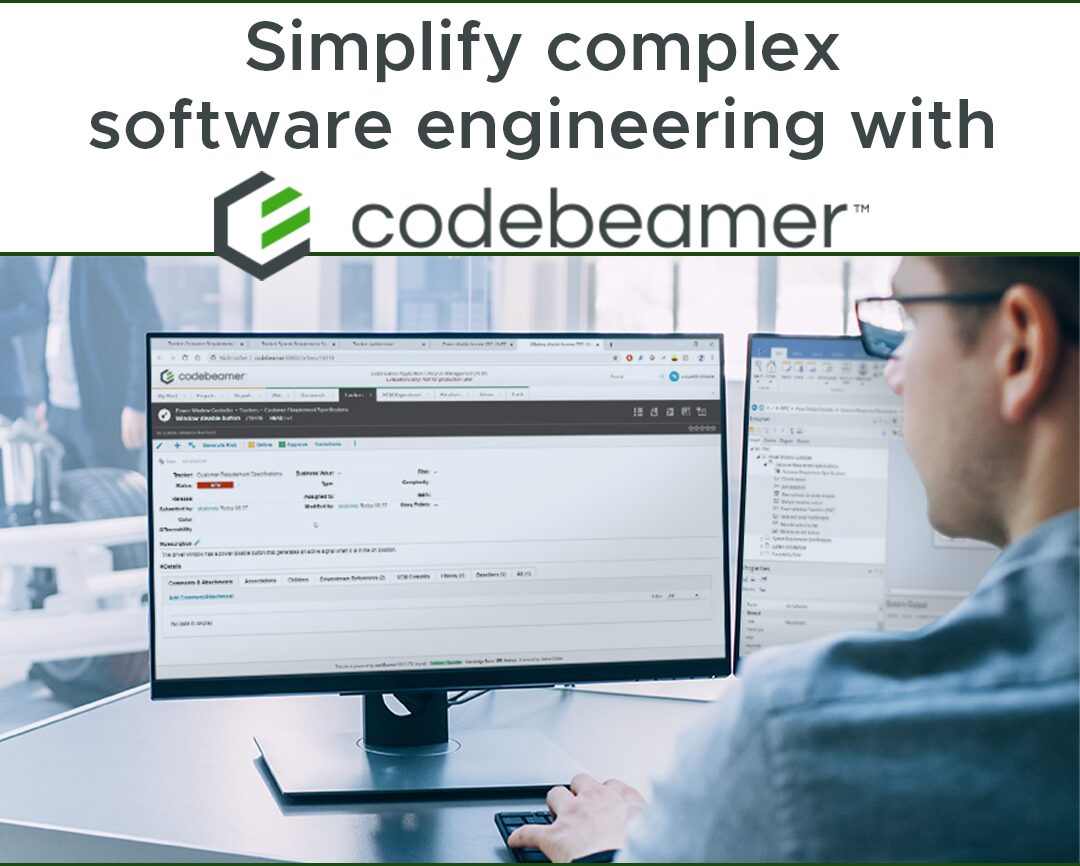
End-to-End Product Requirements Management with Codebeamer ALM
LEAP recently ran a webinar to demonstrate how you can empower your product development teams with Codebeamer, an Application Lifecycle Management (ALM) platform for modern, advanced product and software development. In this post we have summarised the content of this webinar and made the recording available to watch on demand.
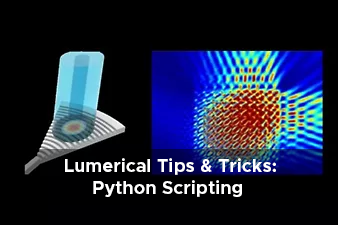
Lumerical Tips and Tricks #1 – Automation of Lumerical Tools with Python
In the first of our Lumerical tips and tricks series, we look at new scripting capabilities in Ansys Lumerical using Python which offers users a more streamlined and more automated approach and a faster way to consider a full range of variables related to geometry, mesh, and solver components.

How to approach hardware selection in 2024 for Ansys CFD solvers (all budgets considered – from laptops to clusters!)
Note: This was written in December 2023, but this is an ever-changing space, so please contact your local LEAP support engineers if you would like
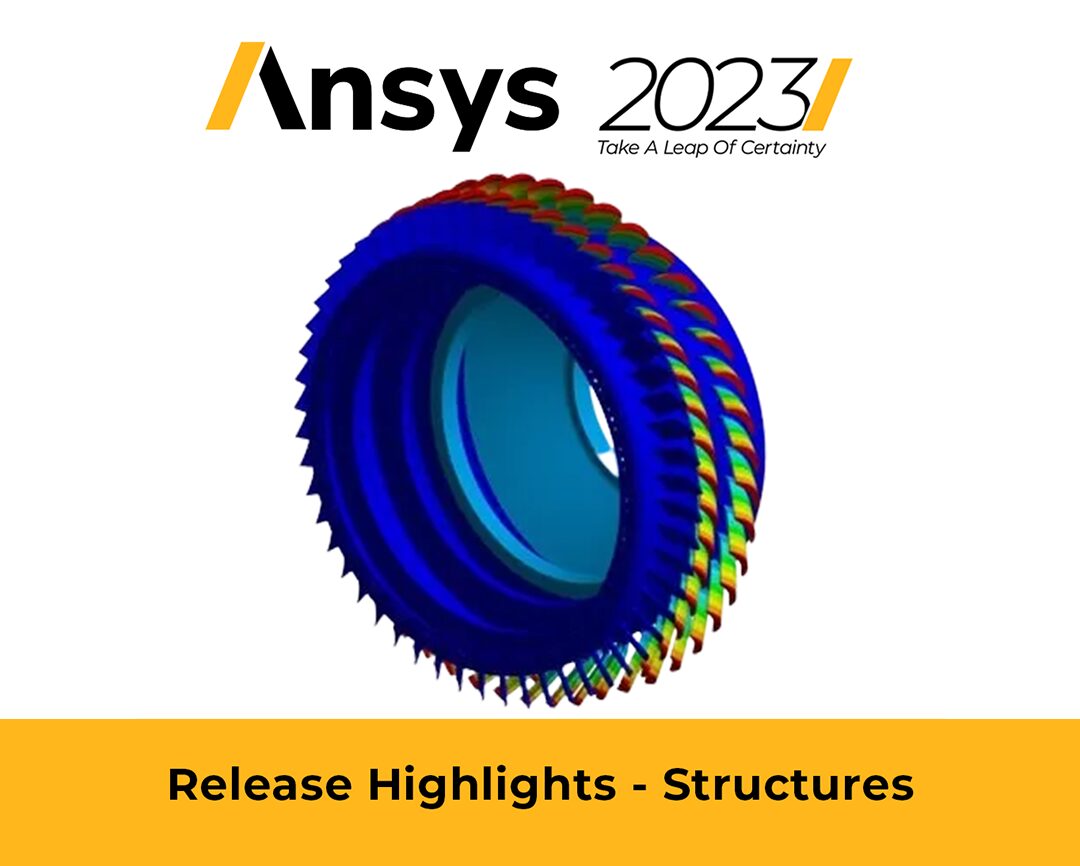
Ansys 2023 Release Highlights – Structures
Recording from LEAP’s recent series of Ansys 2023 R1 & R2 update seminars covering the latest updates in Ansys Structures & Explicit Dynamics. Thes videos are from our Melbourne event, presented by Dr. Luke Mosse, Senior Application Engineer at LEAP Australia.
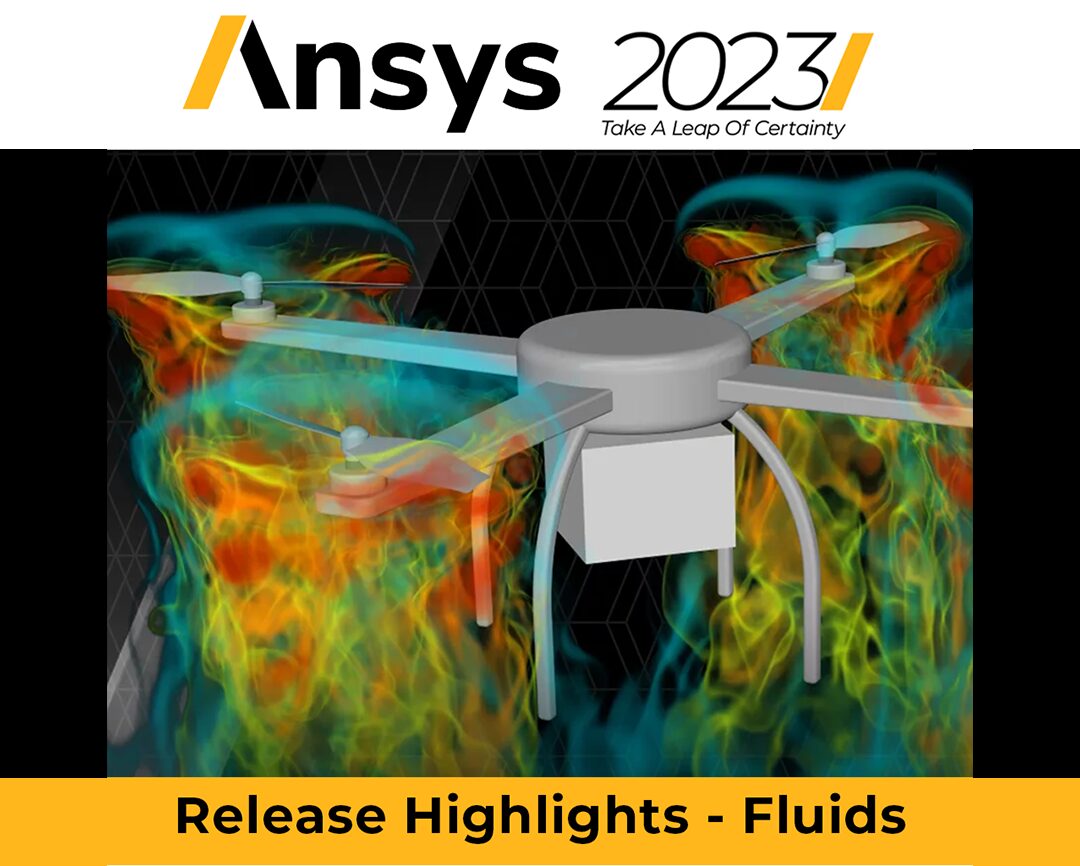
Ansys 2023 Release Highlights – Fluids
Recording from LEAP’s recent series of Ansys 2023 R1 & R2 update seminars covering the latest updates in Ansys Fluids. Thes videos are from our Melbourne event, presented by Dr. Lewis Clark, LEAP’s Fluids Technical Manager.

Creo 10 Highlights
As a PTC Platinum Partner for almost 20 years, we can confirm that Creo 10 is the best Creo release yet – with brand new composite design and analysis tools and enhancements to design for electrification, MBD, ergonomics design, simulation-driven design, advanced manufacturing and more.
Earlier this year, LEAP team took Creo 10 on the road with live, in-person launch events hosted across Australia and New Zealand which included presentations of key release highlights. This article provides you with the best of these presentations, including live demonstrations.
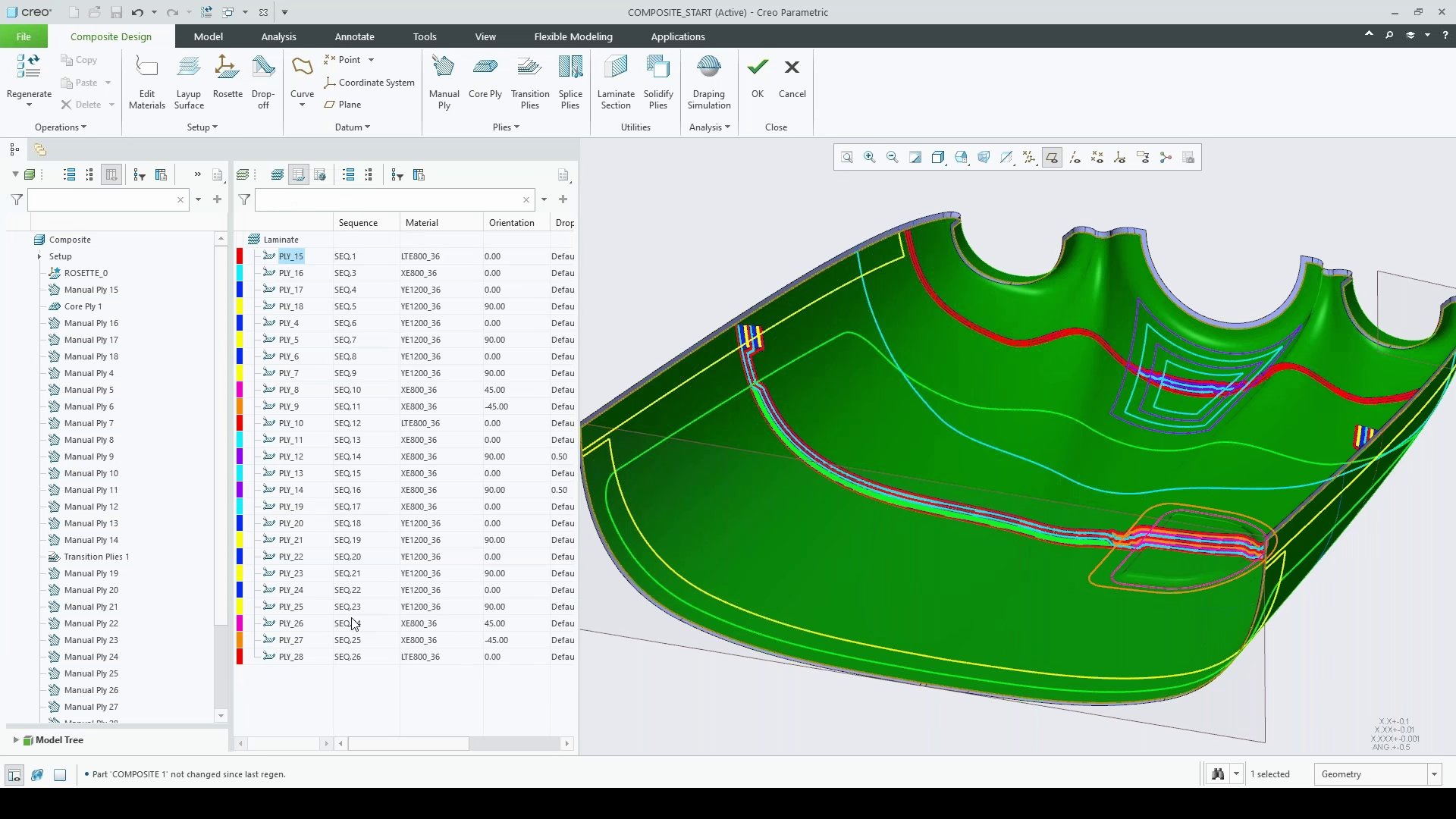
Creo Composite Design & Manufacturing (CDM) extension
The Creo Composite Design & Manufacturing (CDM) extension provides a fully-integrated Composite Design environment in Creo to design and manufacture parts built using composite layups. This article summarises our recent webinar that provided a detailed look at Creo’s new composite design capabilities and a live demonstration of the extension in action. Read on and watch clips of the recording to learn more.

Optomechanical Design of a Tophat Beam Shaper with Ansys Zemax OpticStudio
How can simulation help you to arrive at an optomechanical design that will generate the required output laser cutter beam while remaining robust under the expected thermal and structural deformations caused by the laser source?
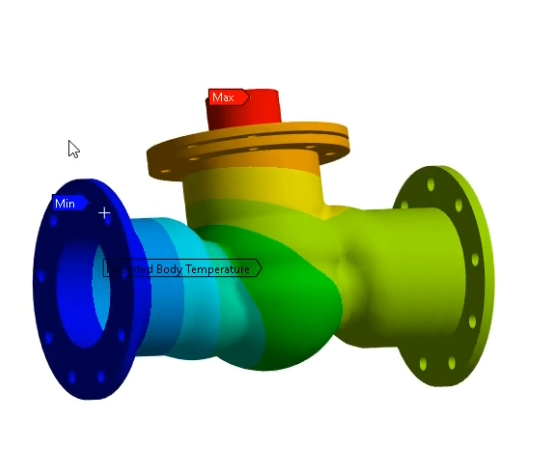
Mastering Structural Analysis: Integrating External Loads into Ansys Mechanical
Modern engineers often work on the design of increasingly complex systems that will experience a multitude of simultaneous loading factors – such as forces, thermal effects, and pressure. Ansys Workbench offers a range of options to streamline the process of incorporating these external loads into Ansys Mechanical so that Ansys users can accurately predict stress, strain and fatigue life for such complex systems with greater precision.
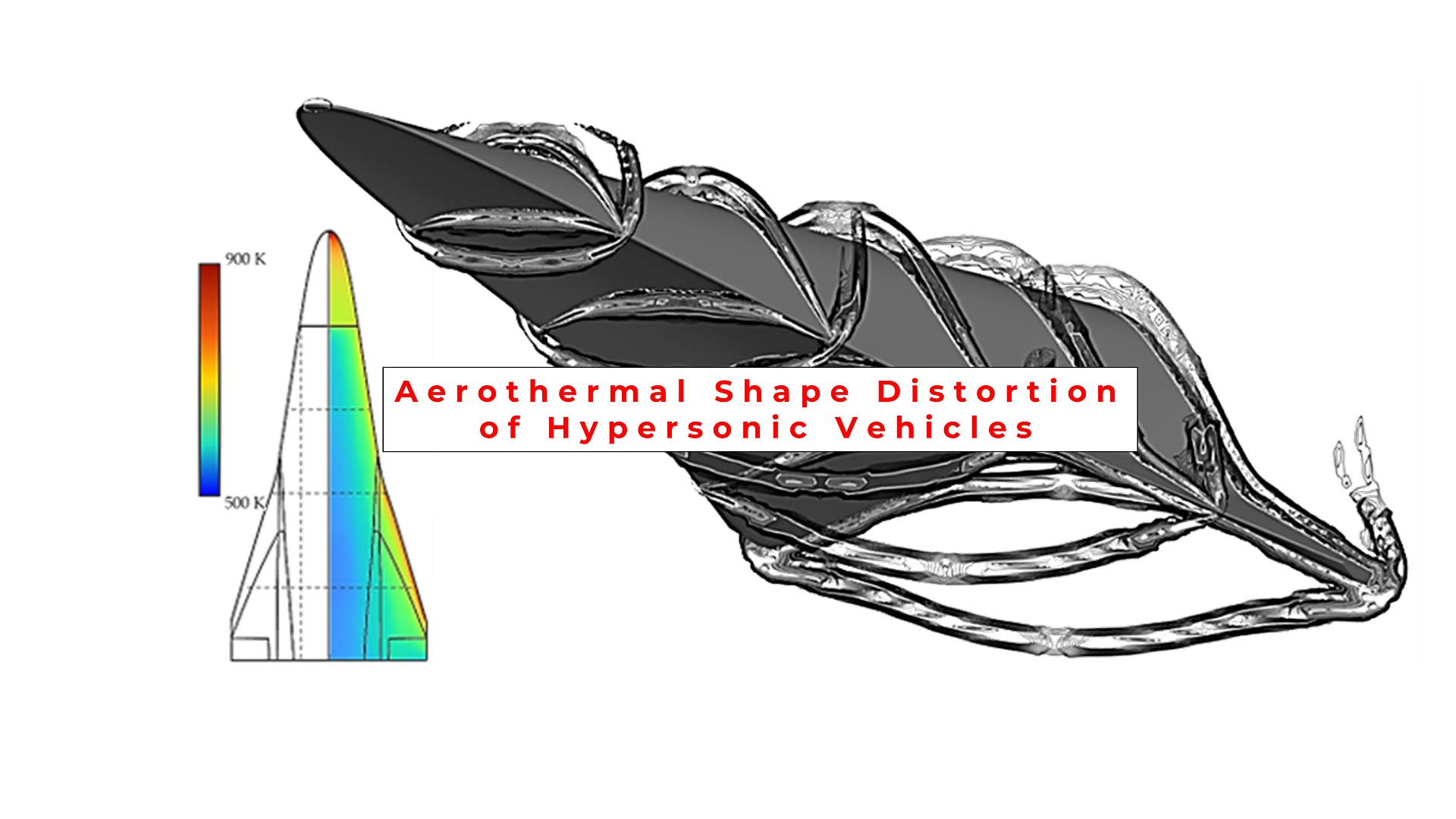
Simulating Aerothermal Shape Distortion of Hypersonic Vehicles
How can designers of hypersonic aircraft overcome the ‘heat barrier’ using simulation to better understand aerothermal shape distortion (aka aerothermoelasticity, or fluid-structural-thermal interaction – FTSI)? This guest blog by ADFA explains how multiphysics simulation helps designers of hypersonic vehicles account for aerothermal shape distortion (which can compromise a hypersonic vehicle’s aerodynamic performance) through to the risk of catastrophic material failures, using tools that can simulate both the aerodynamics as well as the thermal and structural response.
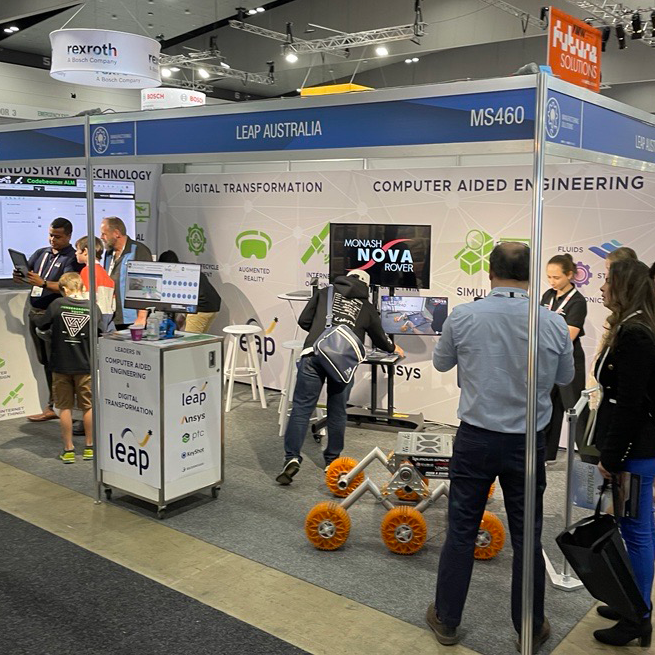
New Manufacturing Technology on display at Australian Manufacturing Week
The Manufacturing Tech Australia podcast visited LEAP’s stand at this year’s Australian Manufacturing Week to interact with some of the new technologies that were on display. Here is a record of their conversation captured on their podcast with Paul O’Shaughnessy, PTC Business Manager at LEAP Australia (plus some photos and videos from our booth display with Monash Smart Manufacturing Hub and Monash Nova Rover!)

Fast-tracking the development of autonomous vehicles, drones and robots via engineering simulation
Designers of autonomous vehicles, drones & robots face key safety and reliability challenges when integrating machine vision & complex sensors. Engineering simulation tools can form part of a complete control loop for autonomous systems, helping to replicate the real world performance of sensors in a consistent and repeatable virtual test environment and leading engineers to solve issues before they become a problem in real life.
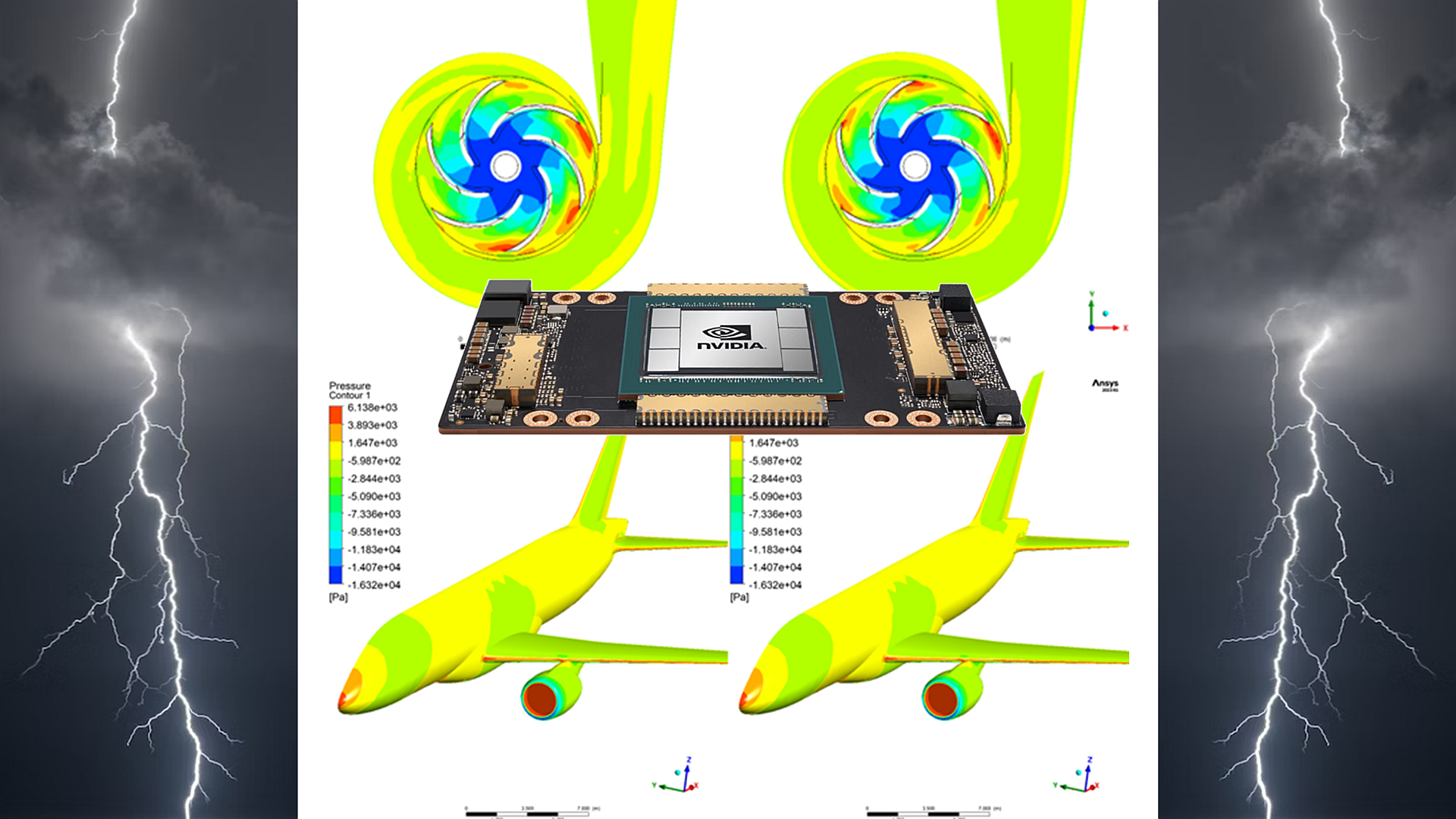
A look into the lightning-fast future of GPU-powered CFD
Here we benchmark Fluent’s new fully-native GPU (Graphics Processing Unit) solver, available since the 2023R1 release, which has delivered impressive numbers on our tests that include both high-end (A100 GPU – over five times faster than a baseline using 80 CPU cores) and standard 8GB GPUs that are probably similar to one you’re already using (still delivering a 3x3x speedup over an 8 core Intel Xeon W-11955M CPU).
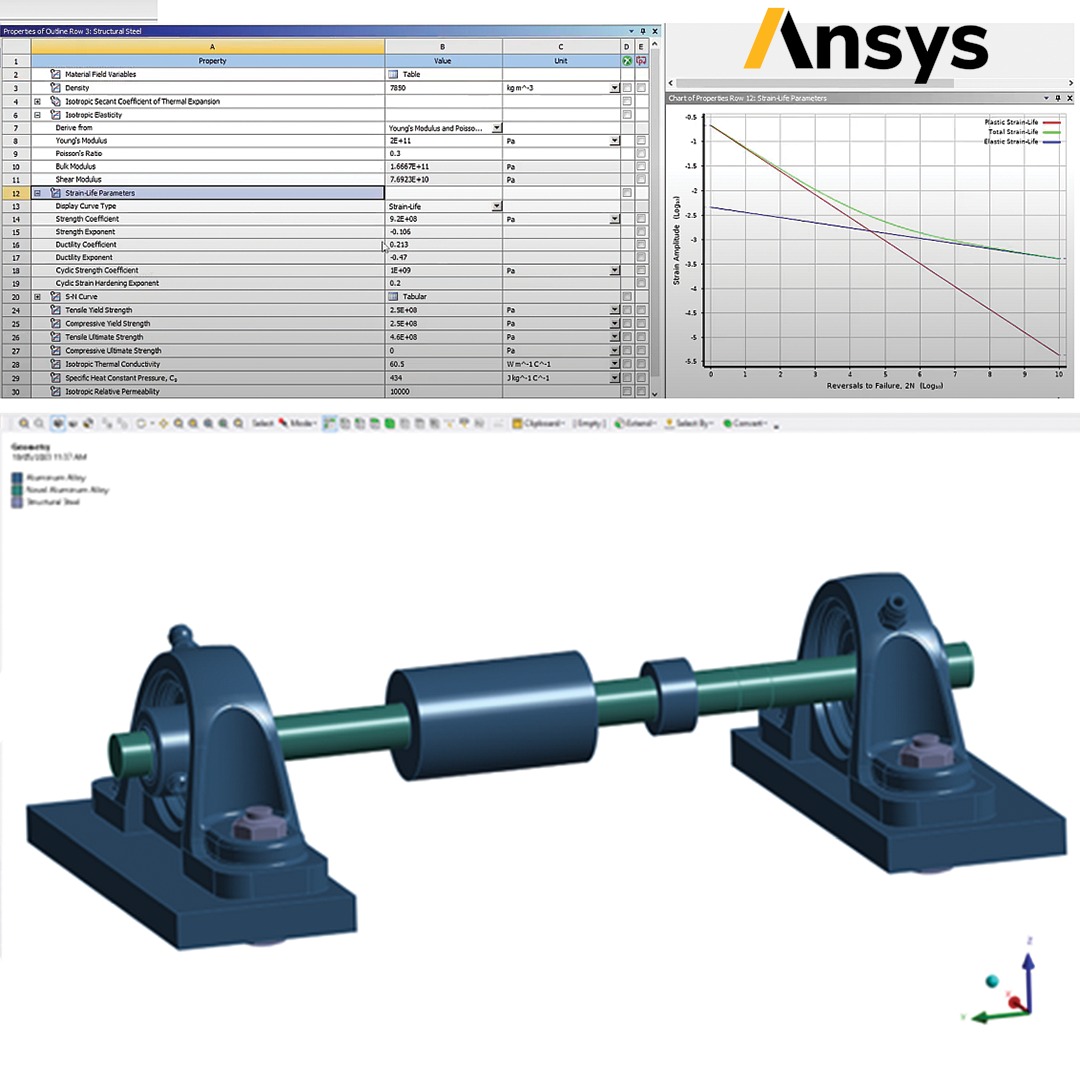
Making Informed Material Selections in Ansys Mechanical
Material selection affects the behaviour, performance, and durability of a product. This blog explores material selection options and how to speed up this process in Ansys Mechanical using the comprehensive material database and tools to evaluate and compare the material behaviour.
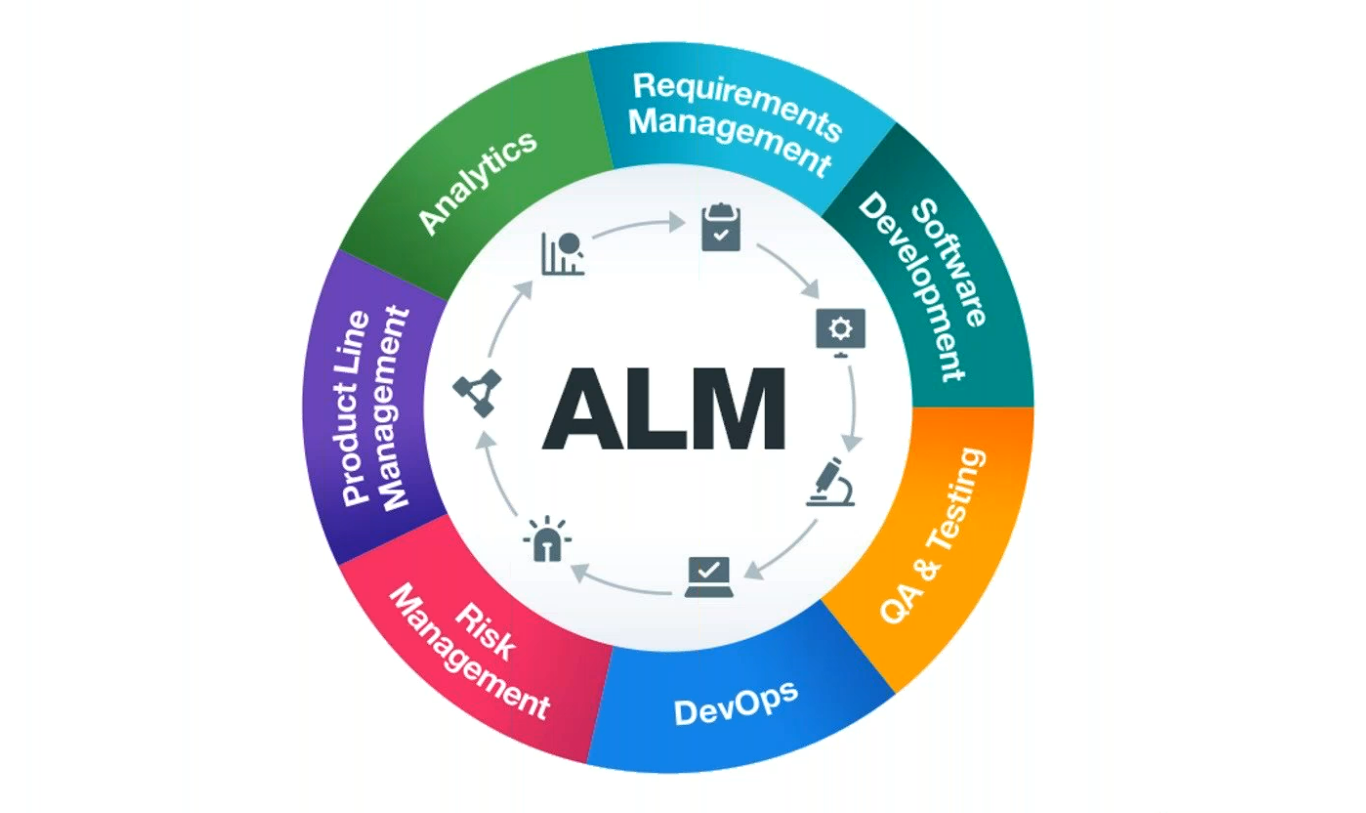
How Codebeamer ALM helps simplify complex product and software engineering at scale
Innovation in modern products is increasingly being defined by software. Learn how product development teams are using Codebeamer Application Lifecycle Management (ALM) to manage their software development processes, helping programmers to collaborate more effectively using unique digital workflows that promote Agile development and ensure regulatory compliance.
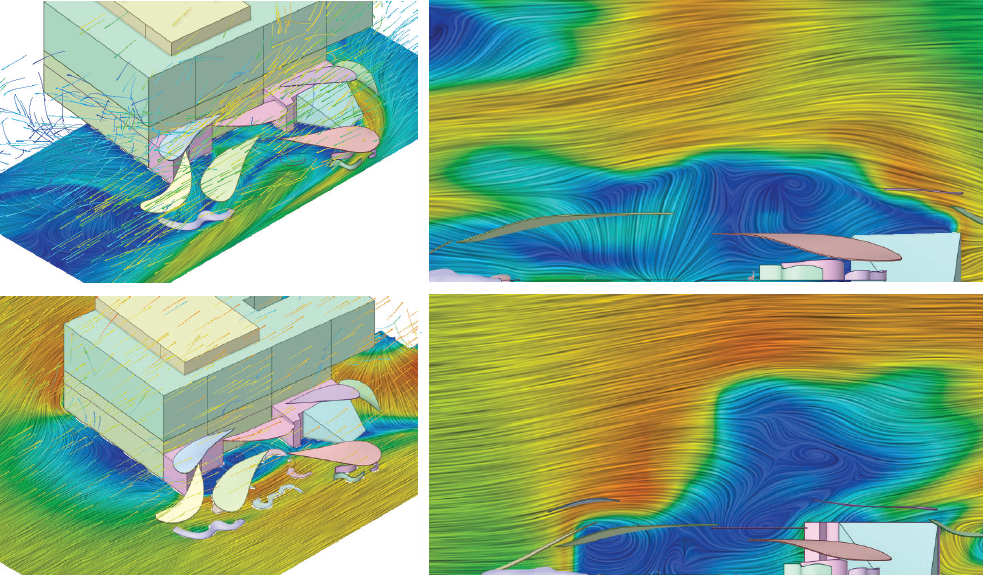
Exploring new ideas in Urban Design – a Q&A with Wendy Walls, Melbourne School of Design
Q&A with Wendy Walls whose research and teaching aims to deliver innovative design methodologies for urban open spaces, designed in response to a changing climate. Learn how Wendy’s use of Ansys Discovery has provided an engaging way to teach landscape design students the critical concepts involving airflow and heat transfer in urban design.
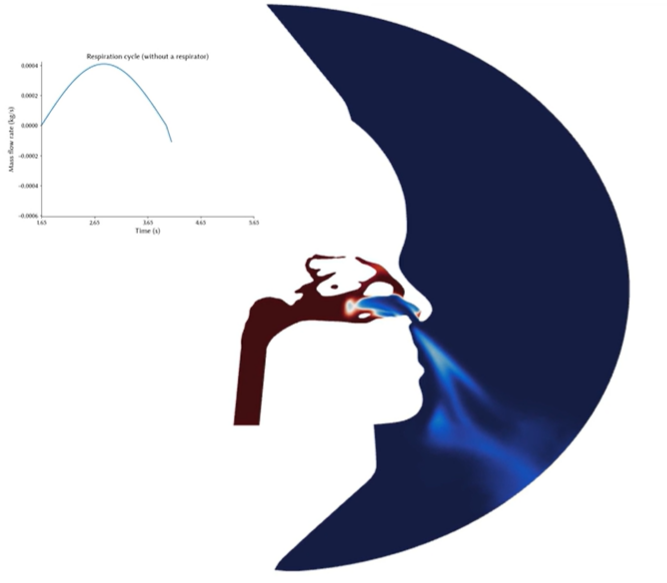
Highlights from SCONA 2023 – CFD of the Nose and Airway
Our curated highlights from a recent SCONA event (SCONA is the Society for Computational fluid dynamics Of the Nose and Airway) that illustrate the power of using CFD for applications relevant to our understanding of the nose and airway. SCONA 2023 was held recently in Brisbane, Australia.
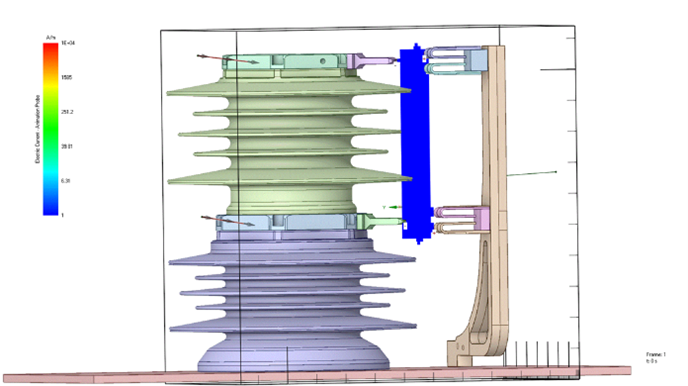
Switchgear Pre-Compliance Simulations
How to use simulation to ensure switchgear functions to standards such as IEC 61439, incorporating effects such as: short circuit withstand strength, degree of protection of enclosures (arc fault), temperature rise, clearances and creepage distances, Dielectric properties of insulation, electromagnetic compatibility EMC.

Preventing Electronics Failure due to Electrostatic Discharge (ESD)
This blog offers a detailed overview of the workflow to conduct virtual testing of Electrostatic Discharge using Ansys EMA3D – as early as possible in your design cycle once your PCB design is available – helping to reduce expensive recalls and warranty issues due to ESD failures in sensitive electronics.
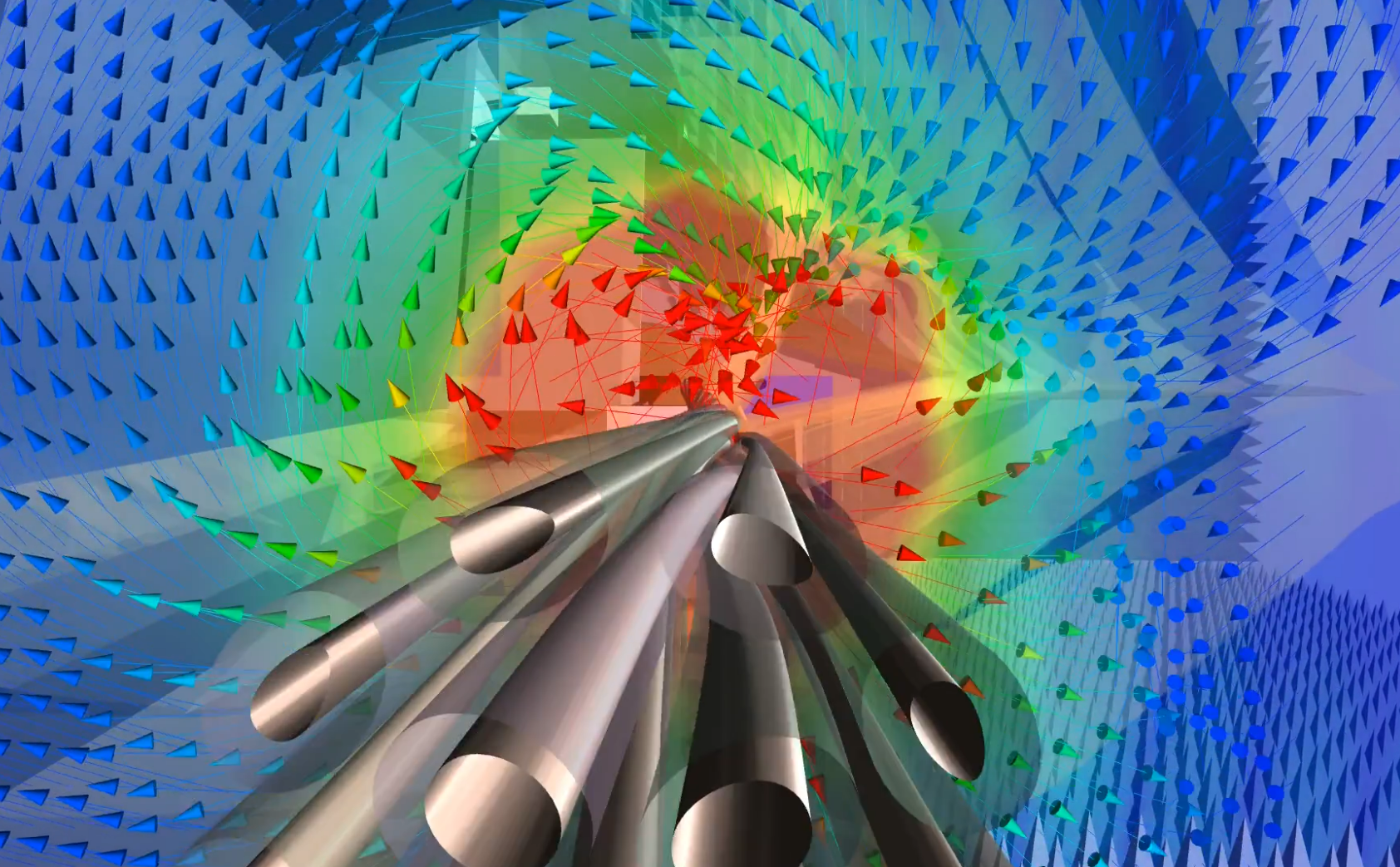
New opportunities for EMC simulation of large platforms with Ansys EMA3D
Learn about Ansys EMA3D to account for cables and cable assemblies when accurately simulating EMI/EMC effects on larger platforms, such as aircraft and full vehicles.
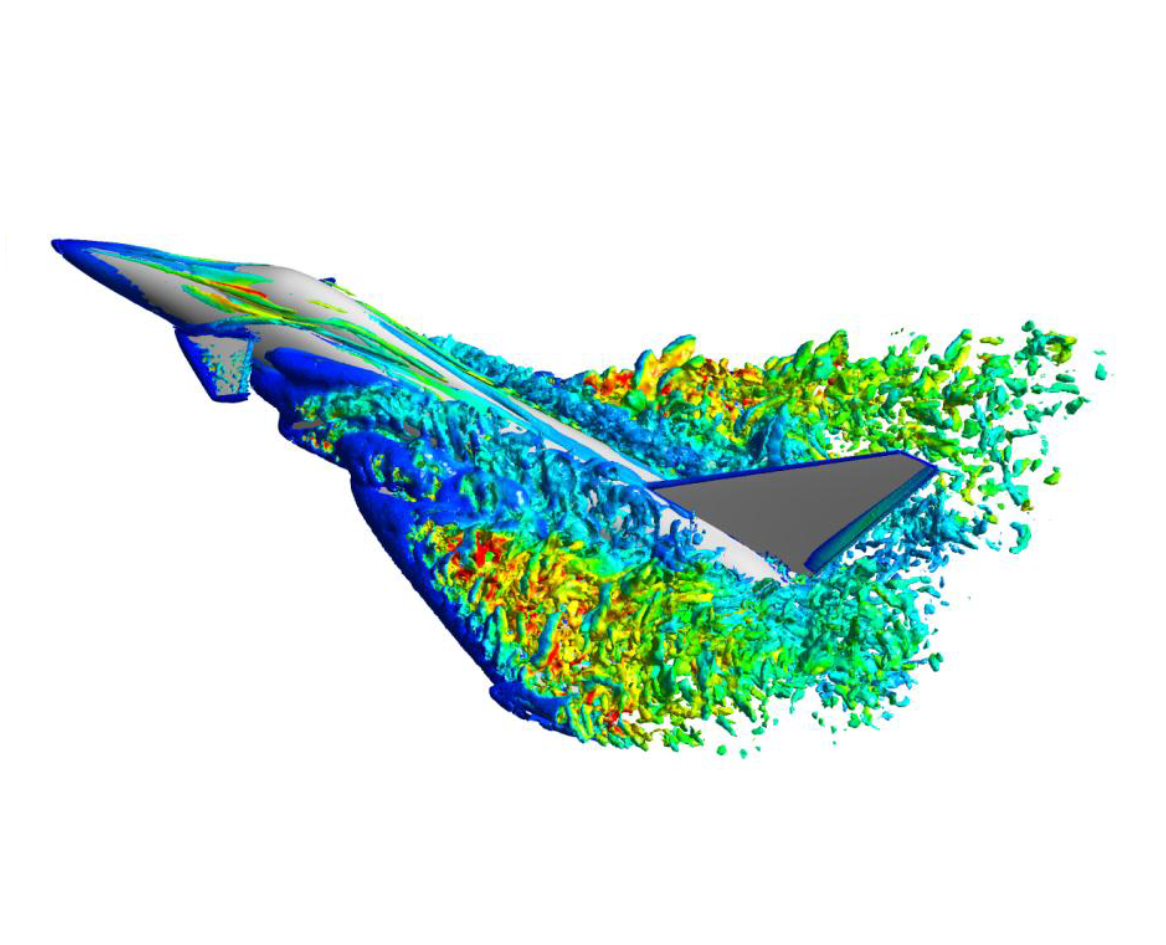
Guest Blog by Prof. David Fletcher: Importance of following Best Practices for Scale Resolving Turbulence Modelling
Guest Blog explaining the significance of the new Stress-Blended Eddy Simulation (SBES) turbulence approach which makes use of the best available models for both near-wall and far field accuracy, within one single scale-resolving CFD simulation, including a recording of highlights from our recent webinar.
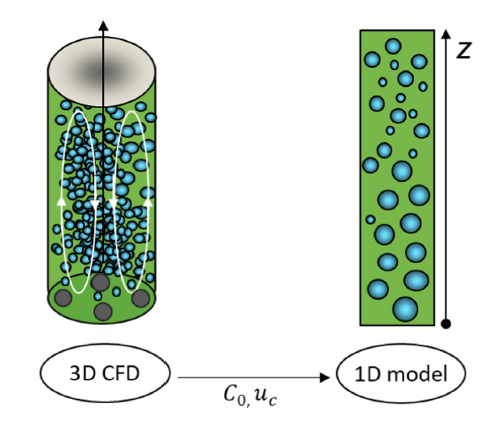
CFD Modelling of Biological methanation in bubble column reactors
Read how the advanced multiphase capabilities of Ansys Fluent (combining hydrodynamics with mass transfer and chemical reaction) are being used to model 3D bioreactors and used as inputs to validate simpler 1D models suitable for process design and optimisation using simpler, computationally faster models.
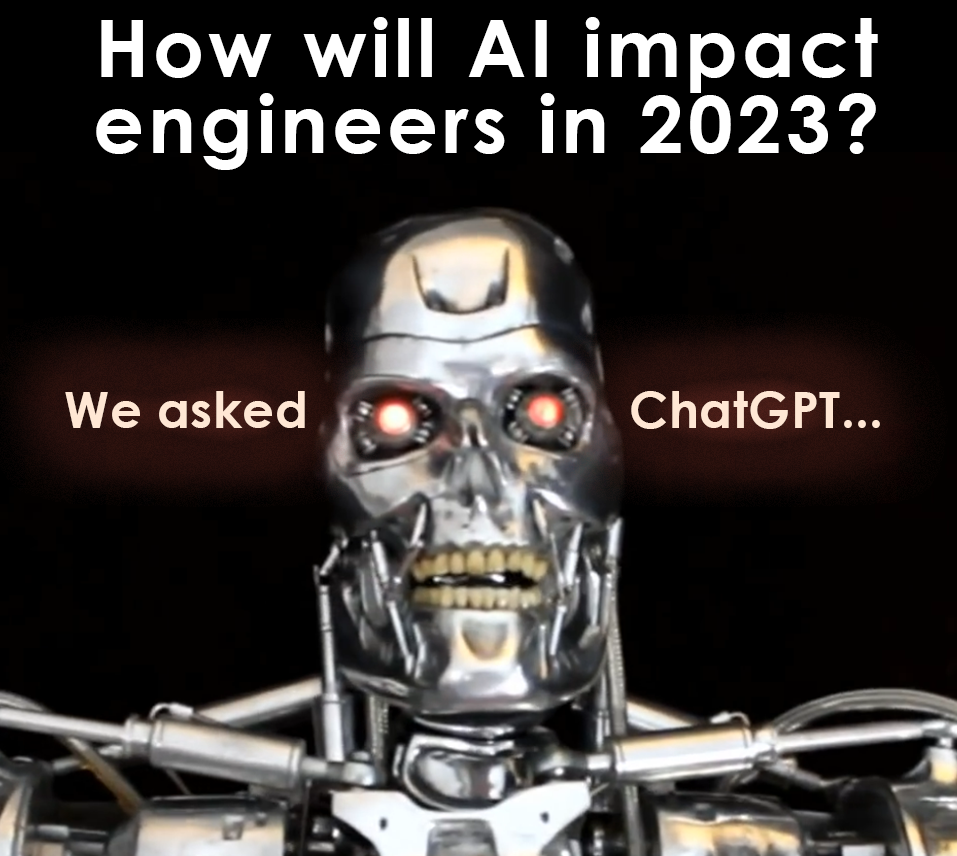
How will AI impact the role of engineers in 2023 and beyond? We asked OpenAI’s ChatGPT!
The internet is abuzz with excitement about ChatGPT, the new AI chatbot that allows you to interact with one of the world’s largest and most powerful AI models. Recent media coverage has ranged across the spectrum from hype to nope, but at LEAP we wanted to investigate further so we decided to go straight to the source – so we posed a series of questions directly to ChatGPT!
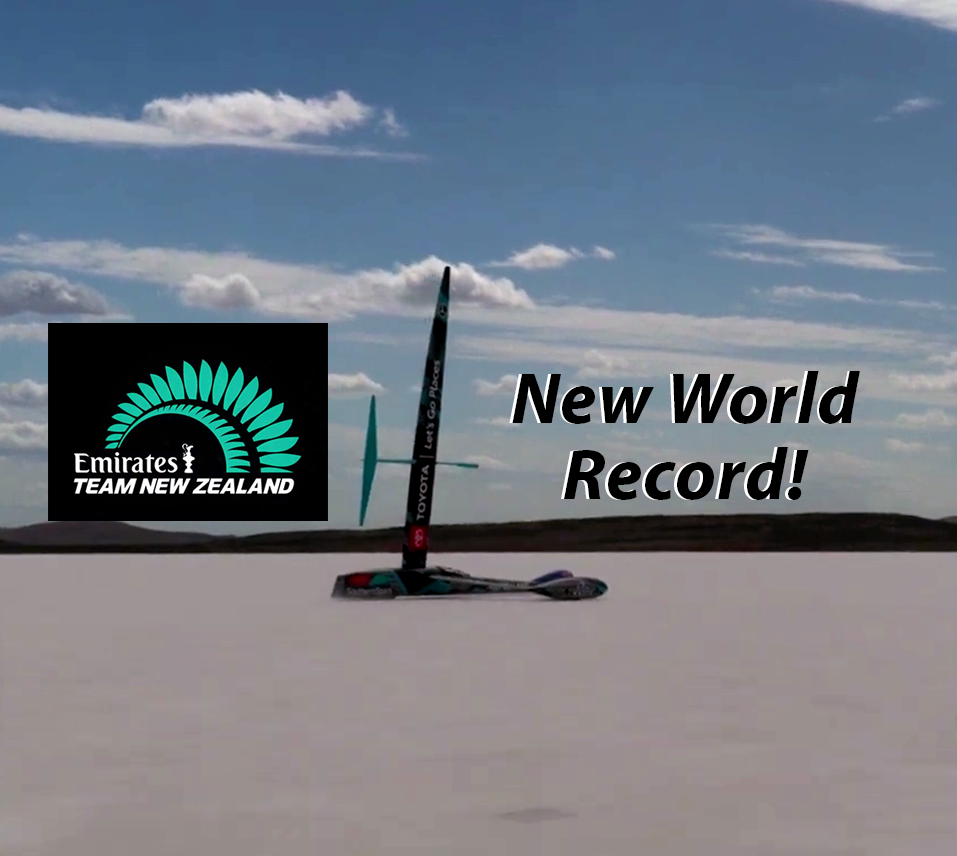
Behind the scenes of how Emirates Team New Zealand sailed to new wind-powered land speed record
The engineering behind the scenes of Horonuku – the successful attempt by ETNZ to break the wind-powered land speed record, drawing upon experience from engineers across ETNZ whose careers have focused on the complex physics of aerodynamics, dynamics, structural mechanics and composite materials.
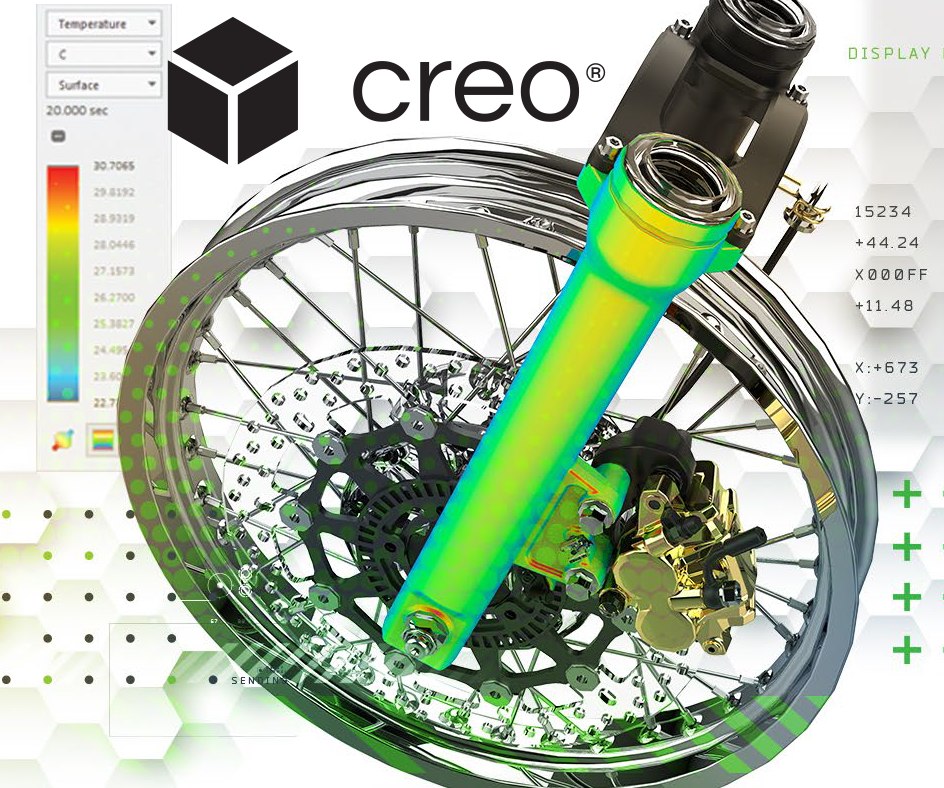
Boost Innovation with Creo Simulation
The final installment of the Innovate with Creo series covers the latest in Creo’s simulation capabilities including a demonstration of Creo Simulation Live, which provides instantaneous simulation capabilities to study the structural stresses, fluid dynamics and heat transfer effects for your model inside Creo.

Q&A with Dr. Ben Simpson, NTU – Quantifying the benefits of Augmented Reality in engineering education
A conversation with Dr. Ben Simpson who is running a study to quantify the pedagogical benefits of incorporating AR into the engineering curriculum, starting with a range of year 1 teaching laboratories in mechanical engineering at NTU.
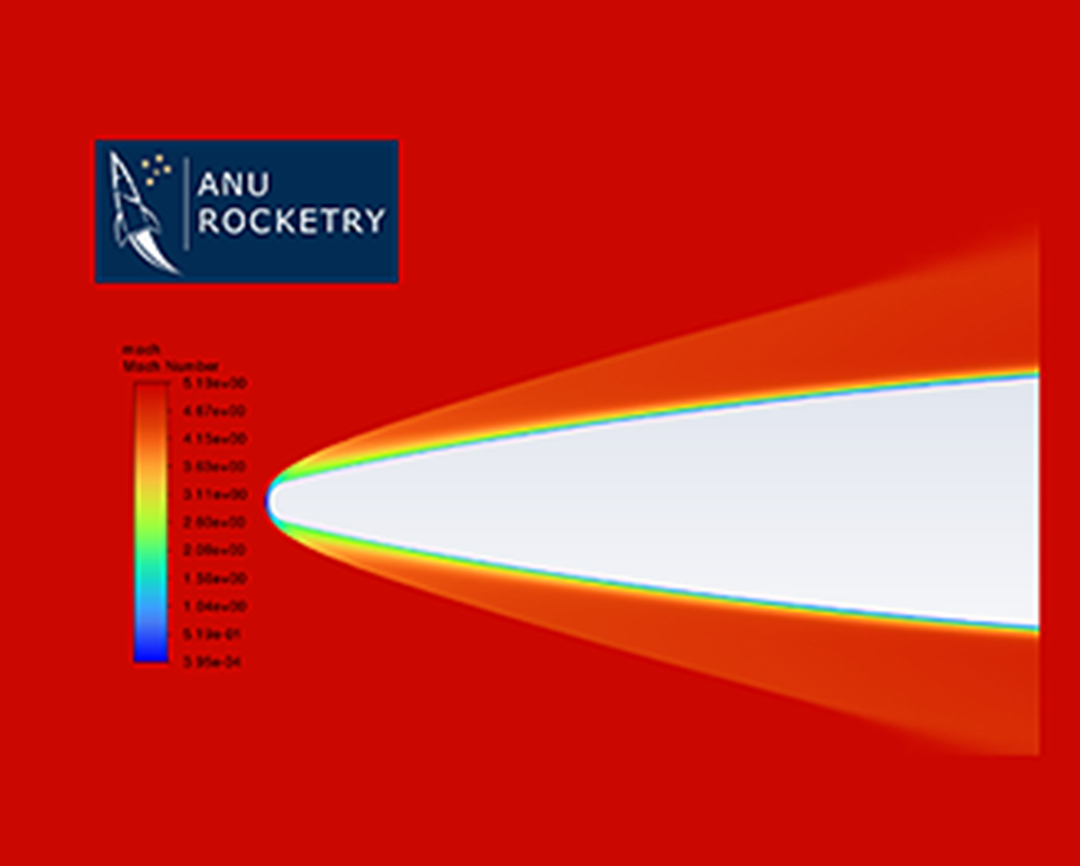
Guest Blog by ANU Rocketry: Democratisation of Space starts with university student teams
Founded in 2018 to participate in the Australian Universities Rocket Competition (AURC), students from the Australian National University’s (ANU) Rocketry team are striving to develop a rocket capable of passing the boundary of outer space and being safely recovered by parachute upon re-entry. This lofty goal has led the team to move away from commercially available solid-fuel propelled rockets to develop their own in-house designed bipropellant liquid-fuel engine, with the help of Ansys aerothermal analysis to predict the heat flux at the space rocket’s leading edges during its hypersonic ascent phase.
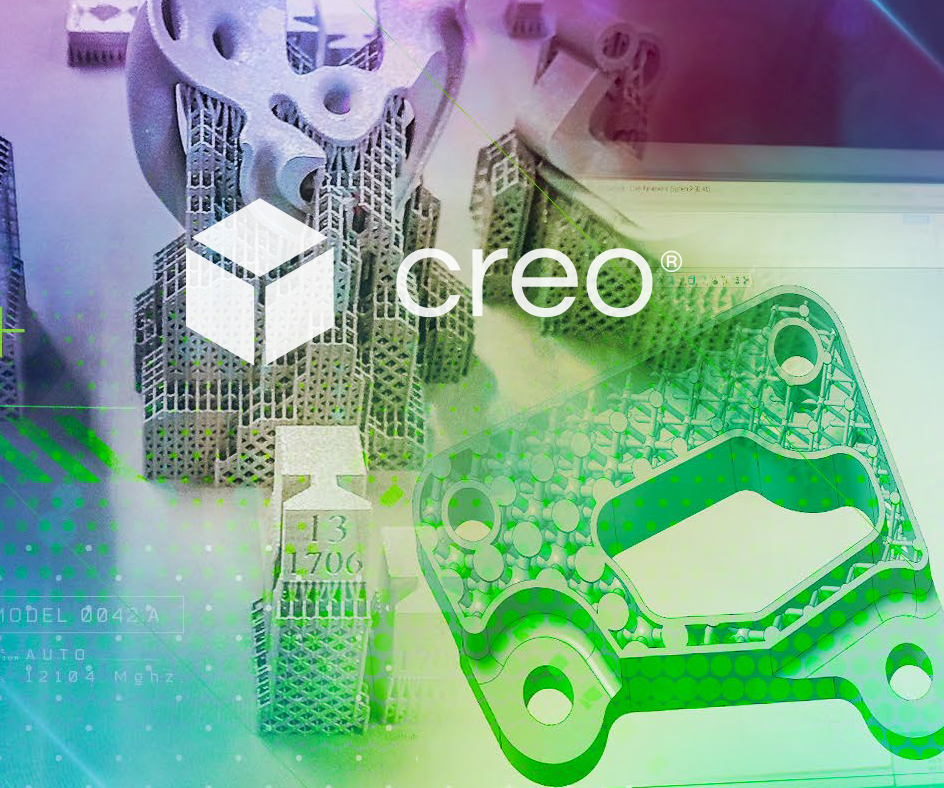
Boost innovation with Creo for Modern Manufacturing
This article recaps a recent LEAP webinar that provides an overview of the powerful manufacturing tools available within Creo and demonstrates them in action – with specific tools related to both additive manufacturing and subtractive manufacturing such as CNC machining.
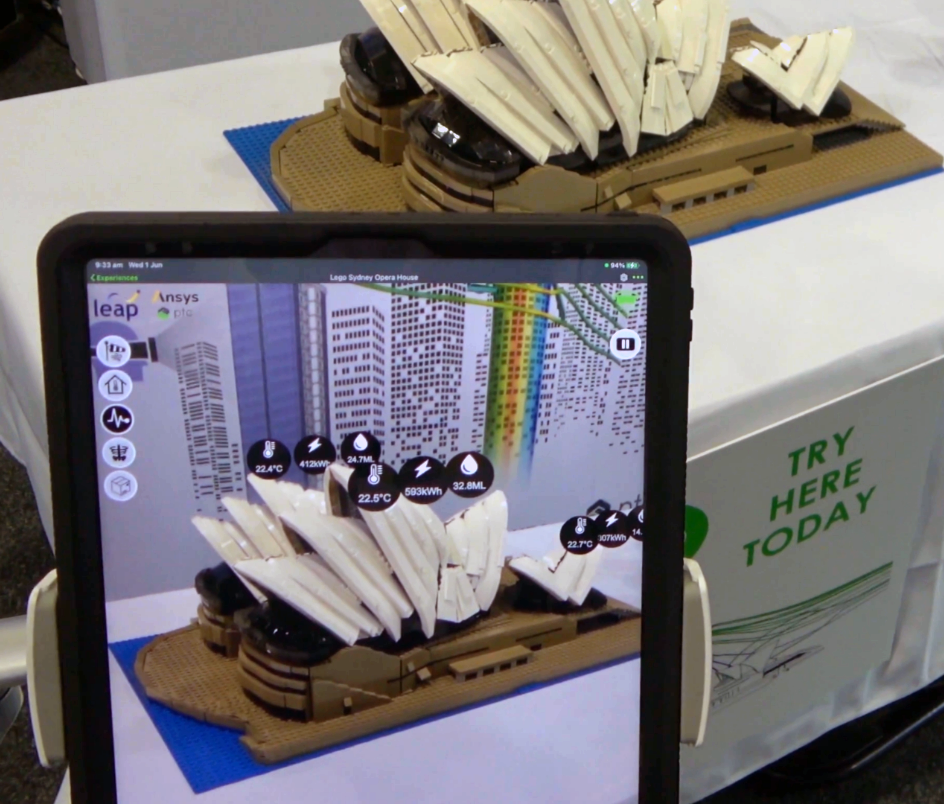
Behind the scenes look – How we created an AR experience for a Sydney Icon
A How-To guide to creating an impressive Augmented Reality experience on our LEGO Opera House using Vuforia Studio. Our expert team shares what we needed to make this happen, and how we created the digital overlays and user interface and leveraged Vuforia’s superior tracking to help the AR lock on to the physical model.
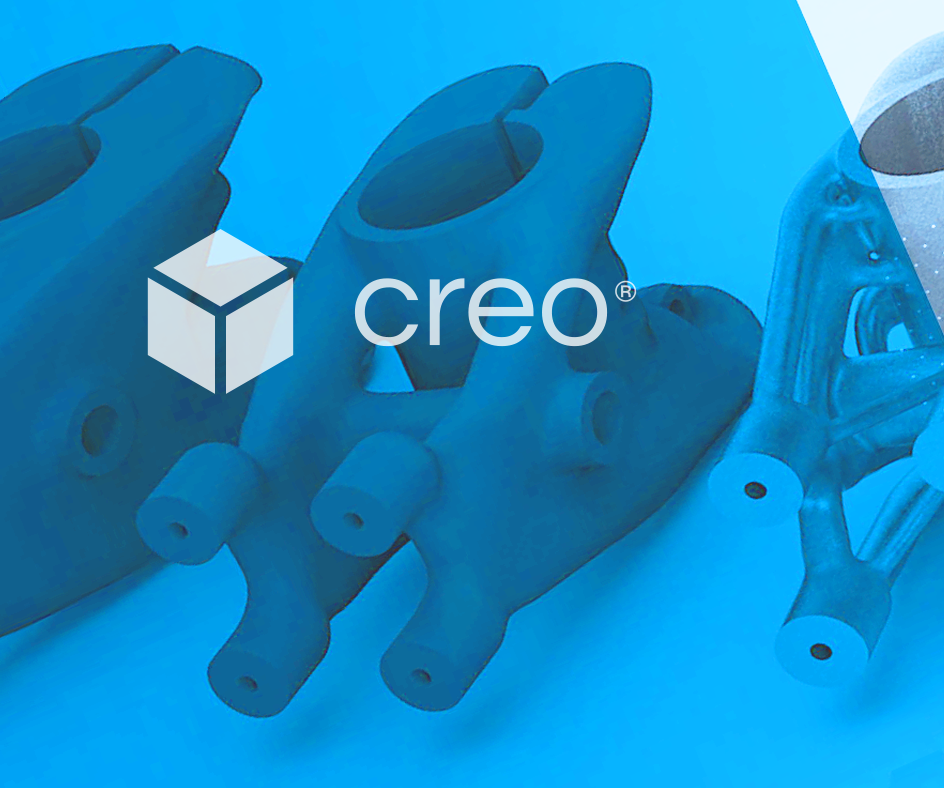
Boost innovation with Creo Generative Design
In this, the first installment of our Innovate with Creo series, we take a look at the generative design tools within Creo, demonstrate them in action and explain how they can radically improve your designs.
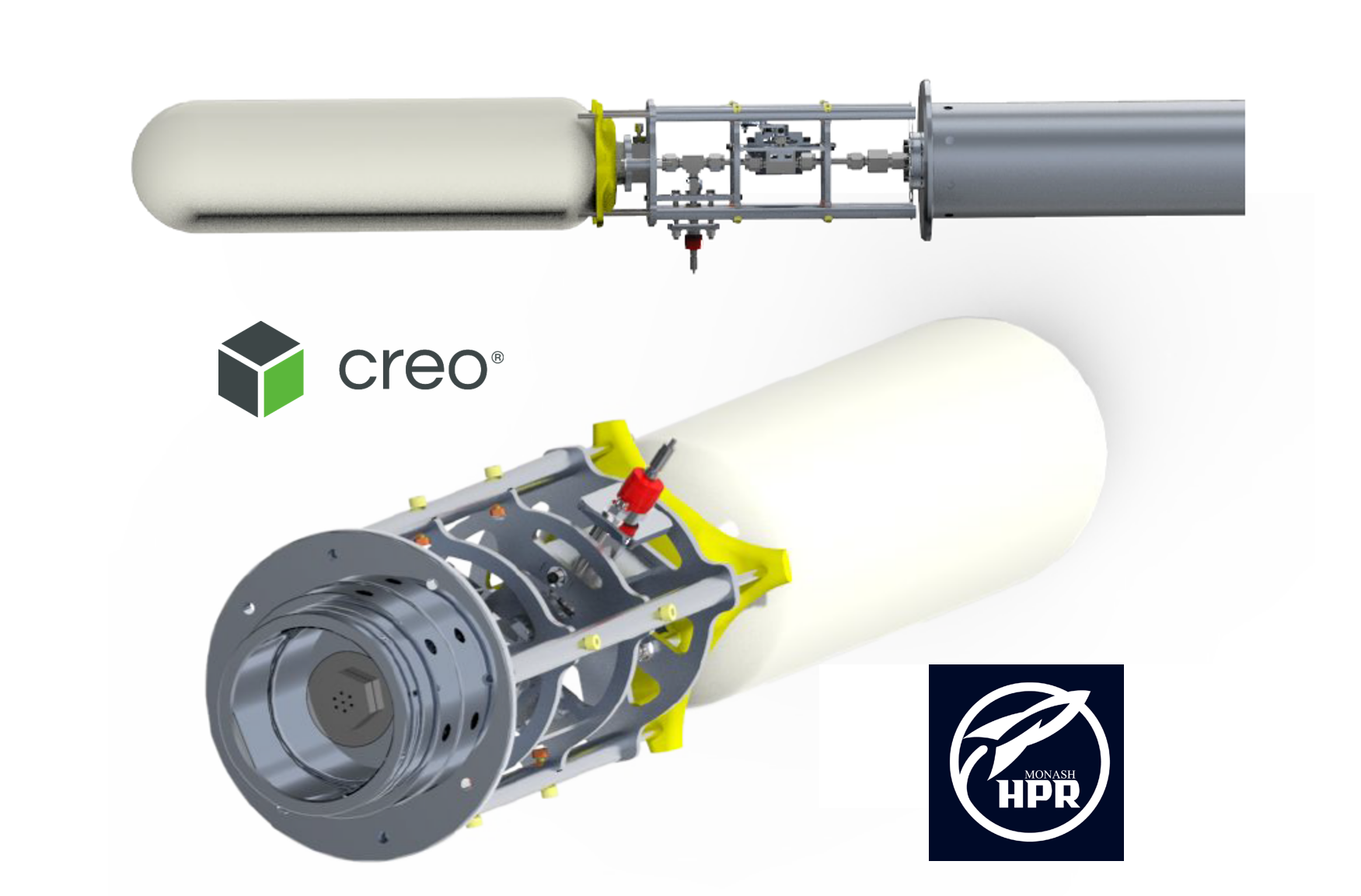
Guest Blog by Monash HPR: Design and construction of high-powered rockets with Creo and Windchill
Joe Zadnik from Monash High Powered Rocketry (HPR) explains how Creo & Windchill have been a pivotal part of the team’s recent product development phases and also discusses their recent success at the 2022 Spaceport America Cup.
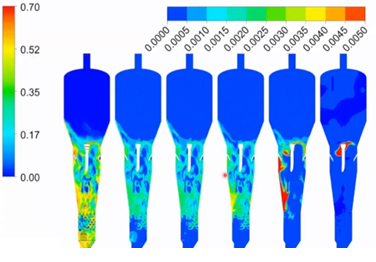
Guest Blog by CSIRO: Multiphase CFD in Minerals & Metal Processing
Multiphase flows form the basis of many important processes in the mineral processing, metal production, energy and chemical process industries. This guest blog from CSIRO describes how CFD modelling can be used to better understand these industrial processes, improve performance and develop new novel processes. Examples given include gas-liquid, gas-solid and gas-liquid-solid flows.

Congratulations Team Hydron – 2022 F1 in Schools World Champions!
Guest blog by Team Hydron – read how Australia’s leading F1 in Schools team used Ansys and KeyShot software suites to elevate their engineering & design process and develop a vehicle that would win the Best Engineered and Fastest Car awards at the 2022 World Finals.

Creo 9 Release Highlights
Highlights from LEAP’s Creo 9 launch, including our recent webinar that was held for customers unable to join us at the live events. The webinar recording includes key highlights of new features and enhancements in Creo 9 along with a live demonstration.
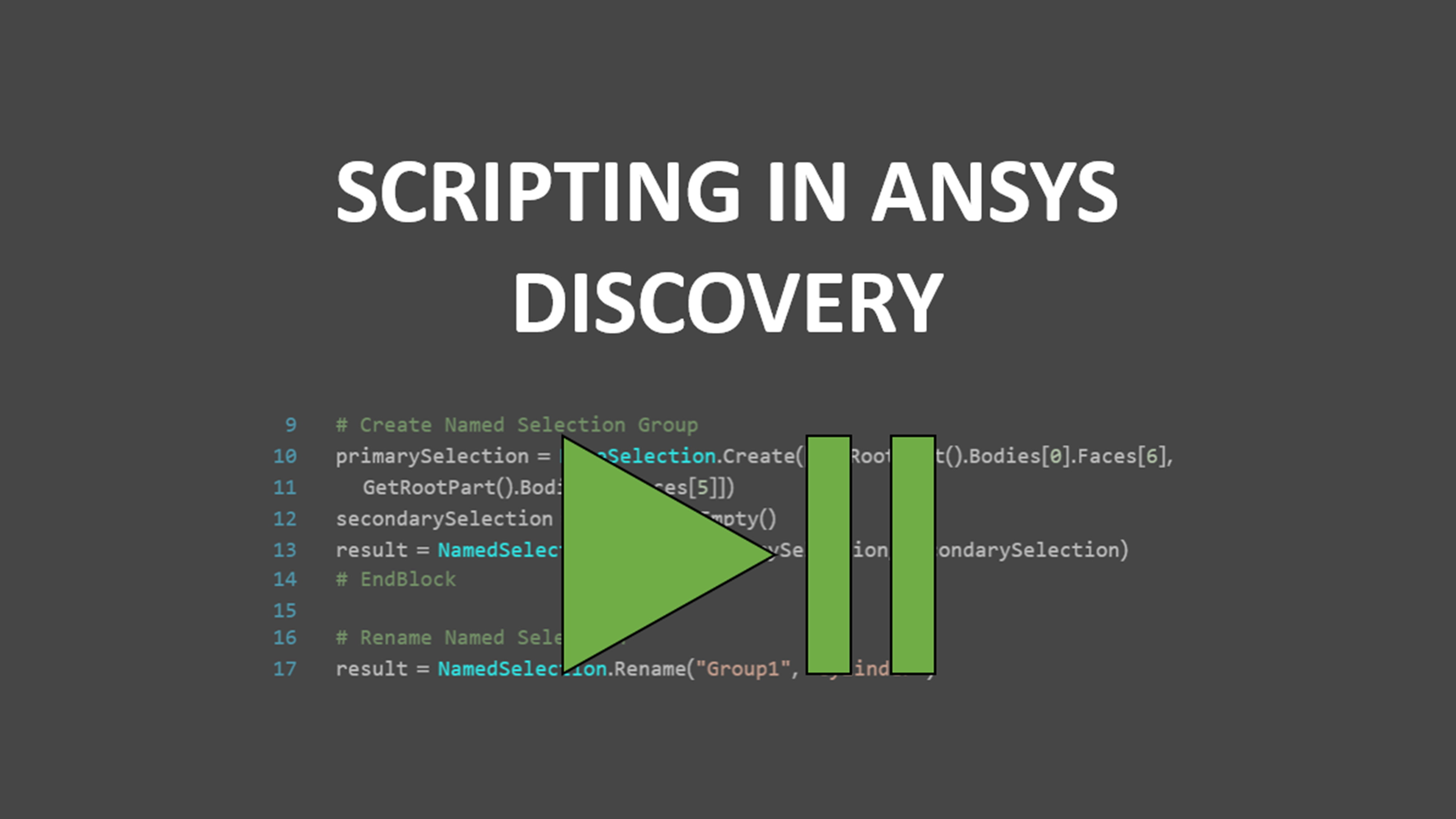
Scripting in Ansys Discovery: Automating repetitive tasks and complex workflows
Learn from our video series on how to use scripting in Ansys Discovery to automate repetitive tasks and complex workflows across a broad range of applications. These videos aim to help Ansys Discovery users to learn the scripting interface, work through some useful examples and adapt scripting methods to their own needs.
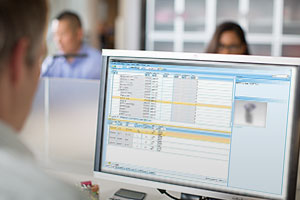
An Introduction to Requirements Management with PTC Windchill RV&S
See how PTC Windchill RV&S is used to manage the requirements of multi-disciplinary systems with a modern web interface and client application designed for multiuser collaboration and end-to-end traceability.

Risk and Reliability Management with PTC Windchill
Highlights from LEAP’s recent webinar on Windchill’s Risk & Reliability suite – the industry strandard software for analysing product performance, reliability, and safety data as well as maintaining best practices within a collaborative industry environment.
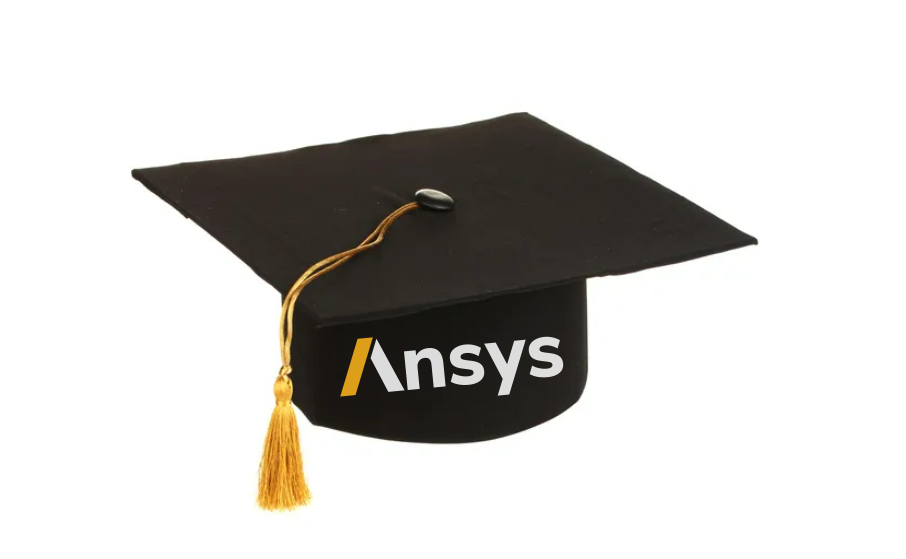
What’s new in Ansys for universities and academic researchers?
Highlights from a recent webinar by LEAP’s expert simulation team covering the most significant updates in Ansys for educators and academic researchers in ANZ – with a focus on Structures, Fluids and Electromagnetics across the last 2-3 years.
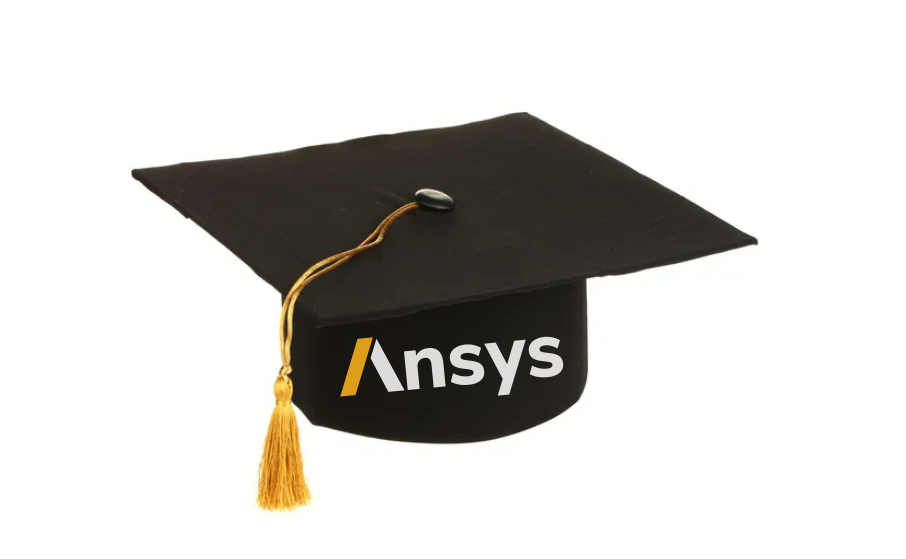
What’s new in Ansys for universities and academic researchers?
Highlights from a recent webinar by LEAP’s expert simulation team covering the most significant updates in Ansys for educators and academic researchers in ANZ – with a focus on Fluids, Structures and Electromagnetics across the last 2-3 years.
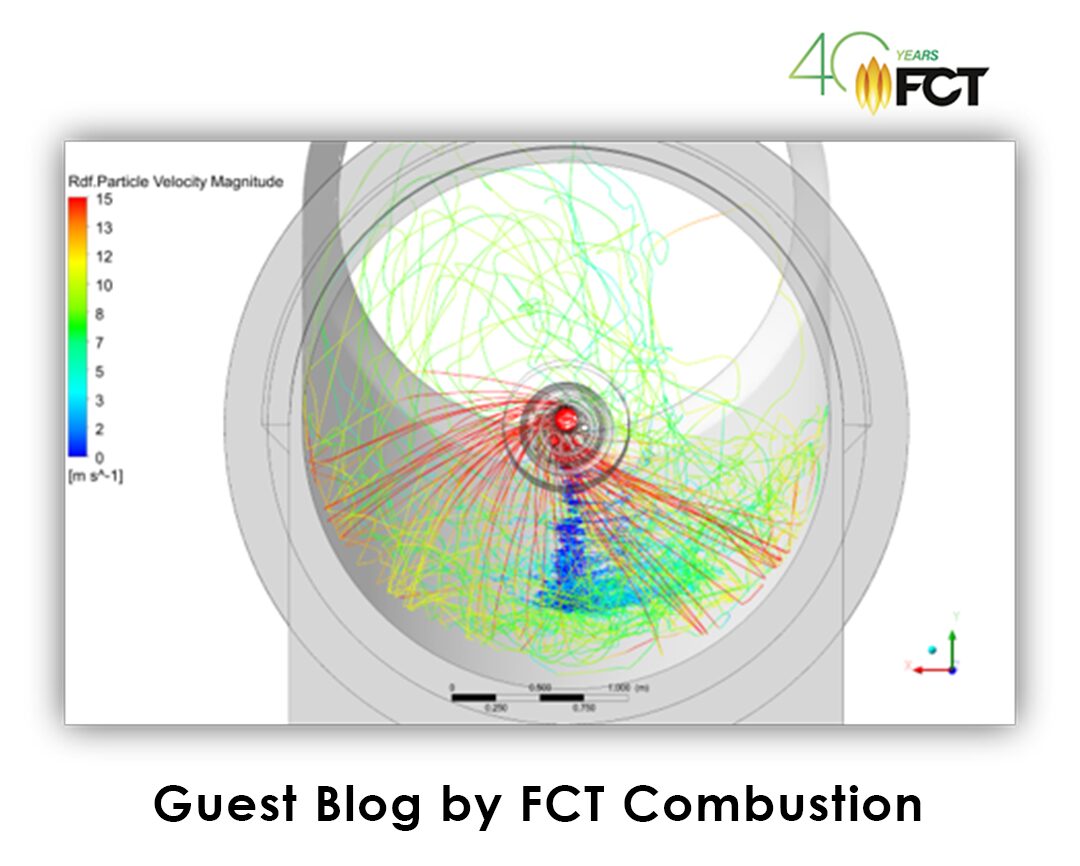
Guest blog by FCT Combustion: How CFD helps develop tailored burner designs for Alternative Fuels
Guest Blog highlighting the use of CFD on a real-world burner optimisation project that allowed FCT’s client to increase their use of alternative fuels while solving an issue of costly shutdowns due to kiln build-up. CFD also enabled implementation of a new burner design that improves clinker quality and production.

Heat Exchange CFD Calculations at Conflux Technology
This blog provides highlights from Conflux’s presentation on their CFD heat exchange calculations at the 2021 Australasian Ansys Fluids user group. Learn how a mix of design engineers, simulation experts and additive manufacturing specialists are creating cutting-edge heat transfer solutions with the aim of revolutionising the heat exchange technologies used across many industries.

Reliability Physics Analysis Tools for Implementing MIL-810G STANDARD
In the final part of our series on using Electronics Reliability simulation tools to meet important industry standards, read how to apply Reliability Physics Analysis (RPA) in Ansys Sherlock to meet the MIL-STD-810G standard relating to environmental and lab tests approved for use by the US Department of Defence.
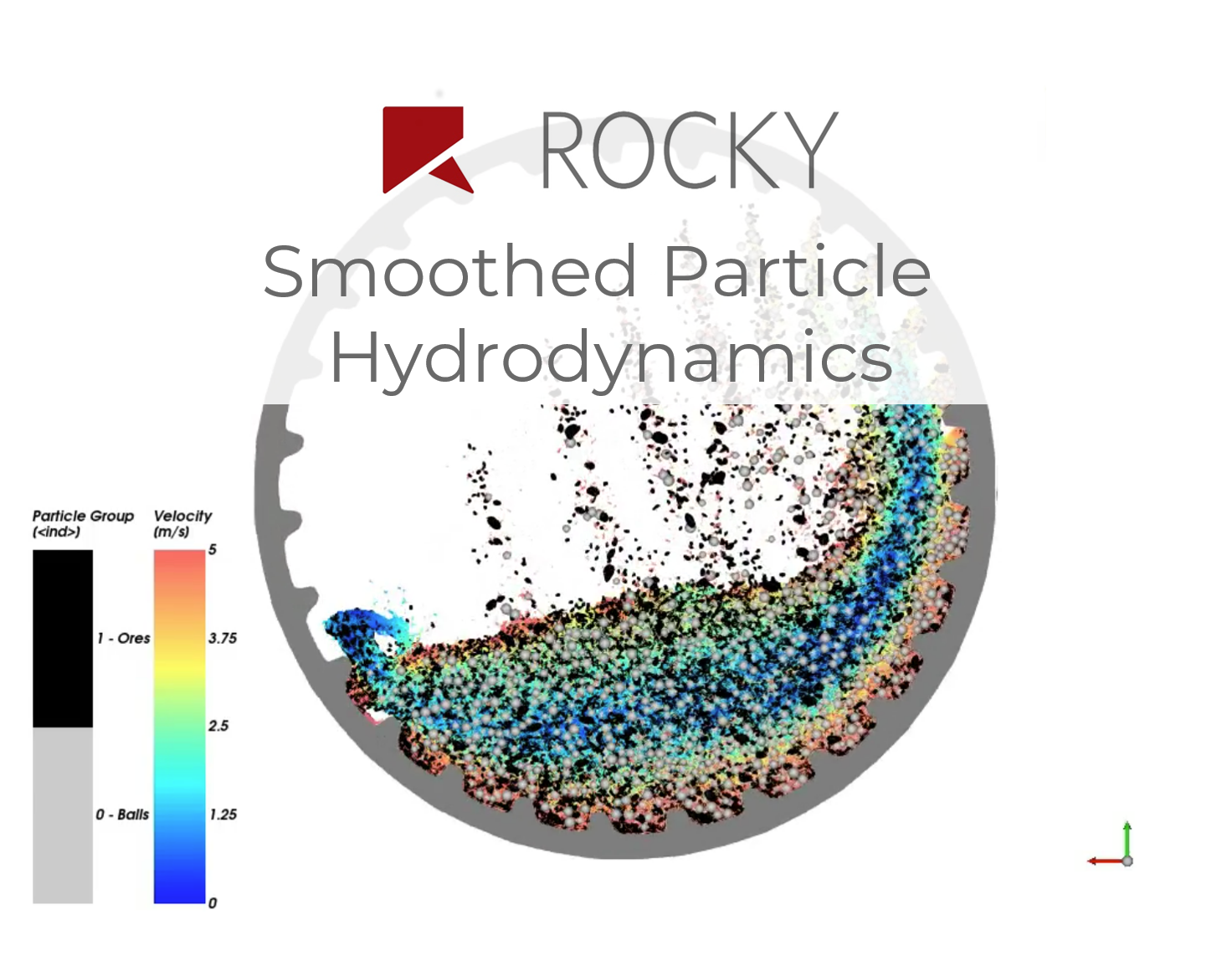
Integration of Smoothed Particle Hydrodynamics (SPH) expands simulation possibilities in Rocky DEM
Learn how Rocky 2022R1 now offers an integrated Smoothed Particle Hydrodynamics (SPH) method to help simulate the interaction of solid particles with fluids with high viscosity, high deformation and/or complex free surfaces.
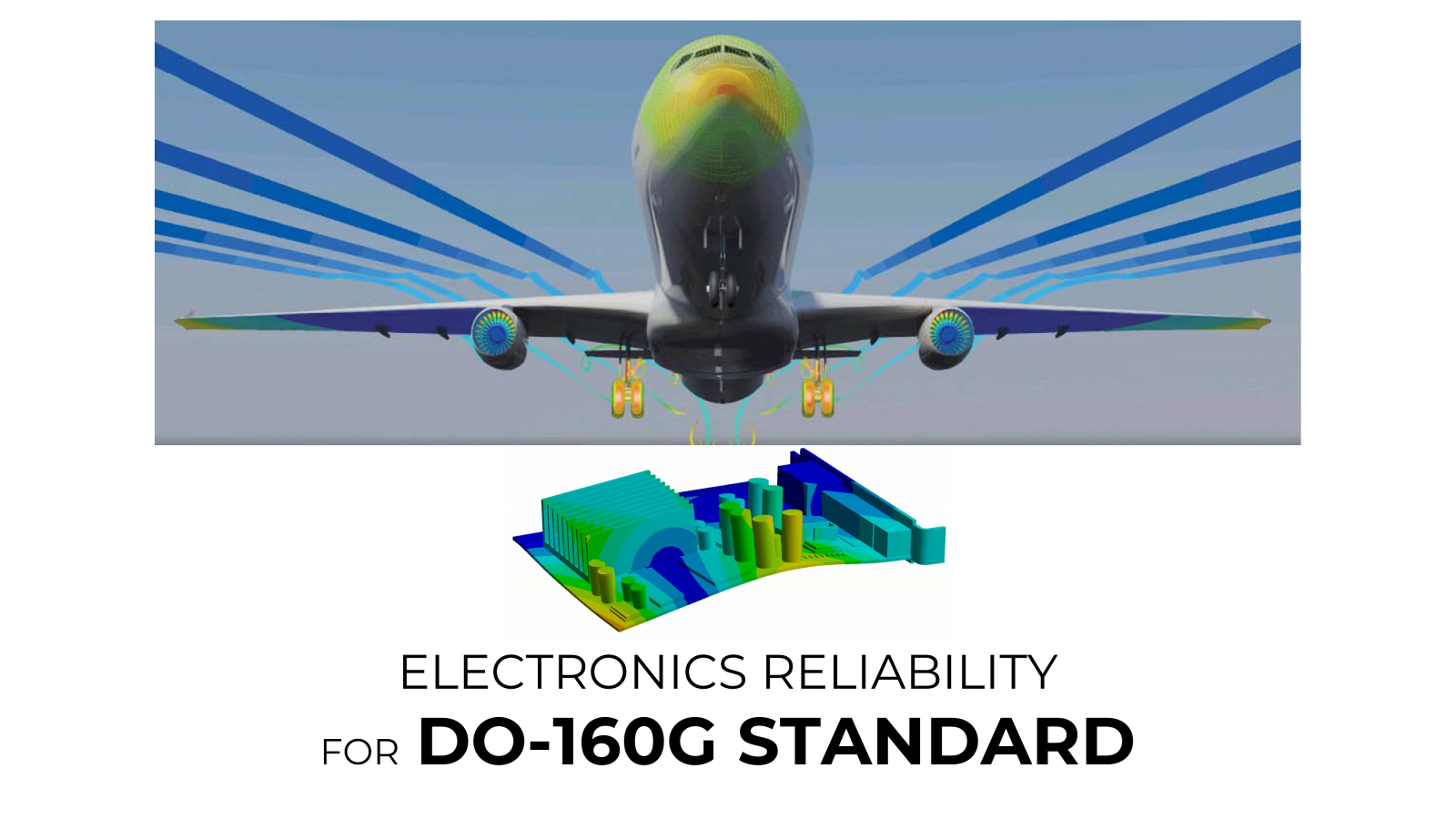
Reliability Physics Analysis Tools for Implementing DO-160G STANDARD
Read how to apply Reliability Physics Analysis (RPA) in Ansys Sherlock to the DO-160G standard which covers “Environmental Conditions and Test Procedures for Airborne Equipment” in the aerospace industry. PCBs installed in any airborne vehicles can be simulated in Ansys Sherlock to assess the vibrational and solder fatigue analysis in order to predict the life cycle/ Time-to-failure (TTF) of key components and the board itself.
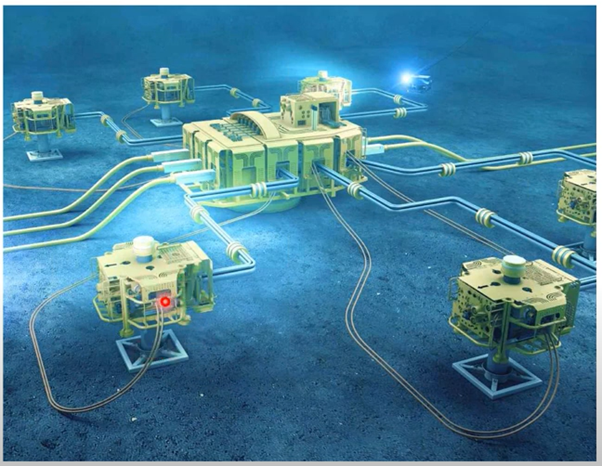
Guest Blog by Wood Australia: Transient CFD analysis of cooldown of Subsea Christmas Tree
Guest Blog by Wood Australia. Edward Yap, CFD Consultant and Deepak Jagannatha, Lead CFD Consultant, recently presented this in-depth look at their analysis of a Subsea Christmas Tree, commonly used in the Oil and Gas industry, as part of LEAP’s Ansys CFD Virtual User Group meeting.

Material Calibration Wizard in Rocky 2022 R1
Calibration is a crucial step in DEM to ensure that the virtual materials accurately represent real particles. Further, every bulk material is unique and unlike
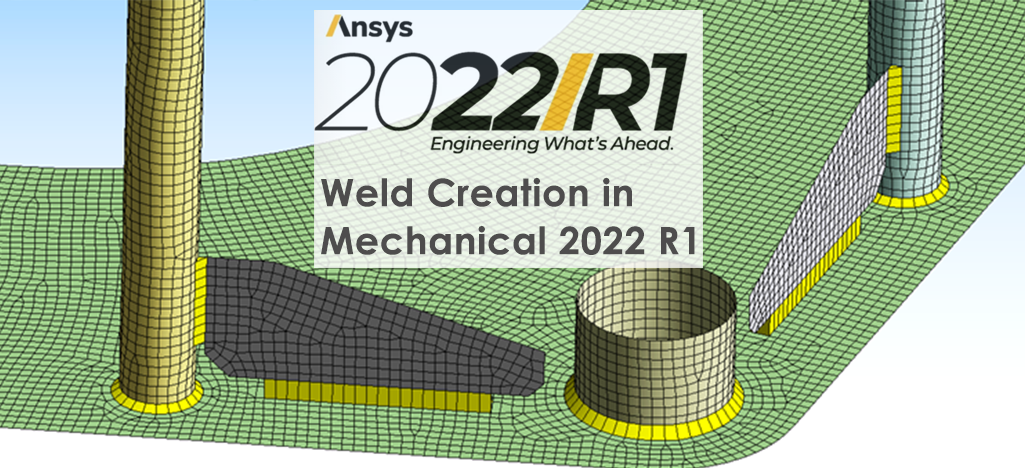
Weld Creation in Ansys Mechanical 2022 R1
Welding is a commonly used method that plays a crucial role in the safety, structural integrity, and durability of many fabricated structures. Learn about the significant new features in Ansys Mechanical 2022 R1 which greatly aide the preparation of FEA models involving welded structures and will save you many days of model preparation time.
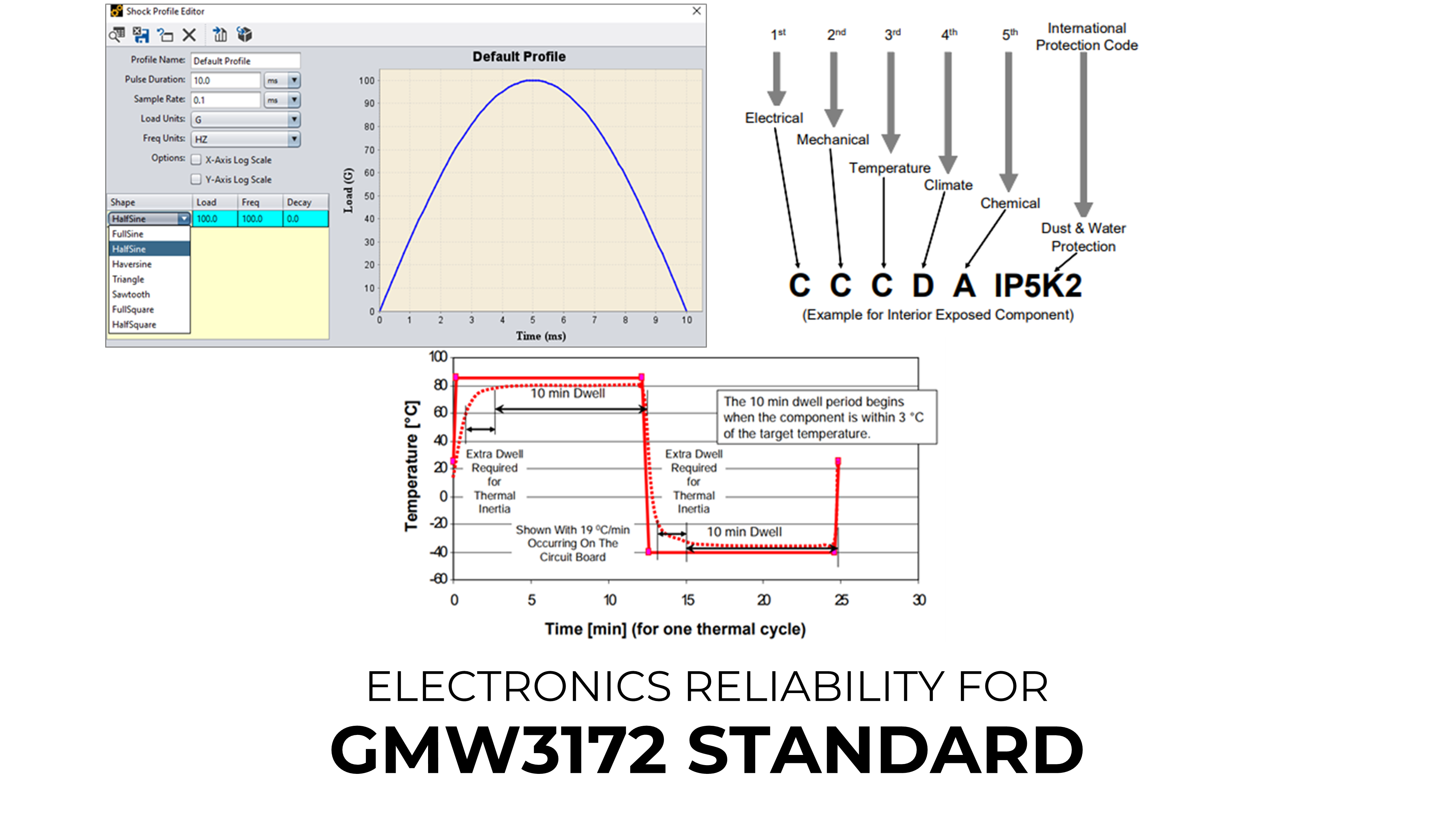
Reliability Physics Analysis Tools for Implementing GMW3172 STANDARD
Read how to apply Reliability Physics Analysis (RPA) in Ansys Sherlock to the GMW3172 Standard for “General Specification for Electrical/Electronic Components – Environmental/Durability”, part of engineering standards by General Motors which applies to electrical components for passenger/commercial vehicles & trucks.
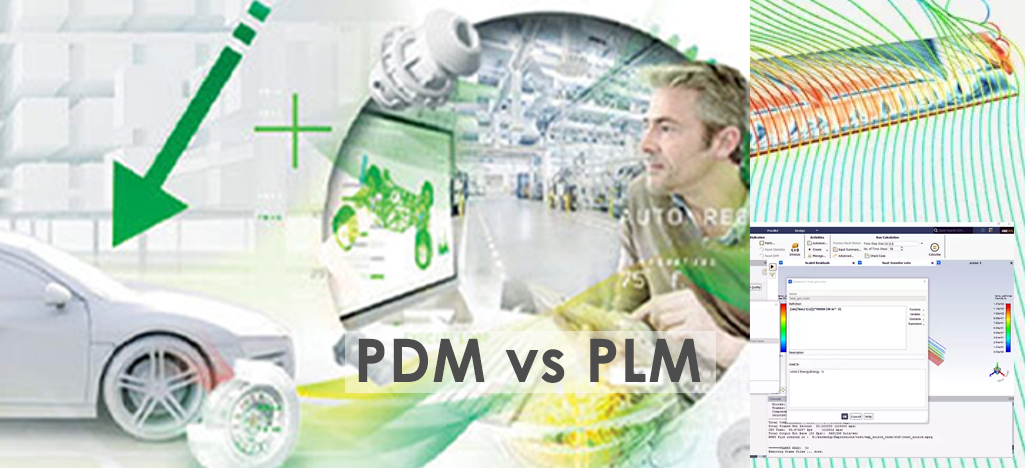
Understanding Key Differences in PDM vs PLM
Product Data Management (PDM) and Product Lifecycle Management (PLM) are terms that are sometimes used interchangeably, but there are actually significant differences between them – in reality PDM is too narrow to describe the full breadth of capabilities that a true PLM system offers. LEAP’s recent webinar on this topic is summarised here to clear up any misconceptions about PDM and PLM for manufacturing organisations.
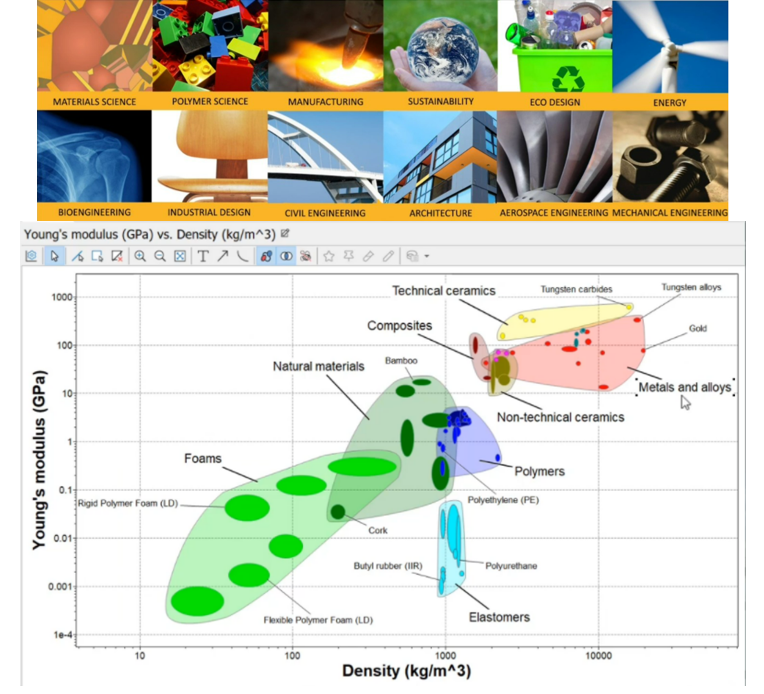
Enhancing Materials Science education at the University of Auckland
The University of Auckland has been teaching materials science & engineering with Granta Edupack since 2015 as part of a commitment to use the latest technology to enhance their Materials Science education.
Read this recent interview with Dr. Josh Workman who used Granta EduPack as a Lecturer in Materials Engineering.

Reliability Physics Analysis Tools for Implementing SAE J3168 STANDARD
Read how to apply Reliability Physics Analysis (RPA) in Ansys Sherlock to the SAE J3168 standard, covering Electrical, Electronic, Electromechanical Equipment, Modules and Components. This standard was jointly developed by the SAE Automotive Electronic Systems Reliability Standards Committee and SAE Avionics Process Management Committee, and is the first reliability physics analysis (RPA) standard developed specifically for use in the Aerospace, Automotive, Defence and other High-Performance (AADHP) industries.

Easy Access to PLM information with ThingWorx Navigate
LEAP recently ran a webinar entitled Easy access to PLM information with ThingWorx Navigate which looked at how engineering teams can extend the capabilities of
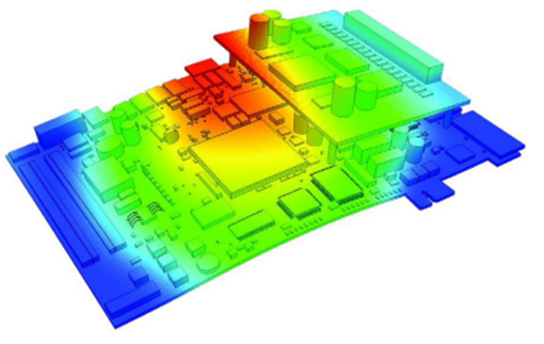
Part 1: Using Simulation of Electronics Reliability to address industry standards (SAE J3168, MIL-810G, GMW3172 and/or DO-160G)
It is increasingly important for product designers to consider electronics durability and PCB reliability across the product’s entire service life – accounting for all external influences that it will experience during production, shipping, and the environment during its operation. Here we look at how simulation is used to satisfy the requirements dictated by common industry standards.
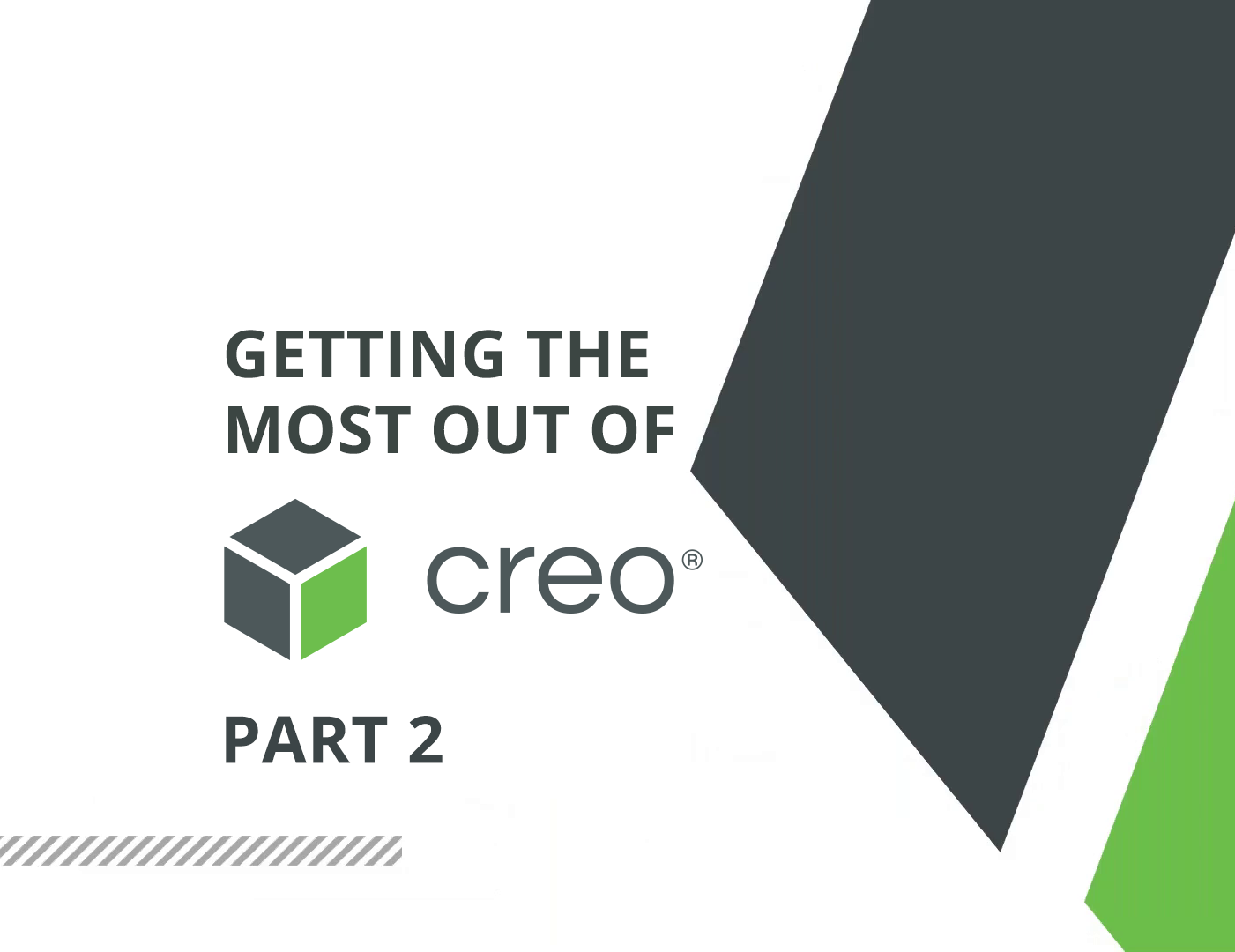
Getting the most out of Creo (Part 2)
Part 2 – How can Creo users increase the value of their CAD models by using more advanced functionality – recordings are here on-demand and cover the use of Augmented Reality for design reviews, creation of high-quality technical illustrations and service documentation, plus generating engaging customer marketing collateral directly from your CAD model.
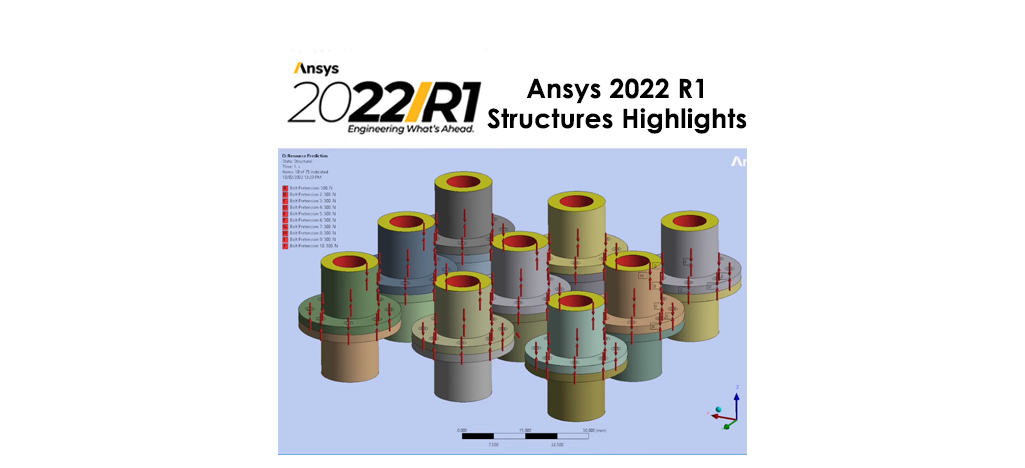
LEAP’s Highlights from Ansys 2022 R1 release – Structures
Learn more about improvements in performance, usability, speed and model physics in Ansys 2022 R1 for Structures. Here we look at general FEA highlights and new features of broad interest to our customers plus a 2nd video exploring the new capabilities of the Ansys Noise, Vibration and Harshness (NVH) Toolkit.
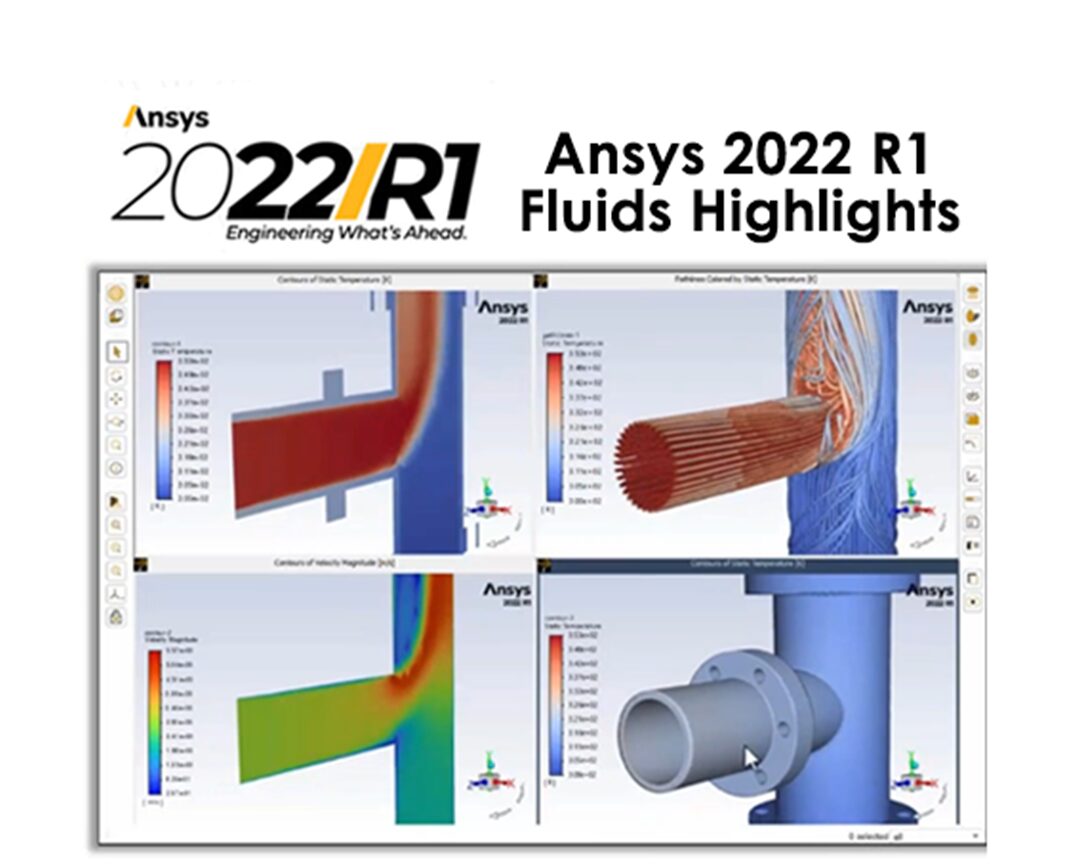
Ansys 2022 R1 Fluids Update
Ansys 2022 R1 is now available – watch our recent update session with Prof. David Fletcher who discussed the new features of greatest interest to our customer base, including improvements in performance, usability, speed and model physics.
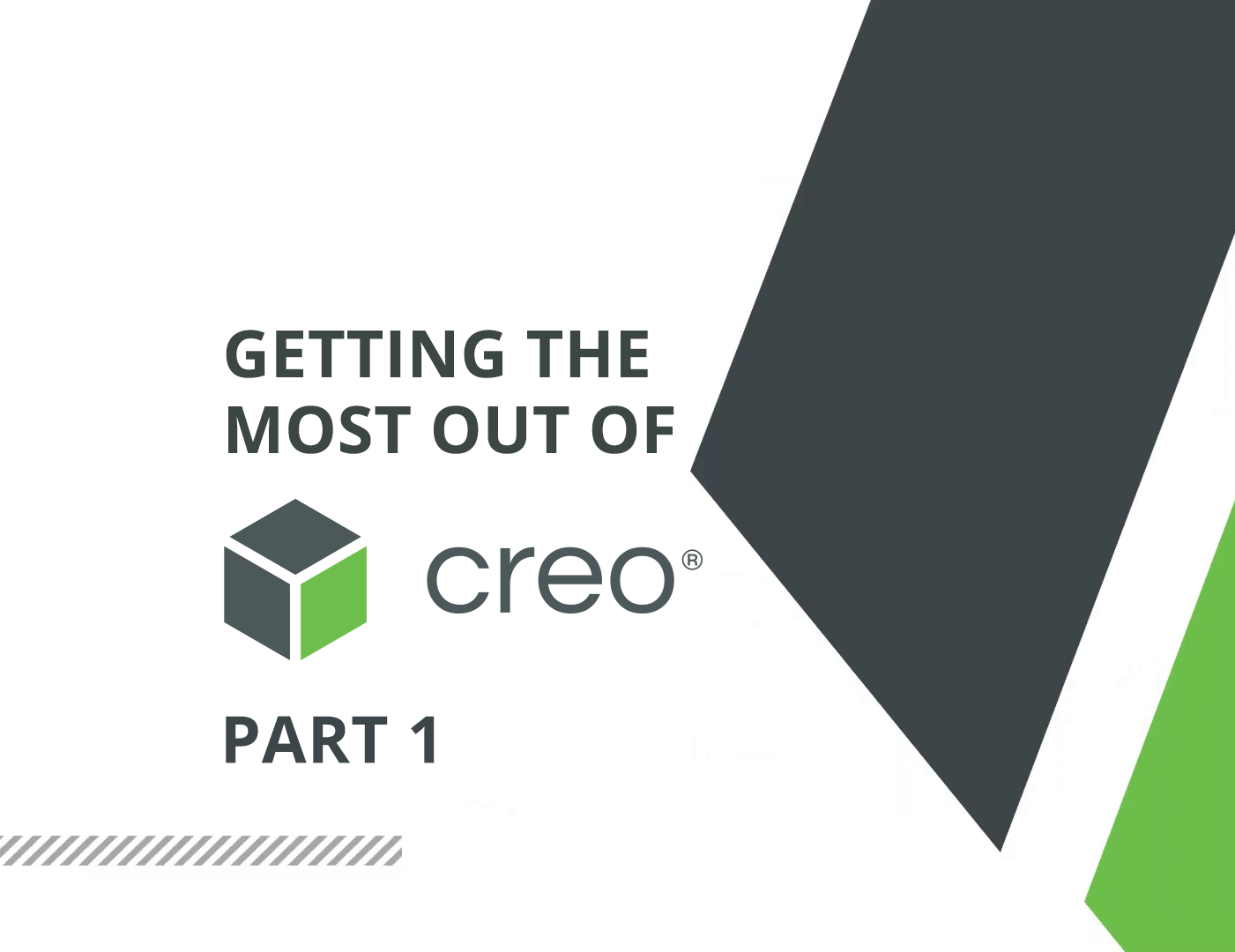
Getting the most out of Creo (Part 1)
How can Creo users increase the value of their CAD models by using more advanced functionality – Part 1 recordings now available on-demand and covering the best-practice use of Simulation / Design Validation, Mould Design & Analysis, and optimising for Modern Manufacturing techniques.
